
I have been experimenting with ”Taavi Tunturipöllö” (the Snowy Owl toy that Santa brought me) by using a low-powered flash to create more illumination into nature photos taken during the dark winter’s days.
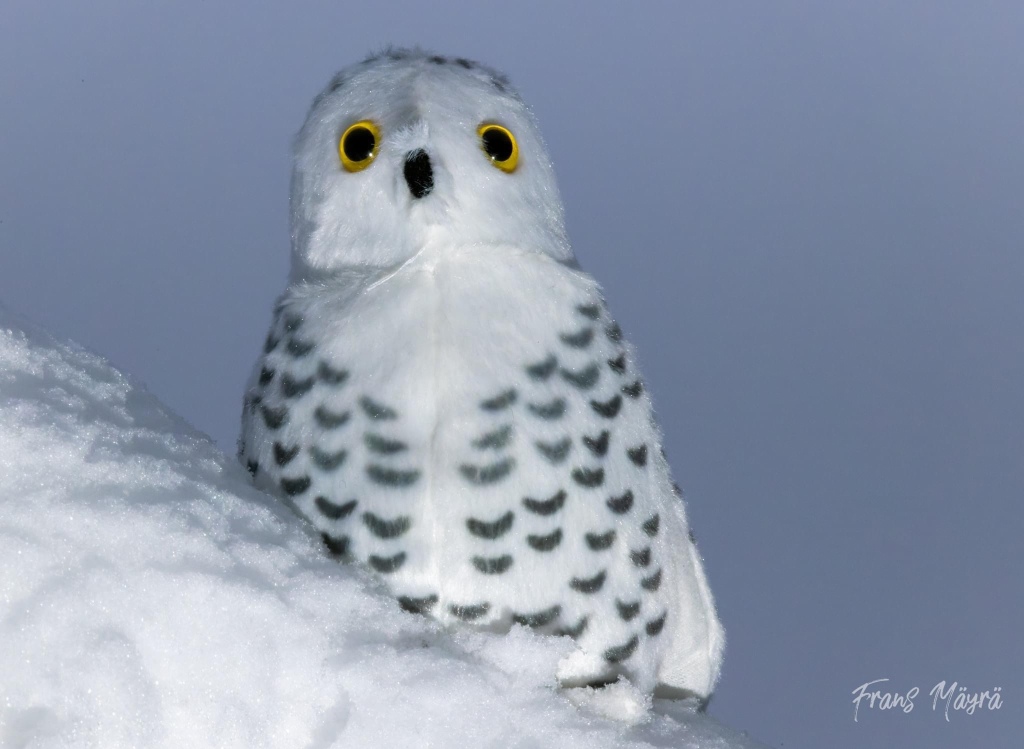
(a toy photo outdoors experiment, using a remotely triggered flash).
Generally, I almost never use flash, as I think that the strong flash light makes photos look artificial, dull and uninteresting, I love the tones of natural light, and I also do not want to disturb the birds and animals that I photograph. However, it can be very dark for really long time over here, and I have found out that there are actually many different ways of using additional light sources — and there even seems to be a sort of “ethics of flash photography” scene that I was not previously aware of.
Today’s cameras are already very good in low light, and there are also now long-range wireless transmitters that allow one to position several relatively weak-powered flashes into the planned scene in advance, thereby creating more natural looking and also non-invasive ambient lighting, rather than suddenly just pointing a harsh flashlight directly at the poor subject. (One can try pointing flash into one’s own eyes to experience how that feels.)
Pointing a powerful flash directly to the eyes and face of a night-hunting predator like an owl can blind the animal for maybe even 5-20 minutes, and make it unable to get food – or even make it fly blinded against some obstacle and get injured or killed.
On the other end of flash-ethics, taking photos that use low-powered flash as a source of fill-in light during the daylight hours seems to be safe – it is just harmless flicker to them, ignored by most birds and animals. Even then, a flash positioned too close can create a sudden fright reaction in sensitive birds and animals.
It should be noted that the presence of photographer already might be the disturbing element to the animal, and the negative effects of a flash are secondary. And this is not even getting into the ethics of other techniques some photographers use, such as using taped bird-song as a lure (which can deplete the bird of energy as it reacts to an “intruder”), shouting or throwing objects at animals to get an eye contact from them (yes, indeed some idiot “photographers” apparently behave like that) or even hunting and chasing sensitive animals with photography drones to get “cool” footage.
Let’s not be that guy.
I will continue doing a bit of research on this topic, collecting some useful resources and links below. If you have some good sources to suggest, please comment below, or send me a line.
I made already one cautious experiment (photo below) where I used a remotely triggered flash in the dark while photographing this Great spotted woodpecker that was visiting a forest-located bird feeding site. In this case at least the woodpecker seemed to ignore the light and returned to the feeding site multiple times regardless of me taking photos. But this required me staying in place for more than an hour in the snow, immobile, so that the bird gradually started to trust that I was (mostly) harmless and that it could come close to me. Note, that there were other feeders also available to it that were not this close, but it chose this one.

References:
”Audubon’s Guide to Ethical Bird Photography and Videography” (Aubudon started their nature and bird conservation activities already in 1896; this guide provides both general guidelines for ethical behaviour while taking nature photos, and information about bird specific situations that require special care):
”How to Be an Ethical Wildlife Photographer” (this guide, published by Amateur Photographer magazine, is a synthesis created by Peter Dench of several existing earlier guides; he points out that while not every photographer can be expected to be a biologist/zoologist, but everyone has the ”duty of care”):
”The Ethics of Wildlife Photography” (this article, written by Jill Waterman and published by B&H, a big photography gear company, highlights that while nature photography is born from love of nature, it is today so popular and increasingly invasive, even business-like activity that it has also dark aspects and bad practices that it is important to be aware of, while promoting the non-harmful and less stressful alternative approaches):
”How to photograph wildlife ethically” (National Geographic is a leading journal of photojournalism and high quality nature photography; this guide, authored by Melissa Groo, discusses the key ethics principles while also highlighing problematic practices, and, e.g., is advising to always ”caption one’s photographs with honesty”, meaning that we openly disclose the techniques we have used to capture that image):
”Does Flash Photography Harm Animals?” (Authored by photographer Will Nicholls, this article tries to discuss few available studies on the effects of flash light – noting that this is a controversial area and that different species appear to have very different sensitivities):
”Is Flash Photography Safe for Owls?” (This article, written by Sharon Guynup and published by Aubudon Society, notes the lack of scientific research on the topic of flash effects, but notes that bright light can lead into temporary ”flash blindness” which can be dangerous to owls and other noctural birds, and flash can also startle or wake sleeping owls, disturbing their rest and daily rhythms – there are just many reasons to avoid using flash photography techniques on owls):
See also:
North American Nature Photography Association NANPA ”Principles of Ethical Field Practices”:
Suomen Luonnonvalokuvaajat ry. ”Eettiset periaatteet”:
Birdlife Suomi ry. ”Havainnoi huomaavaisesti”:
-Any other good sources to add into this list? (Thanks to all experts and colleagues who have contributed and/or commented on this piece!)

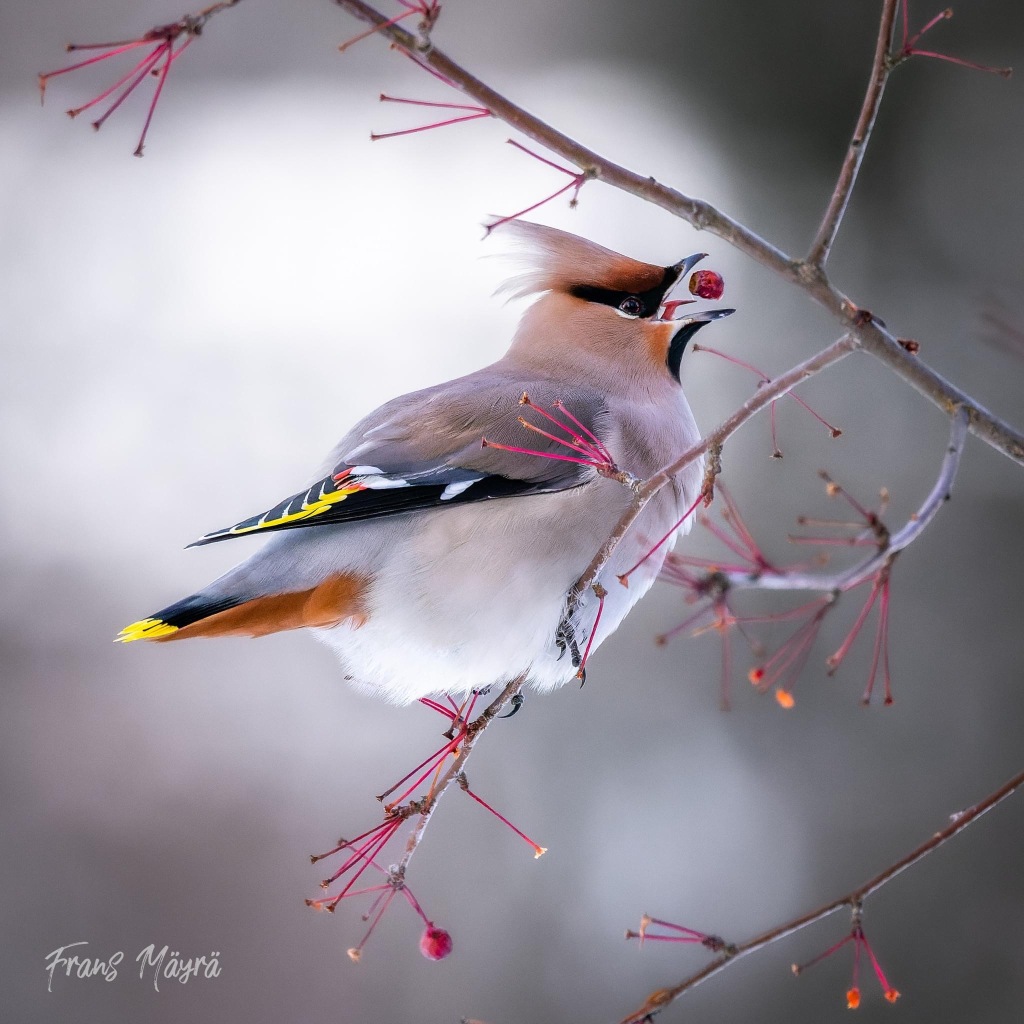
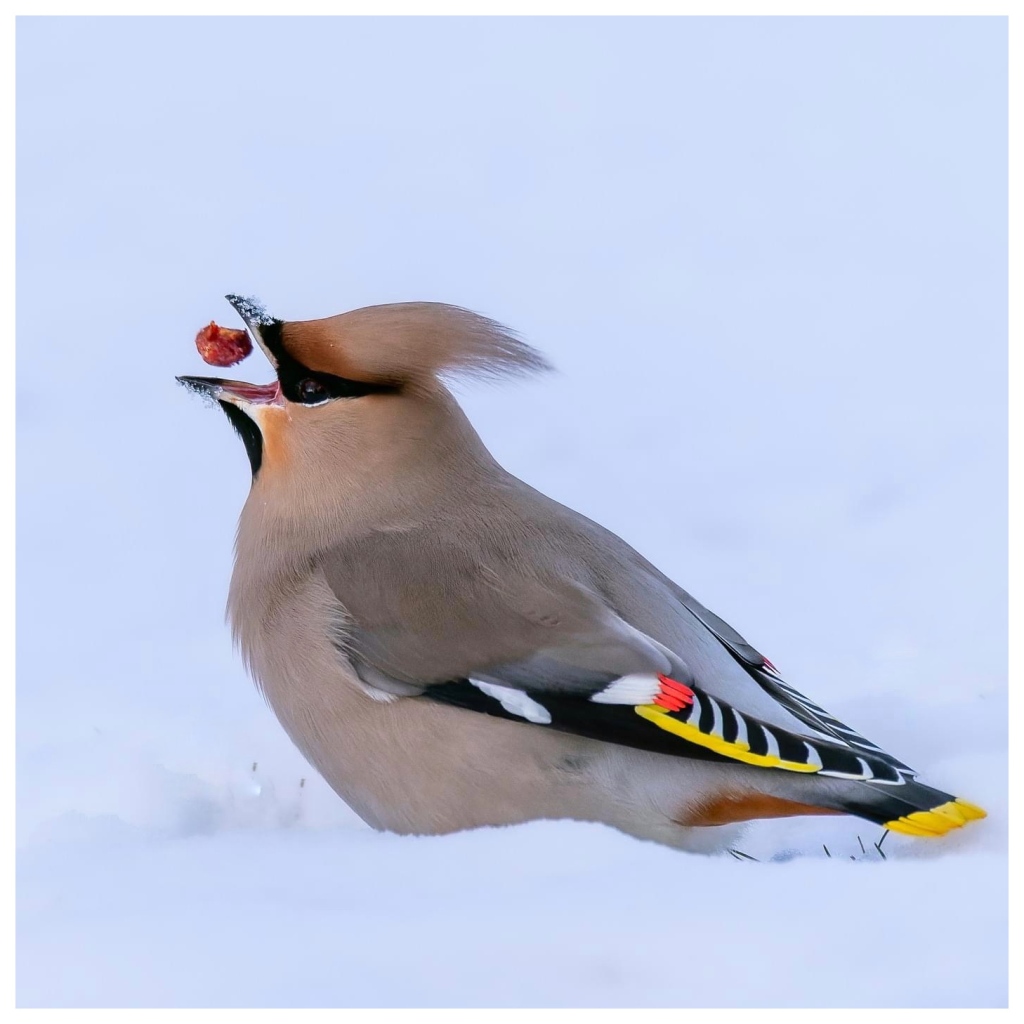
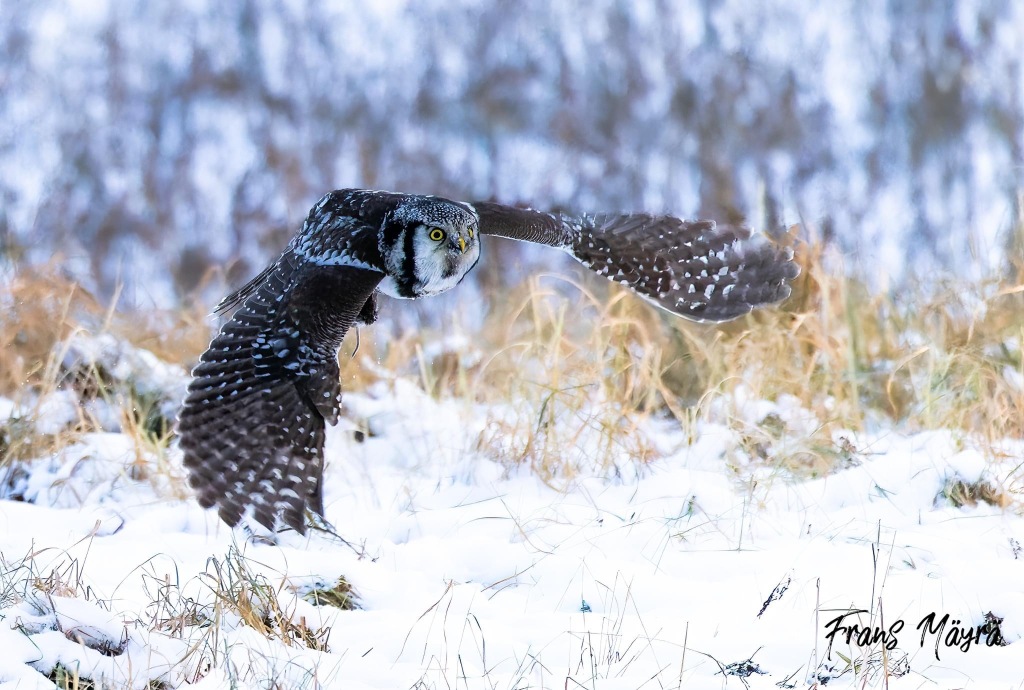

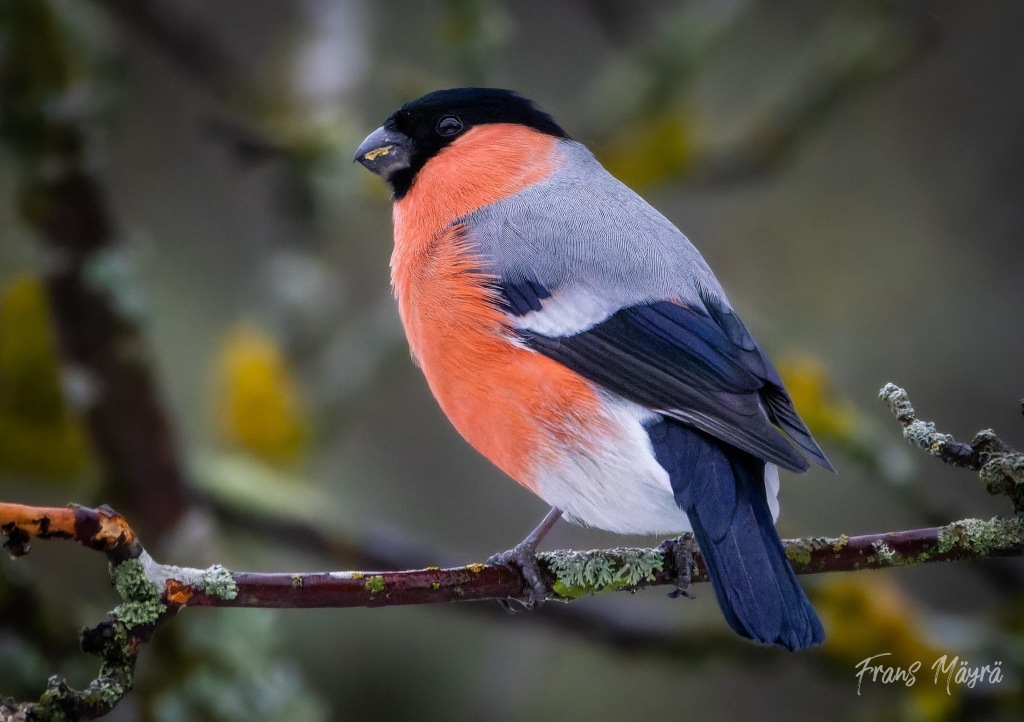
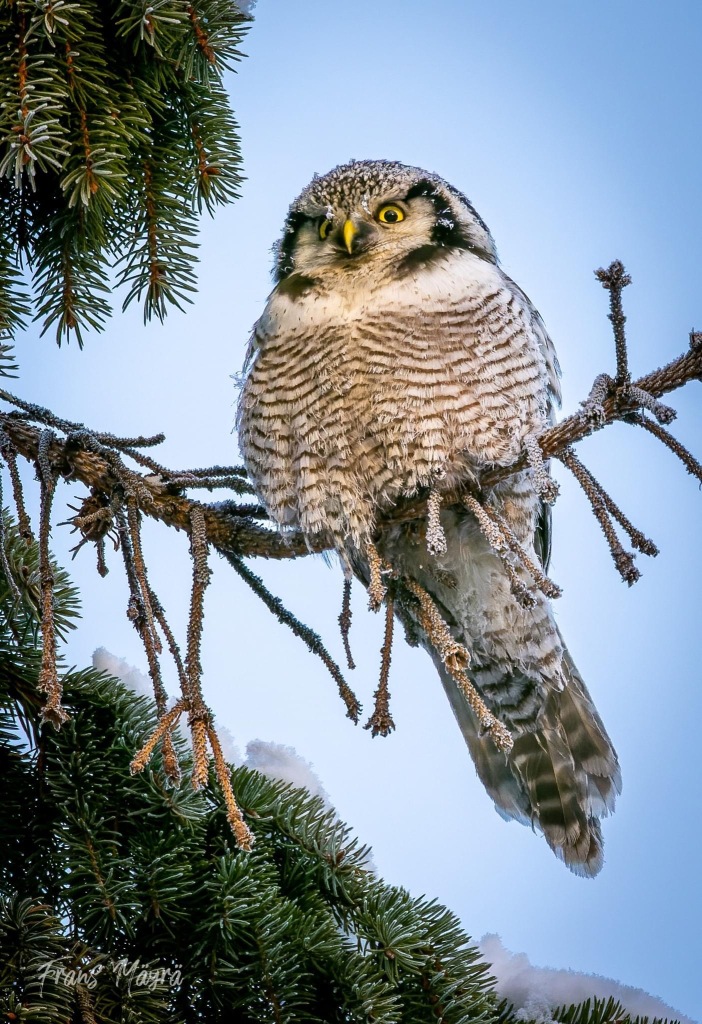
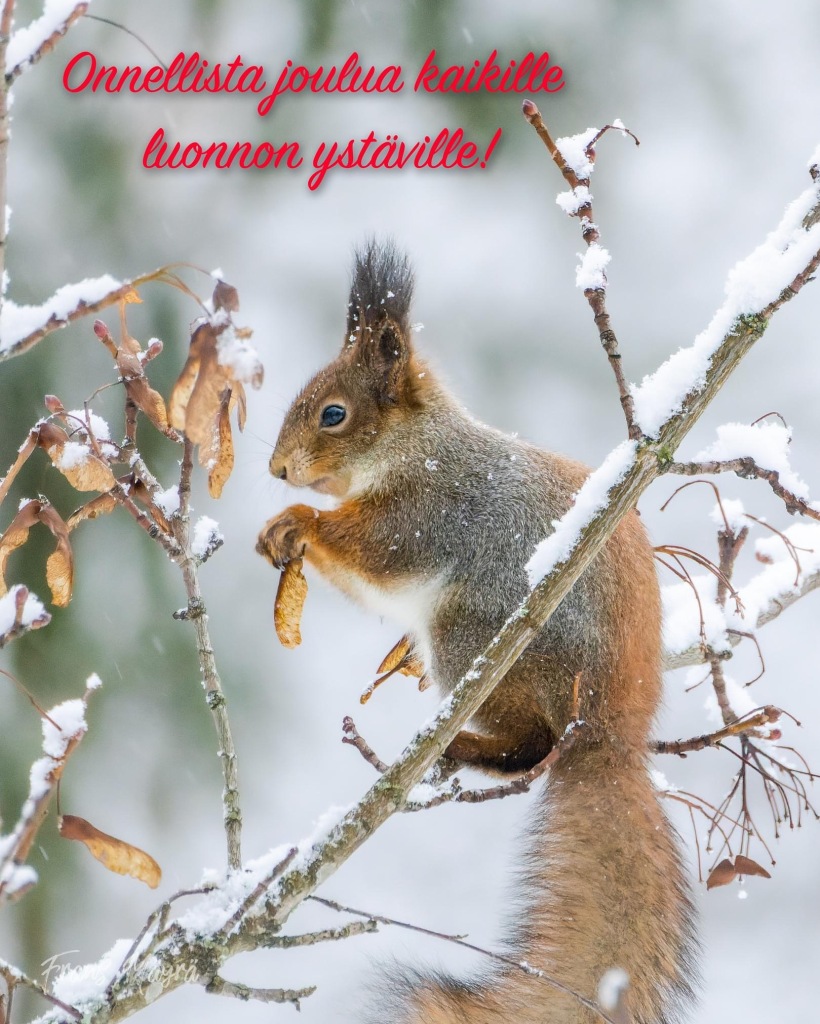
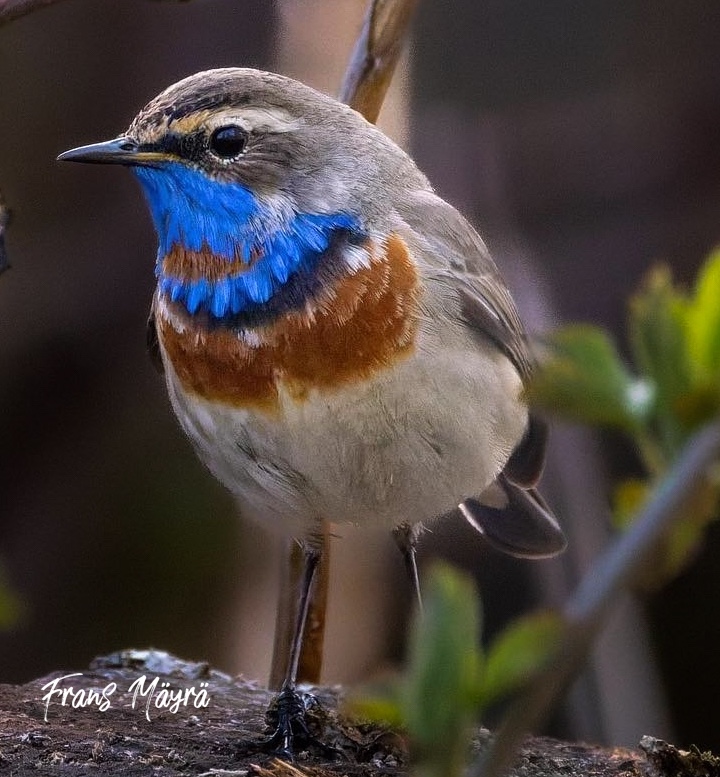


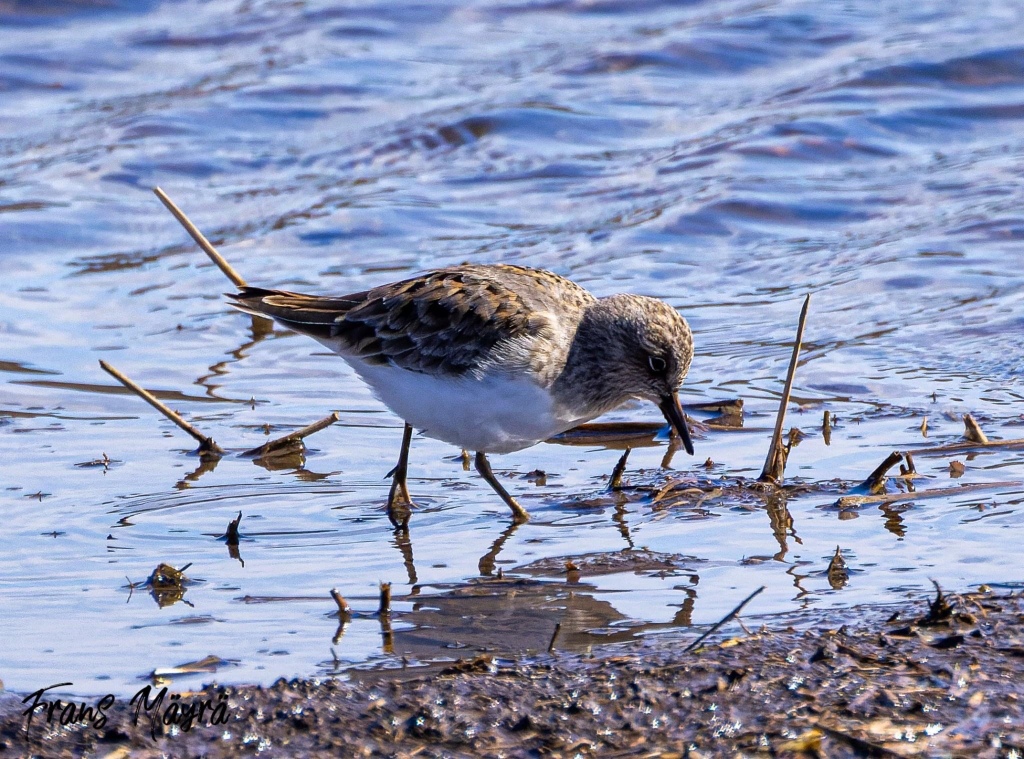


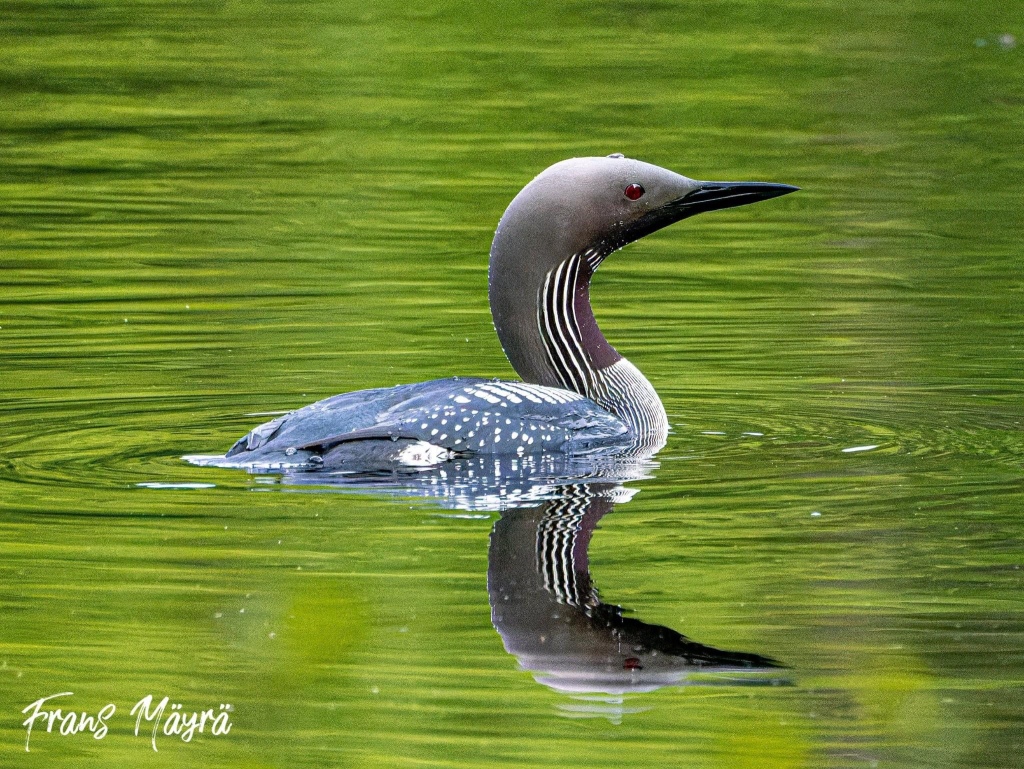
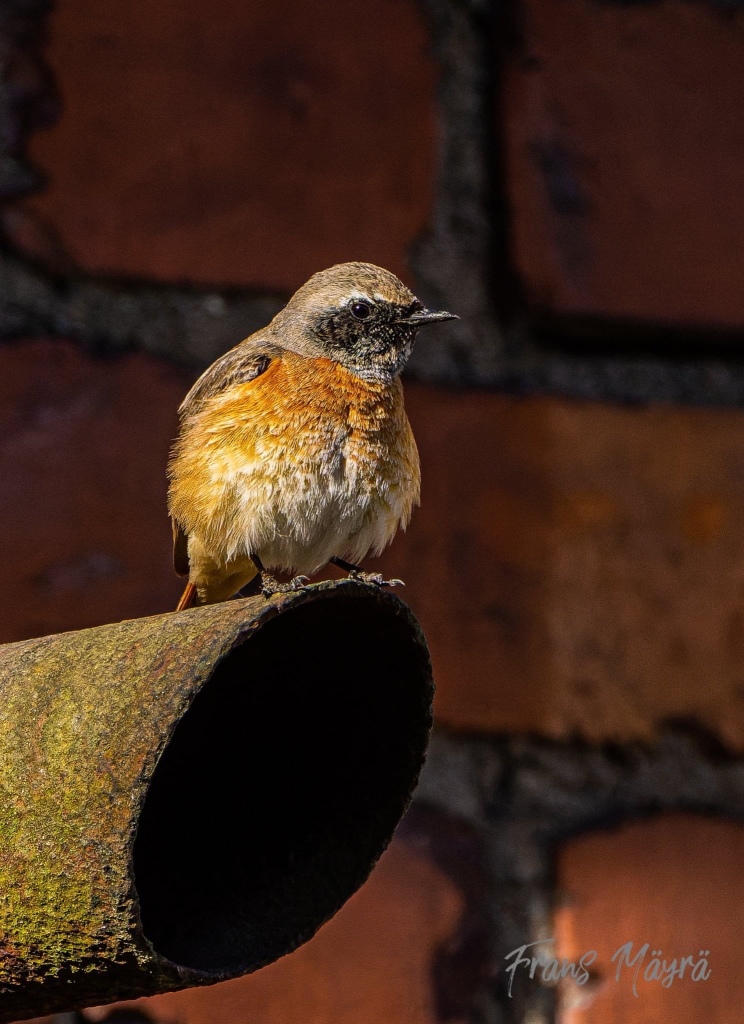

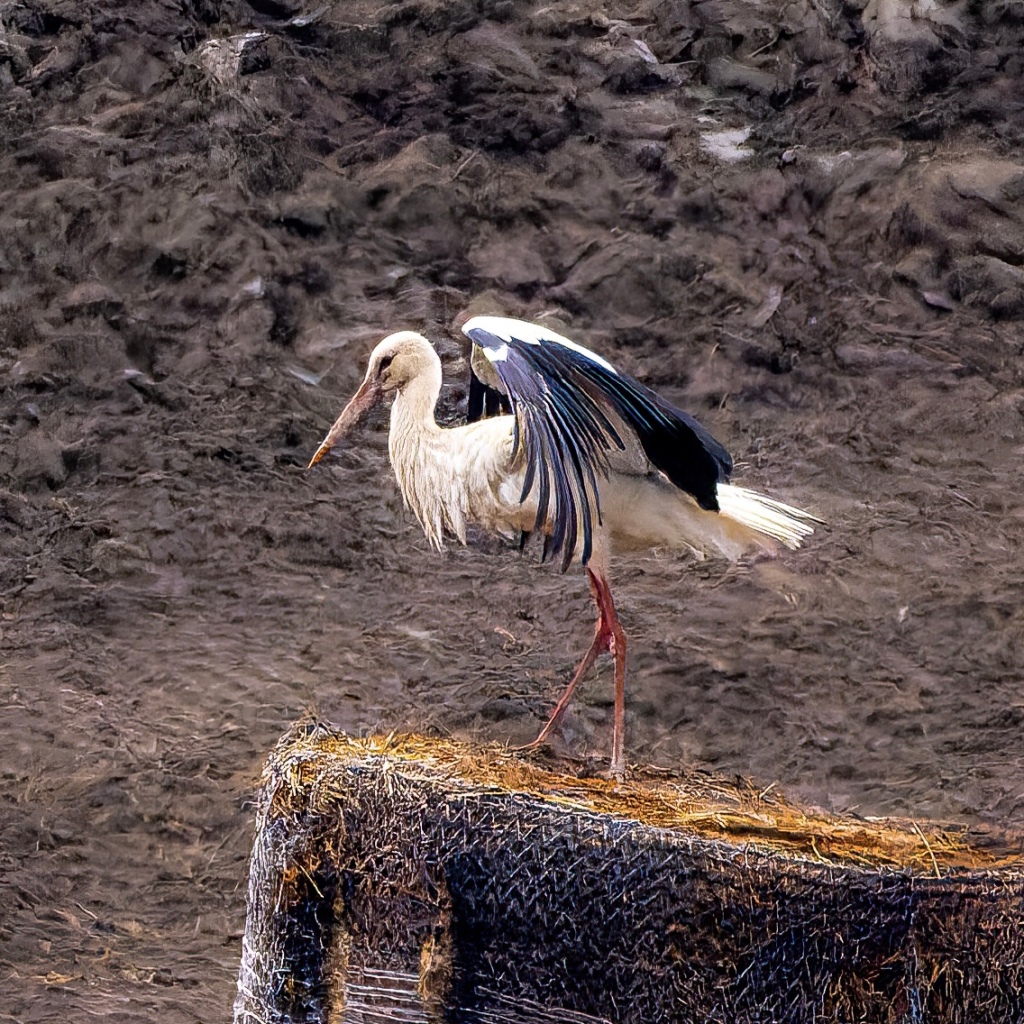
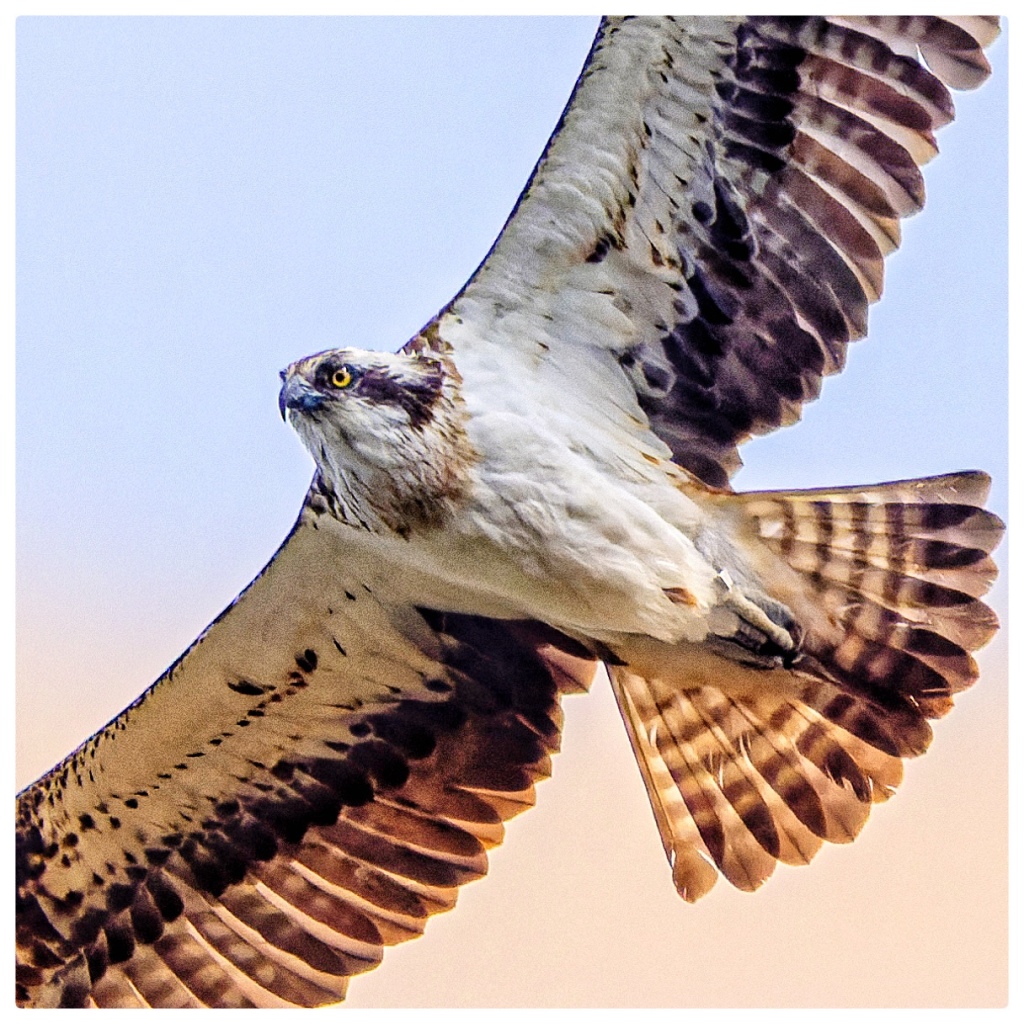
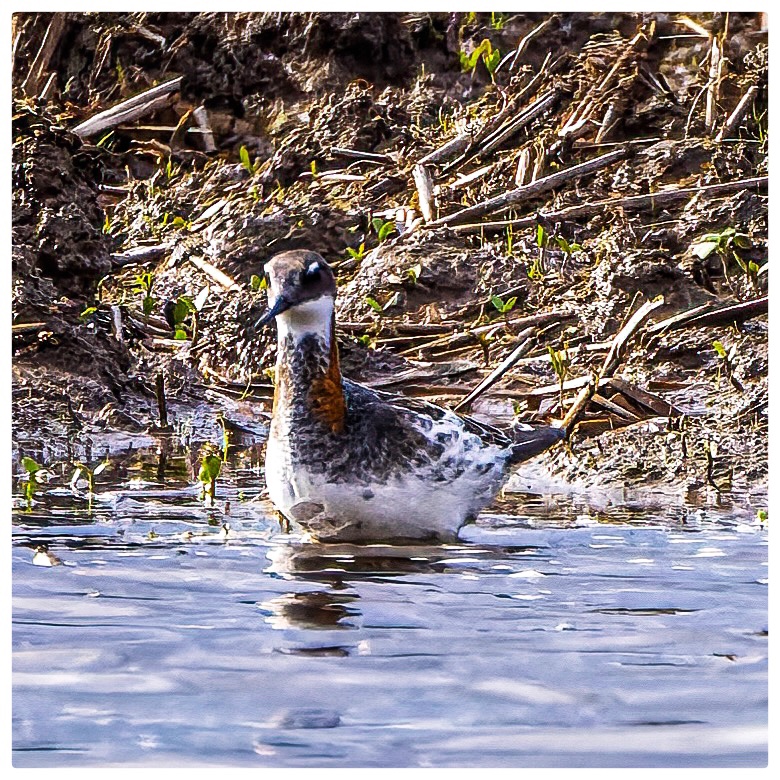


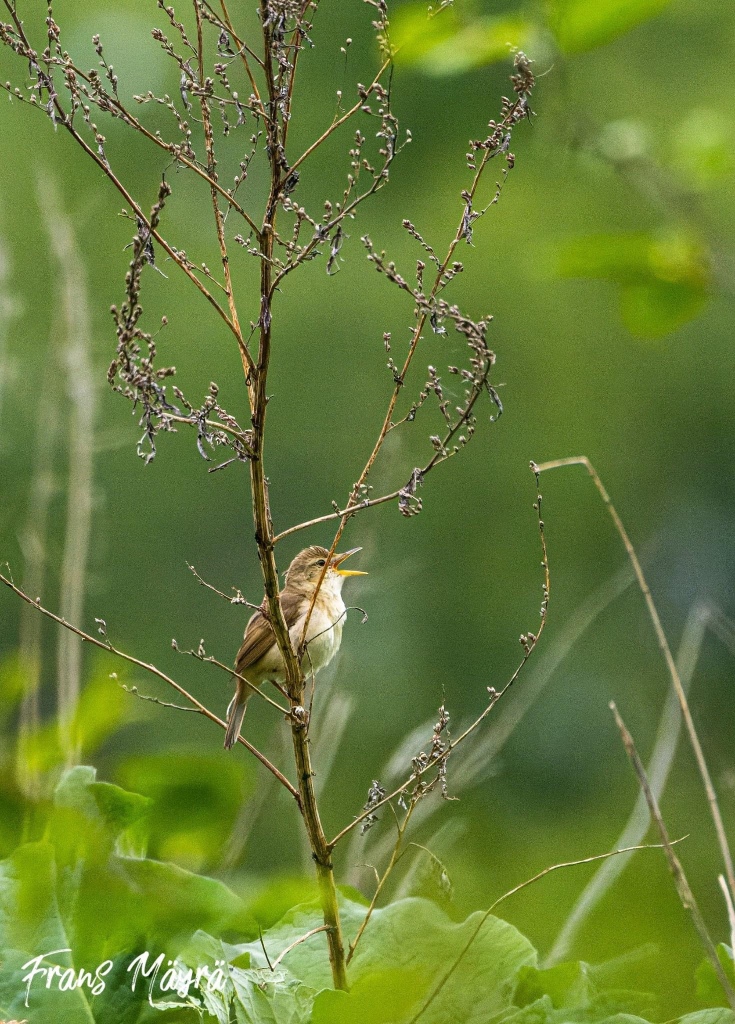
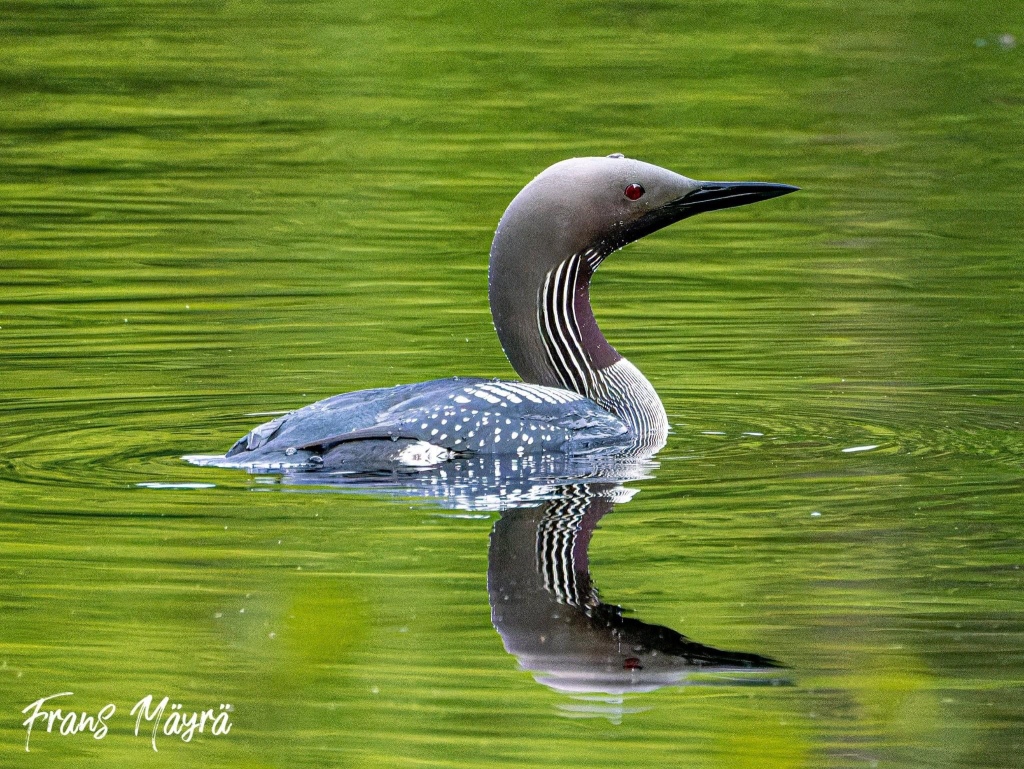
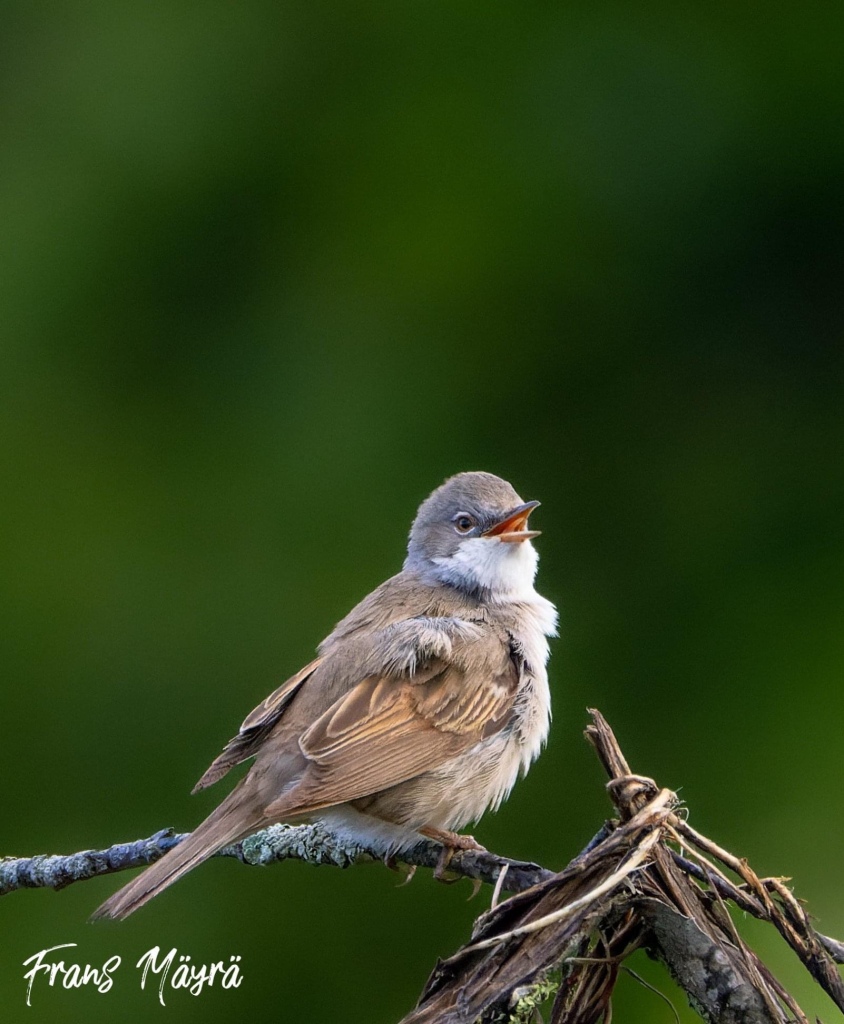

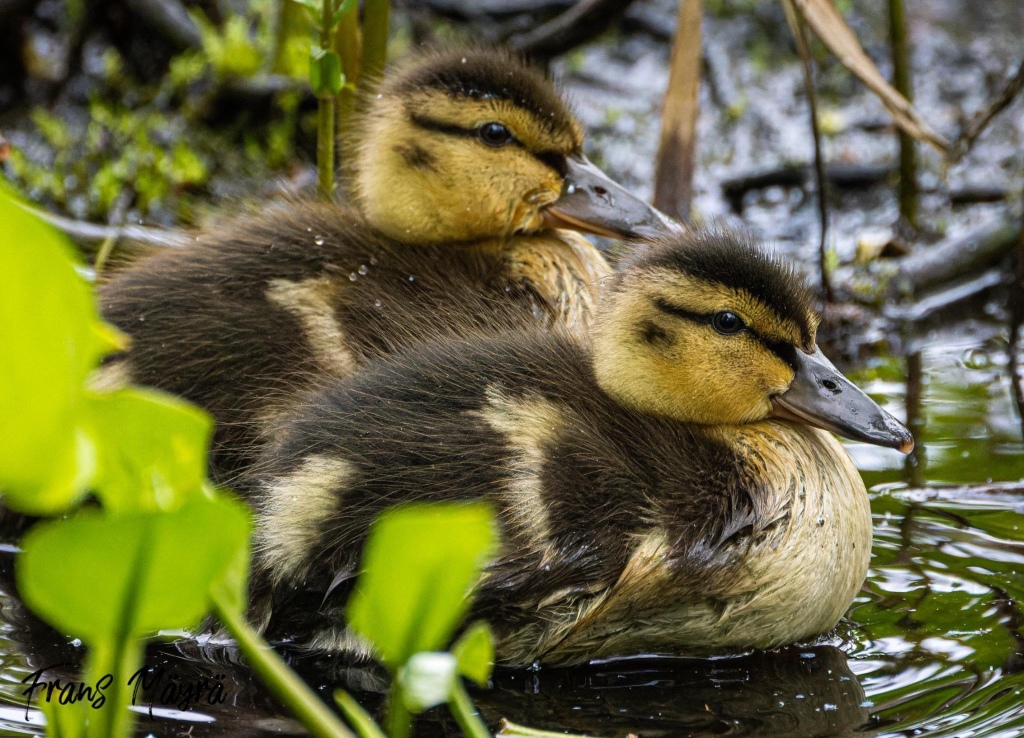
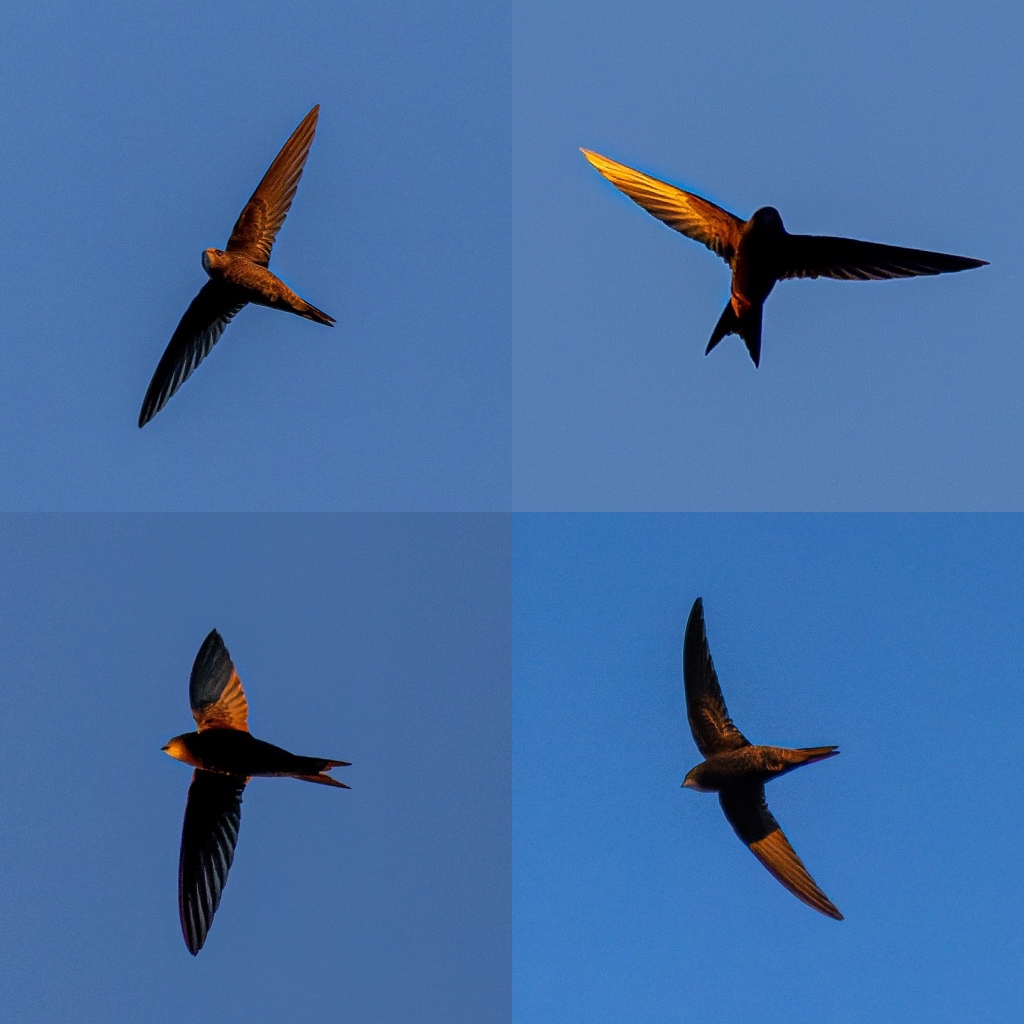
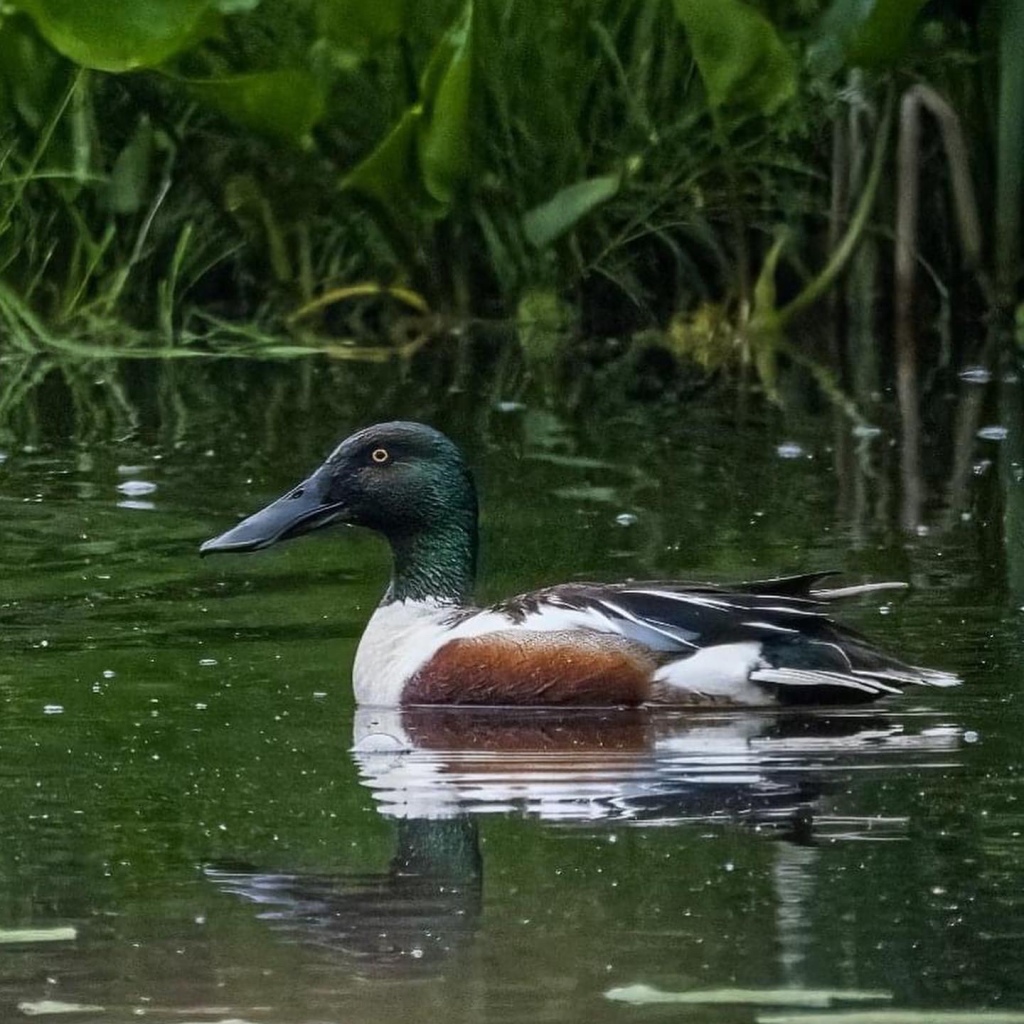
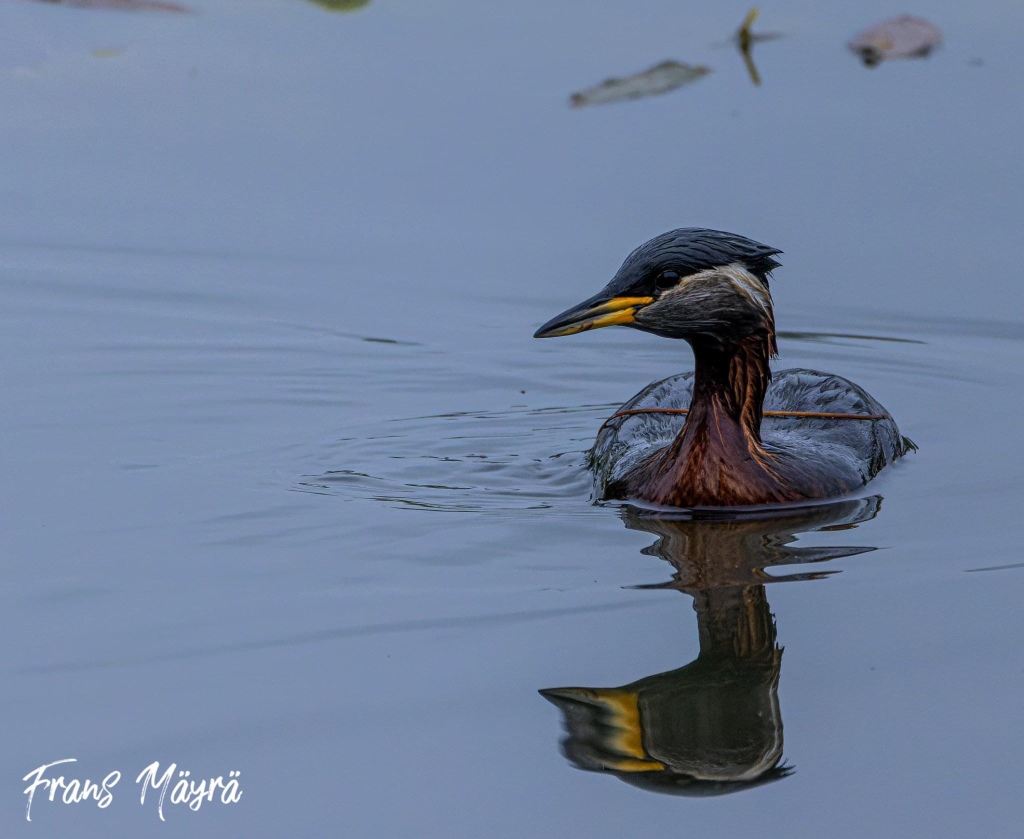

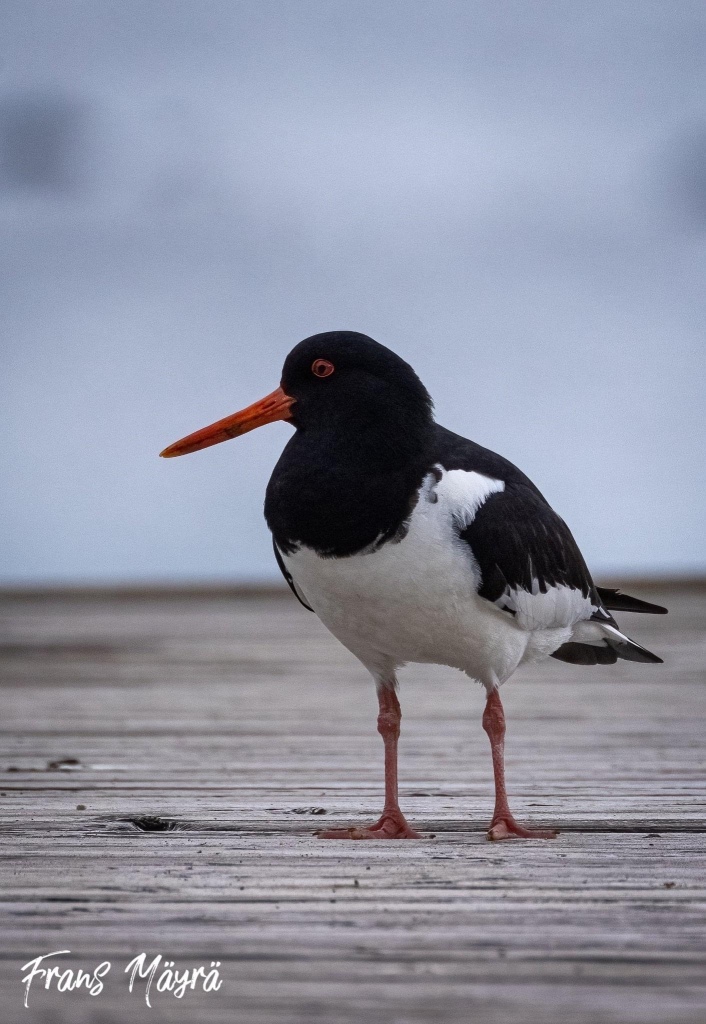
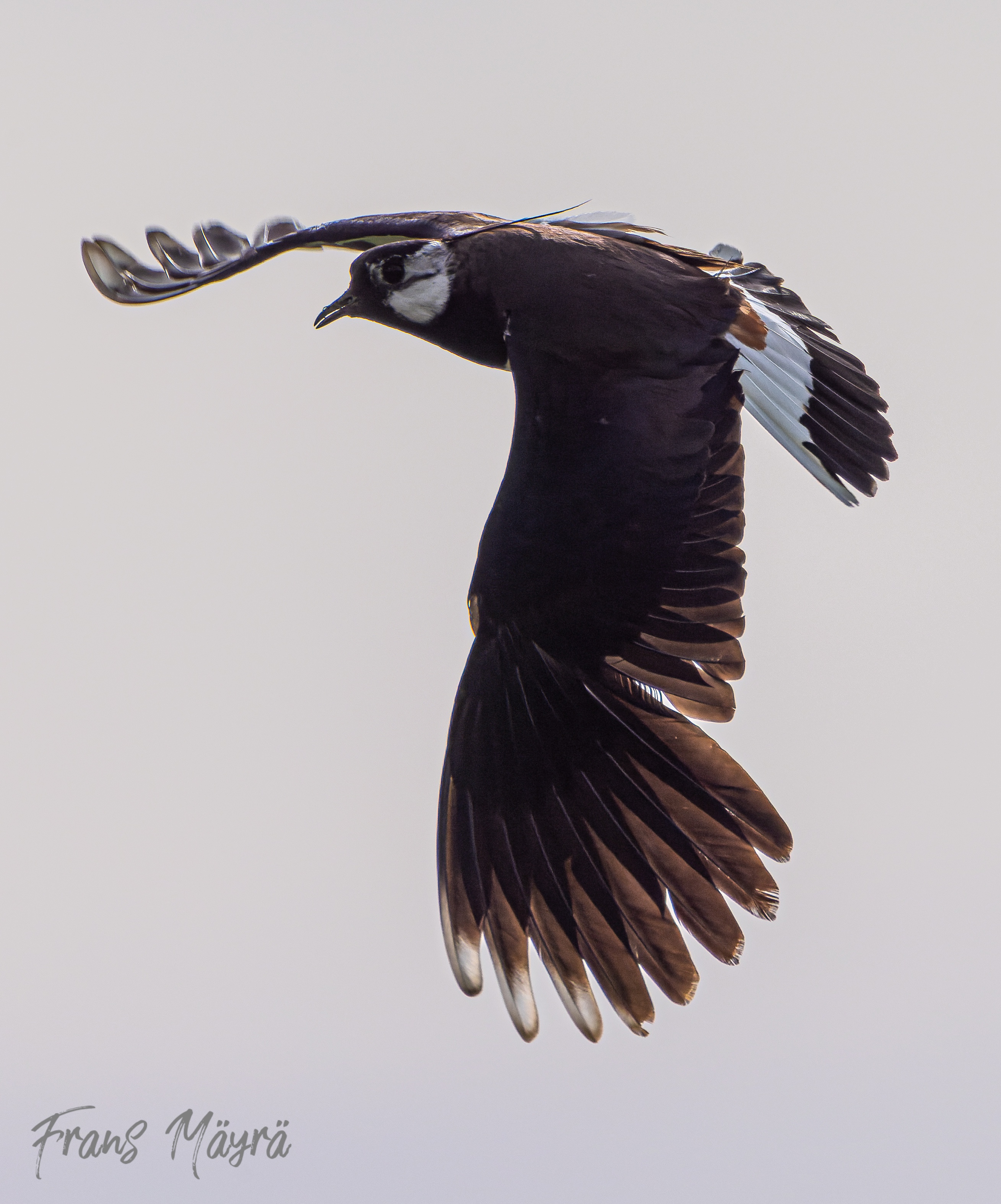
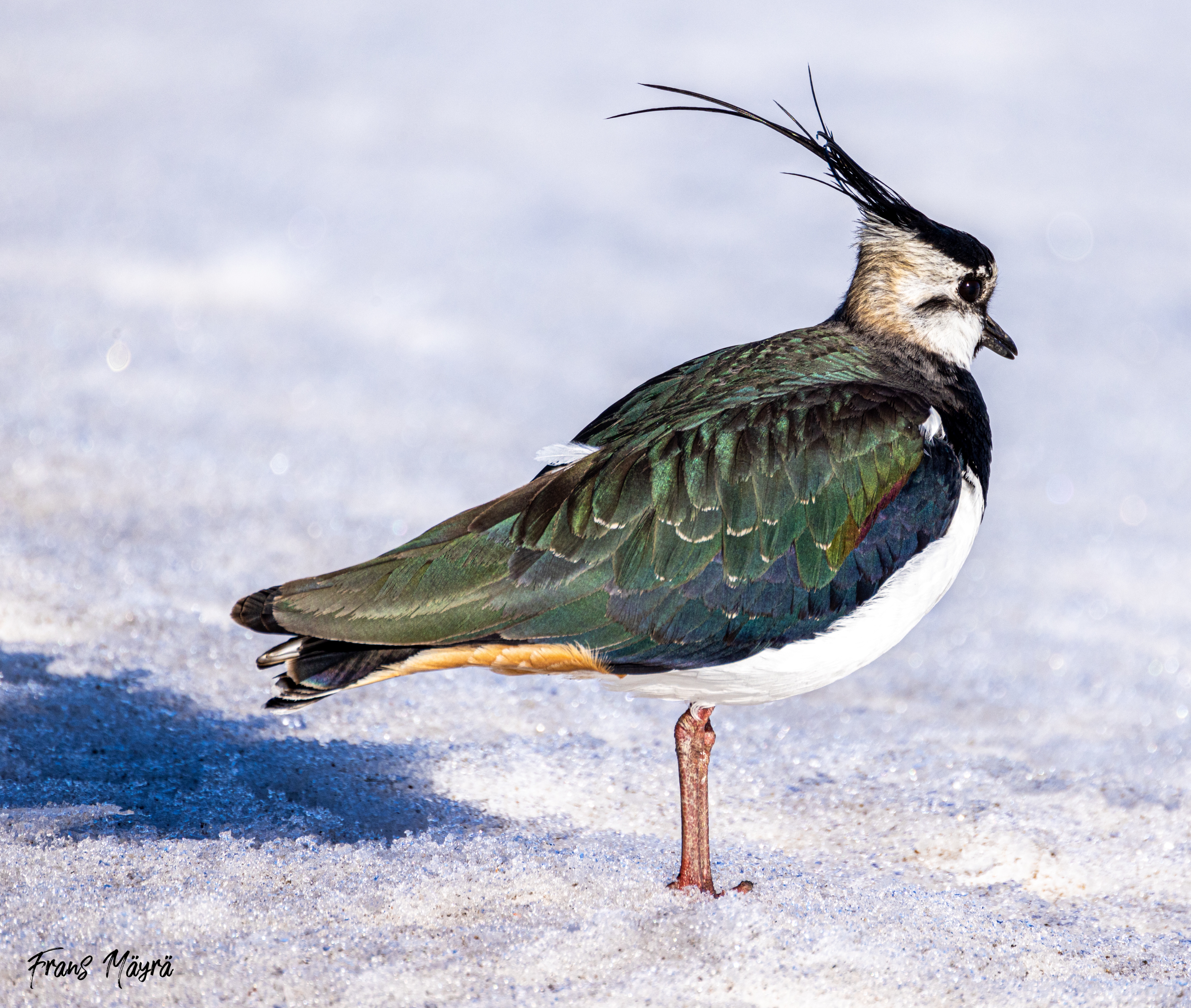
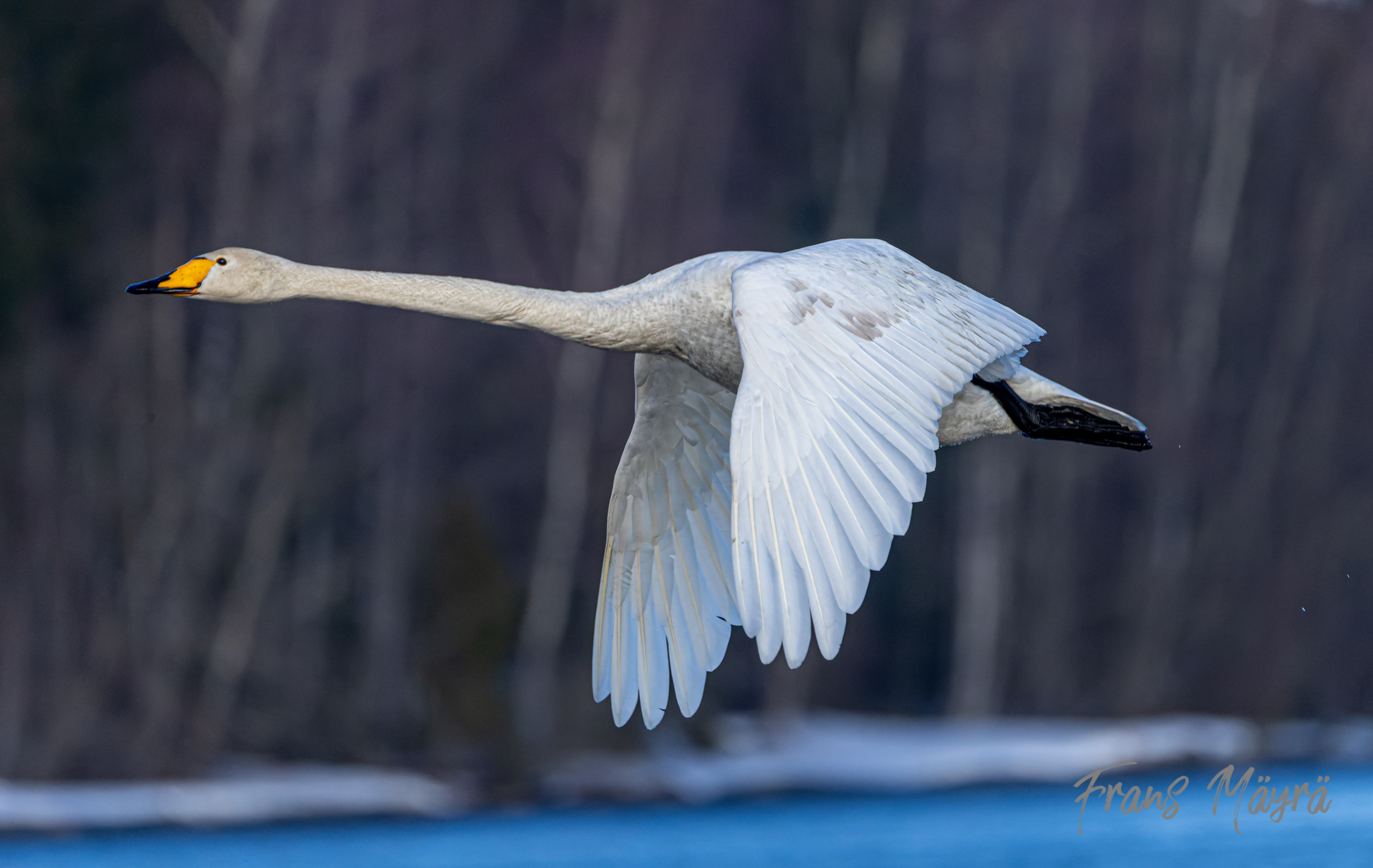

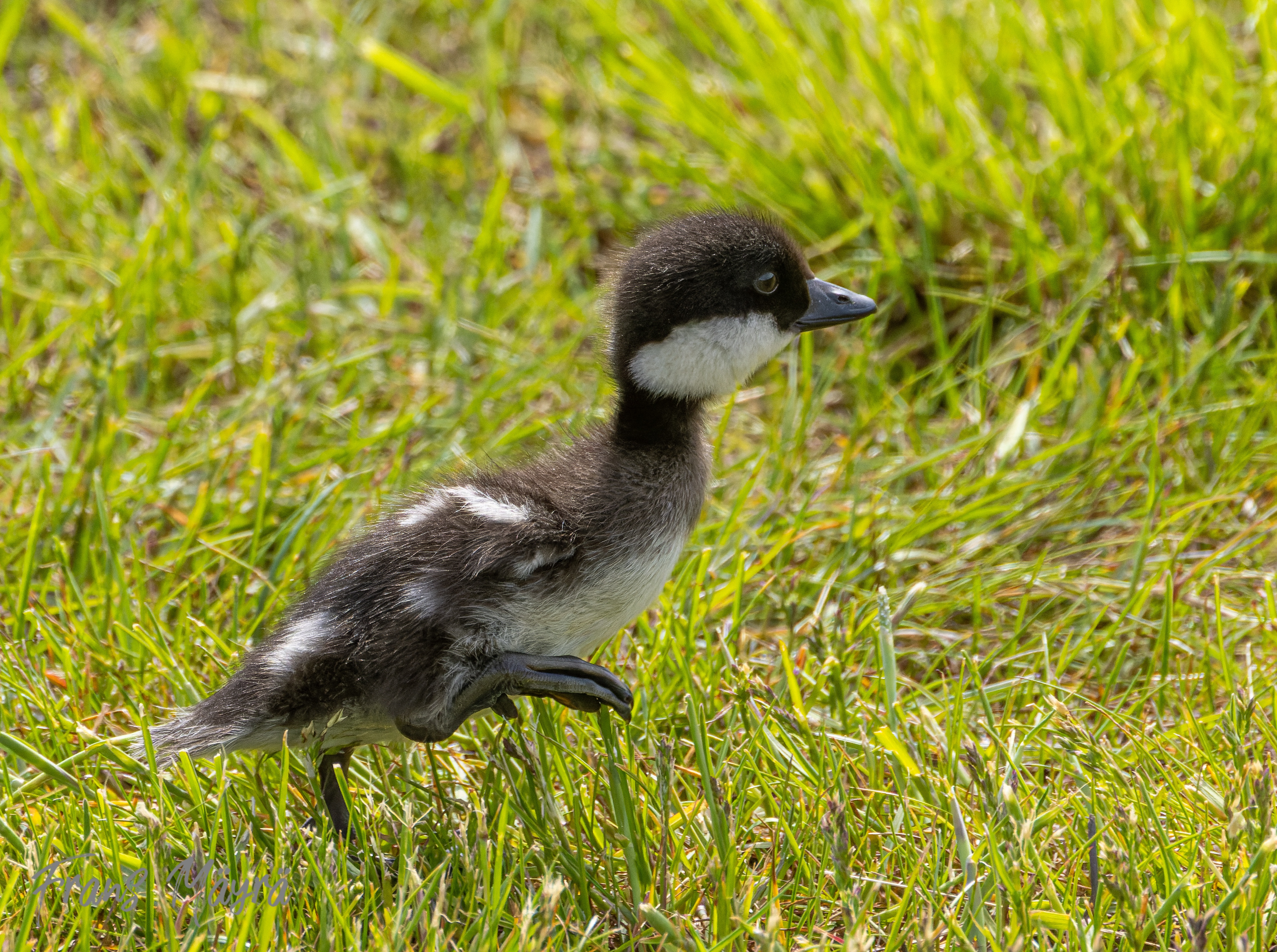
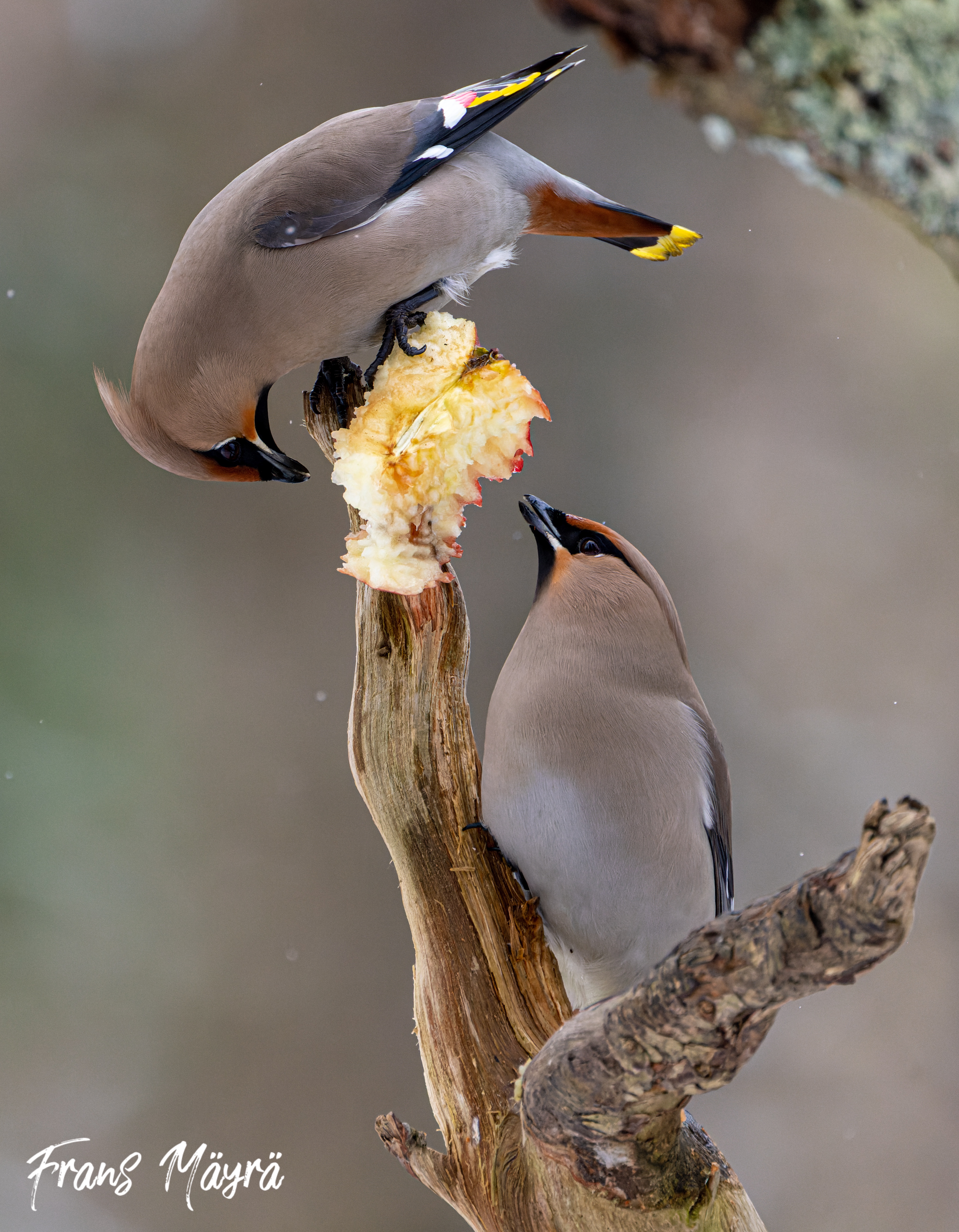
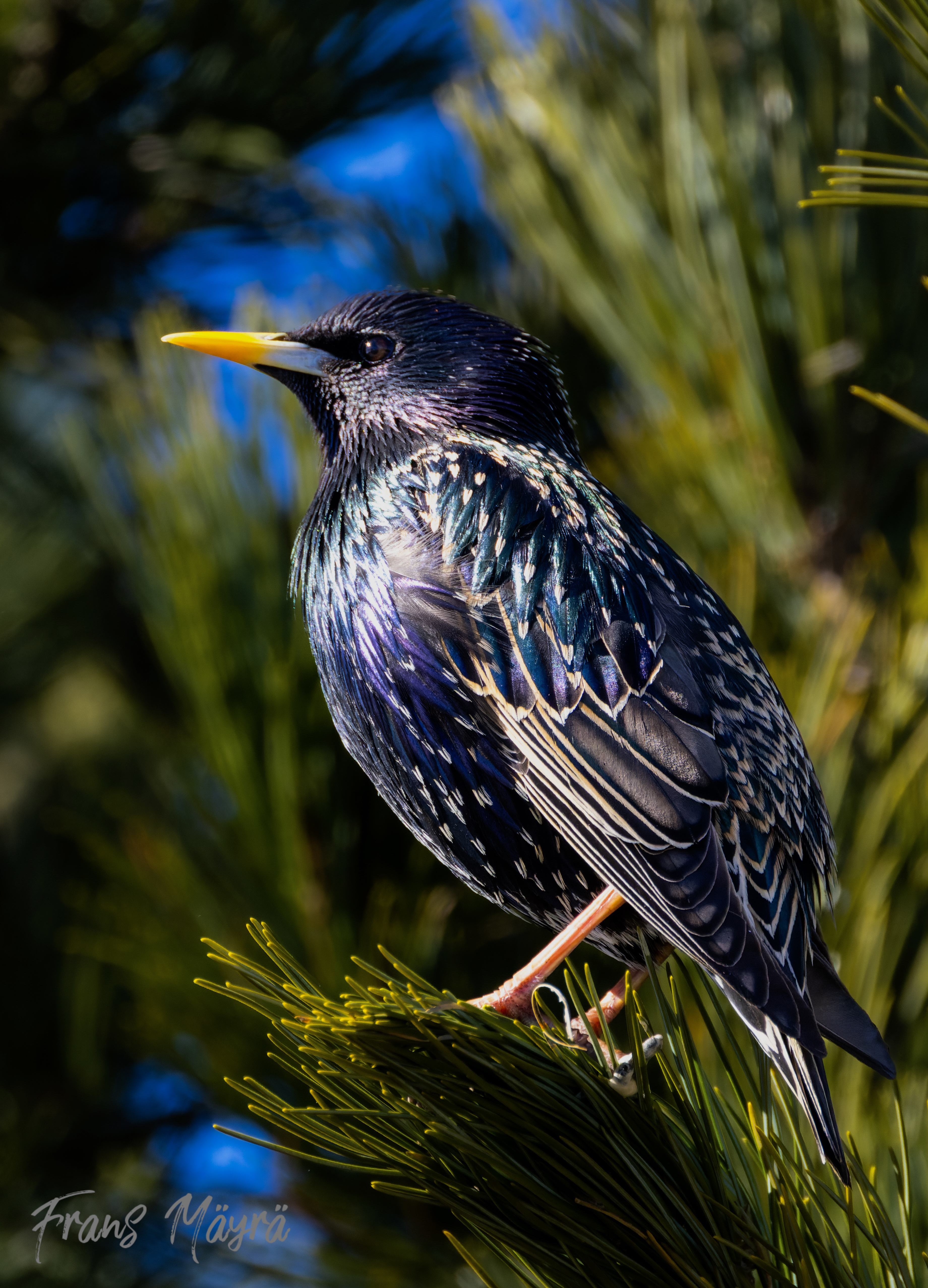
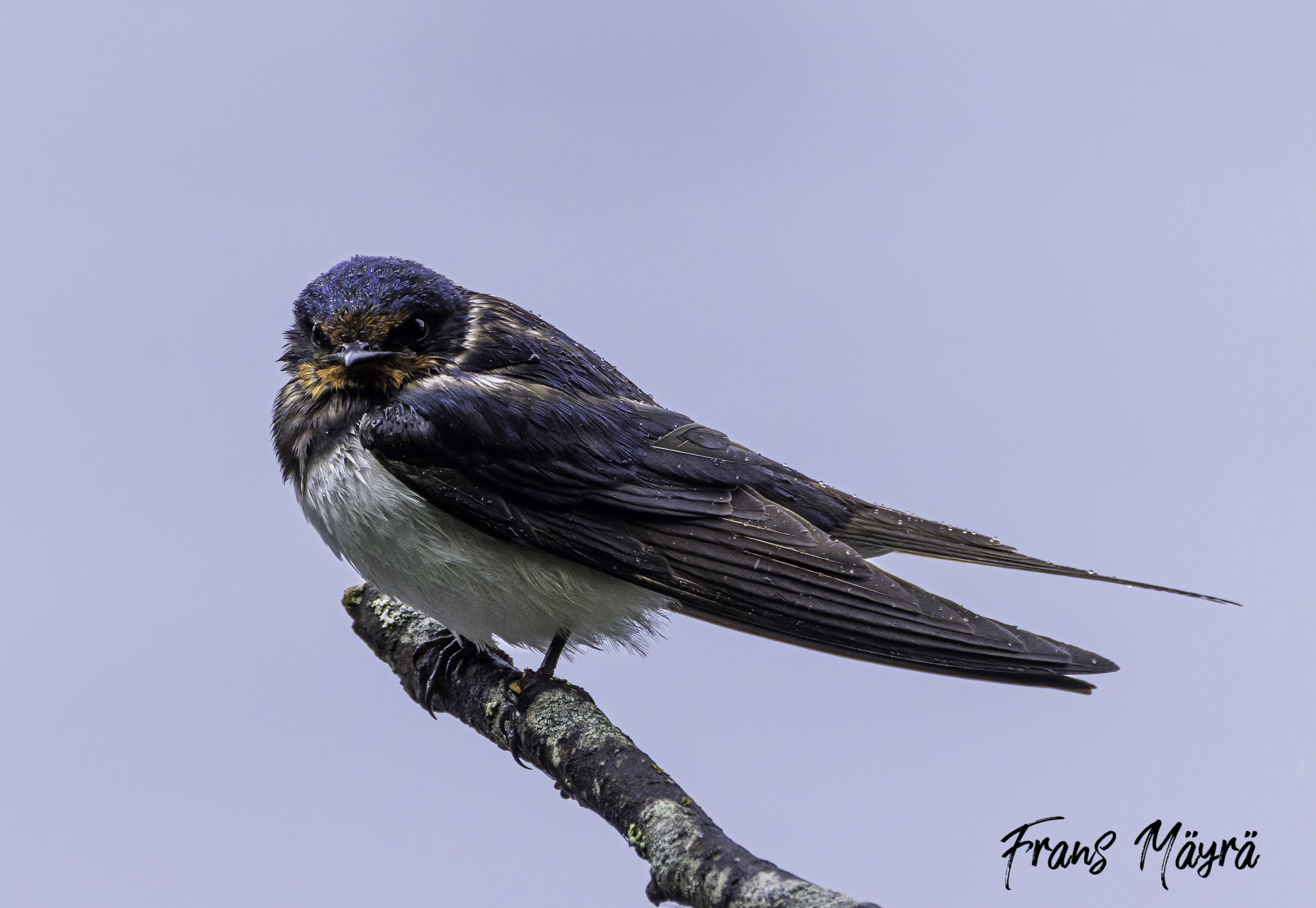
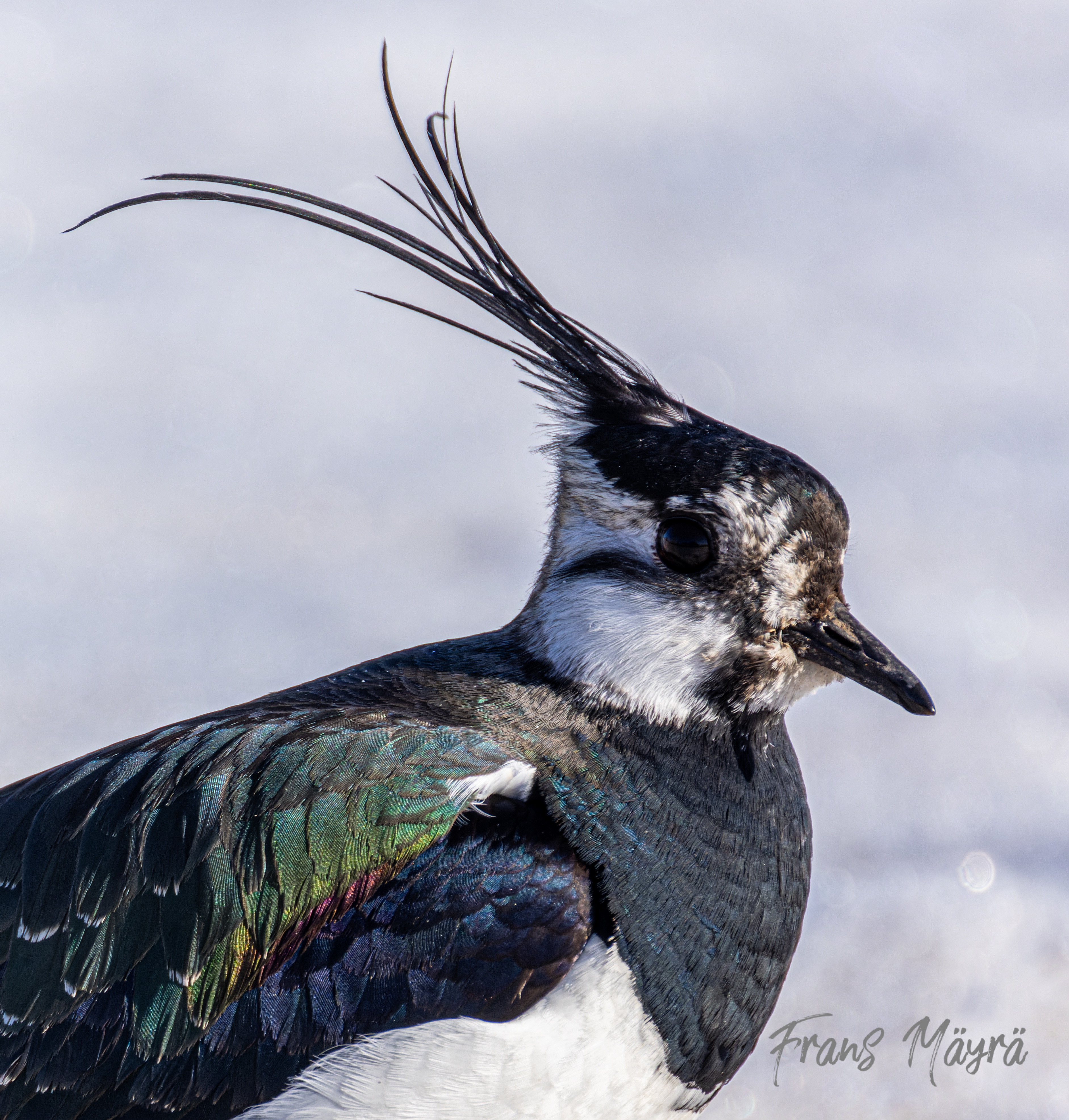

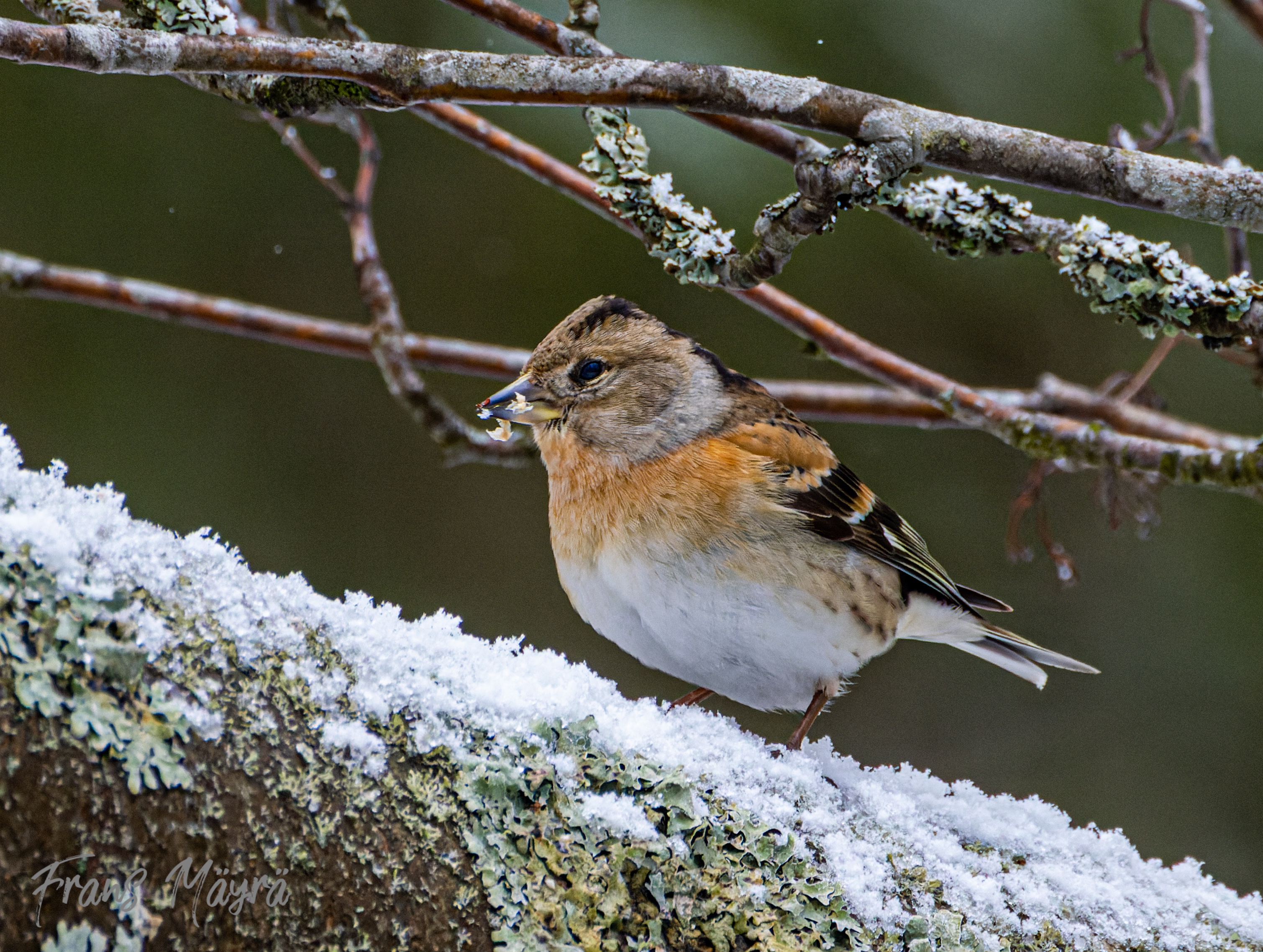
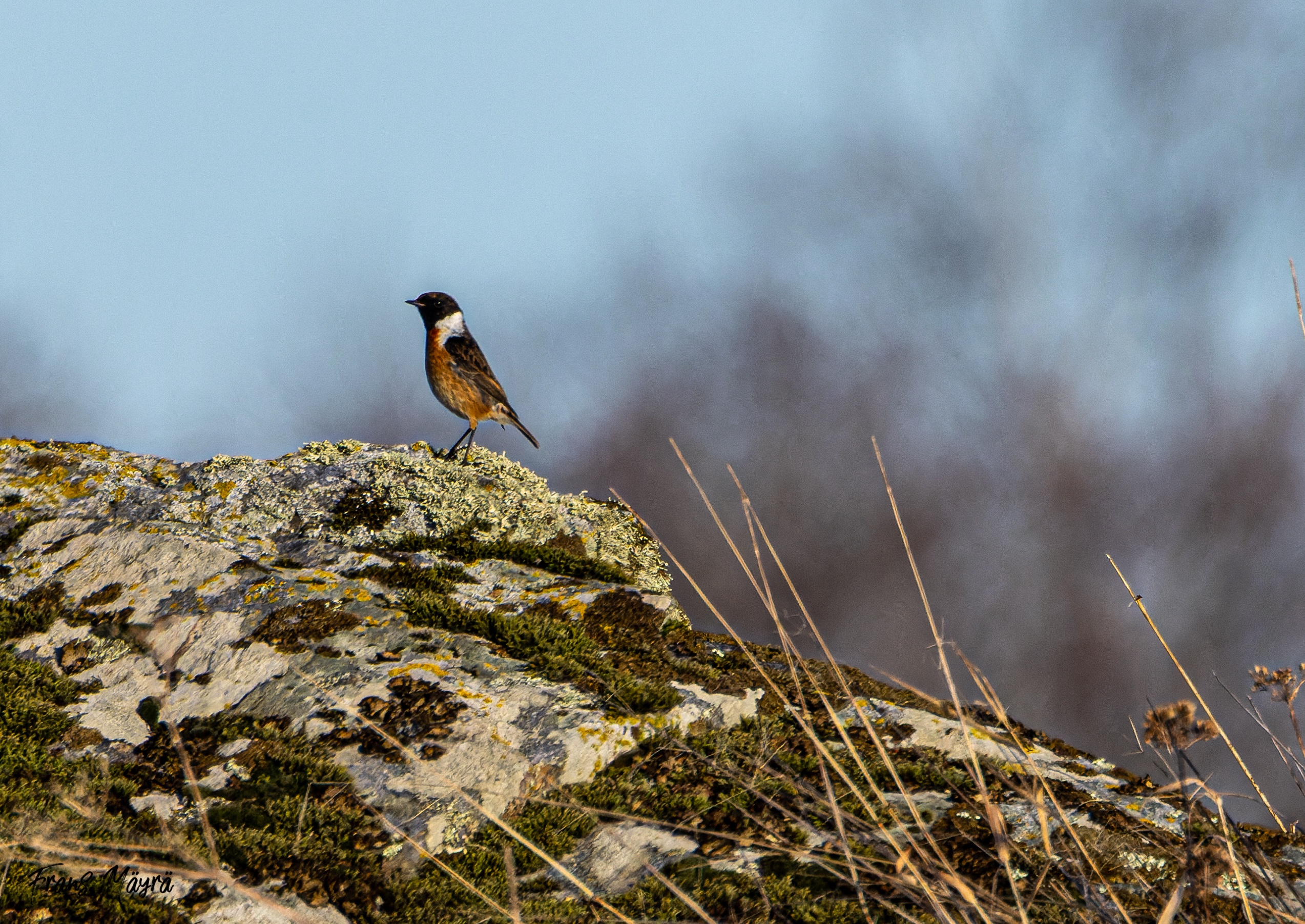
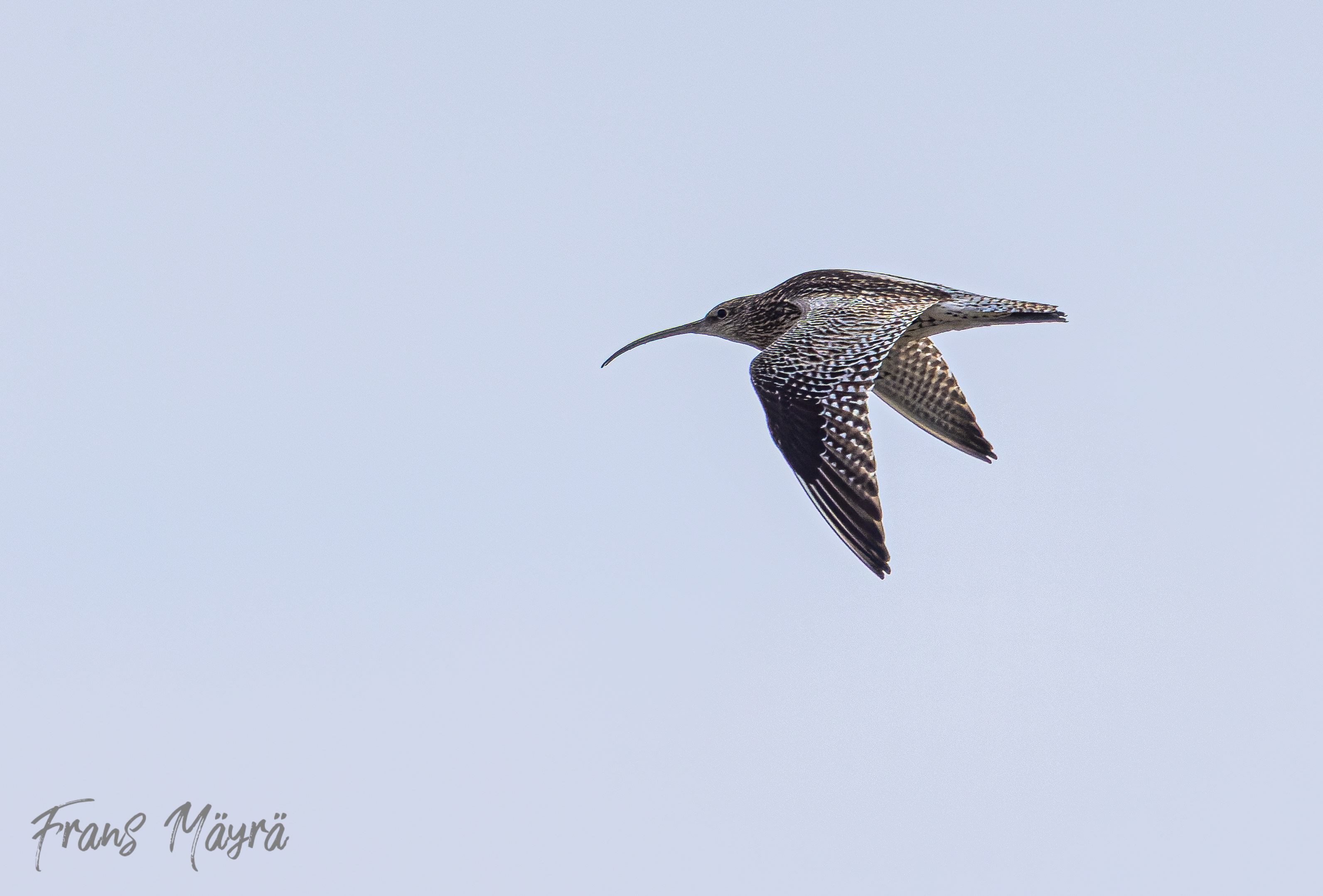
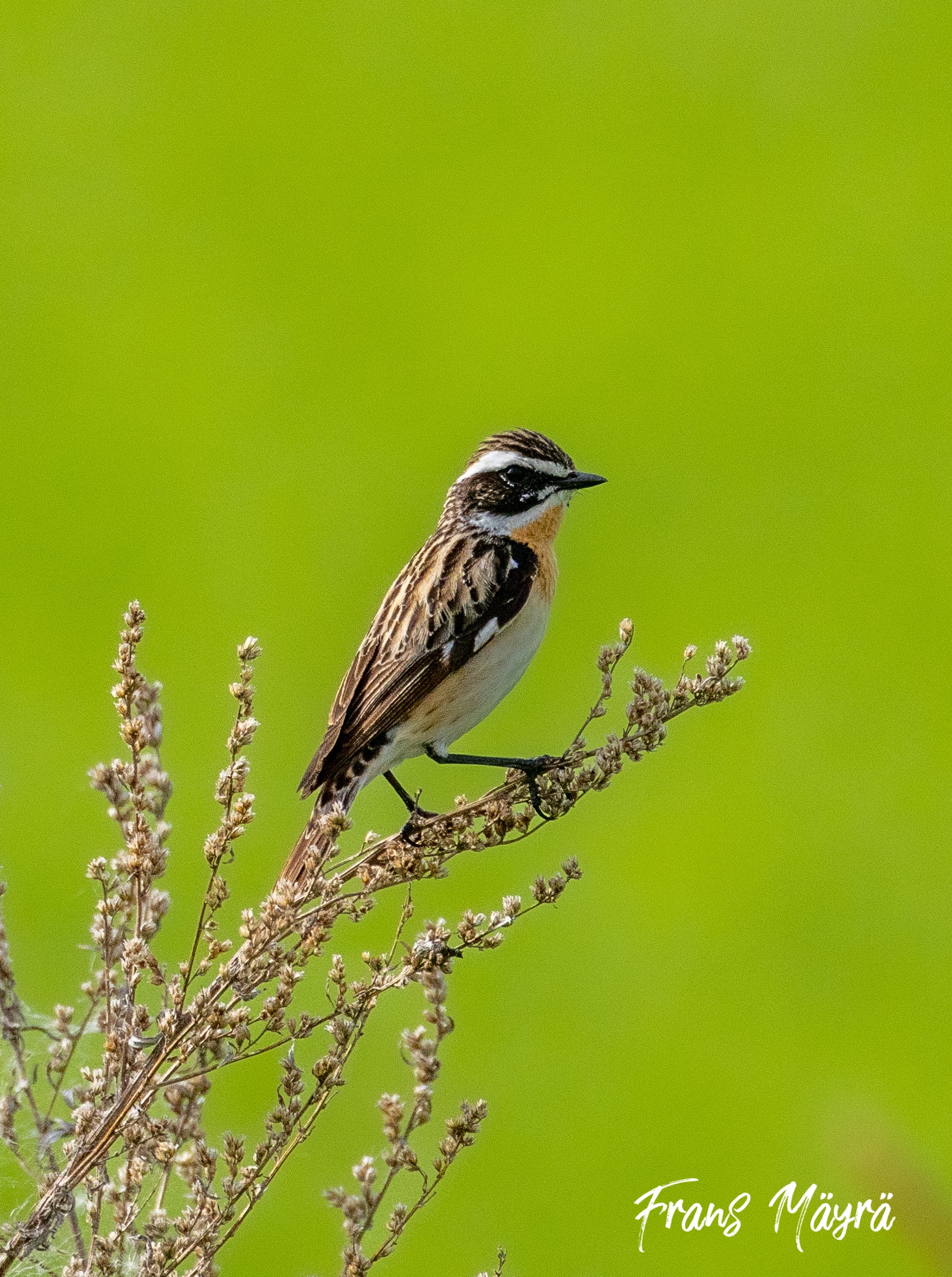



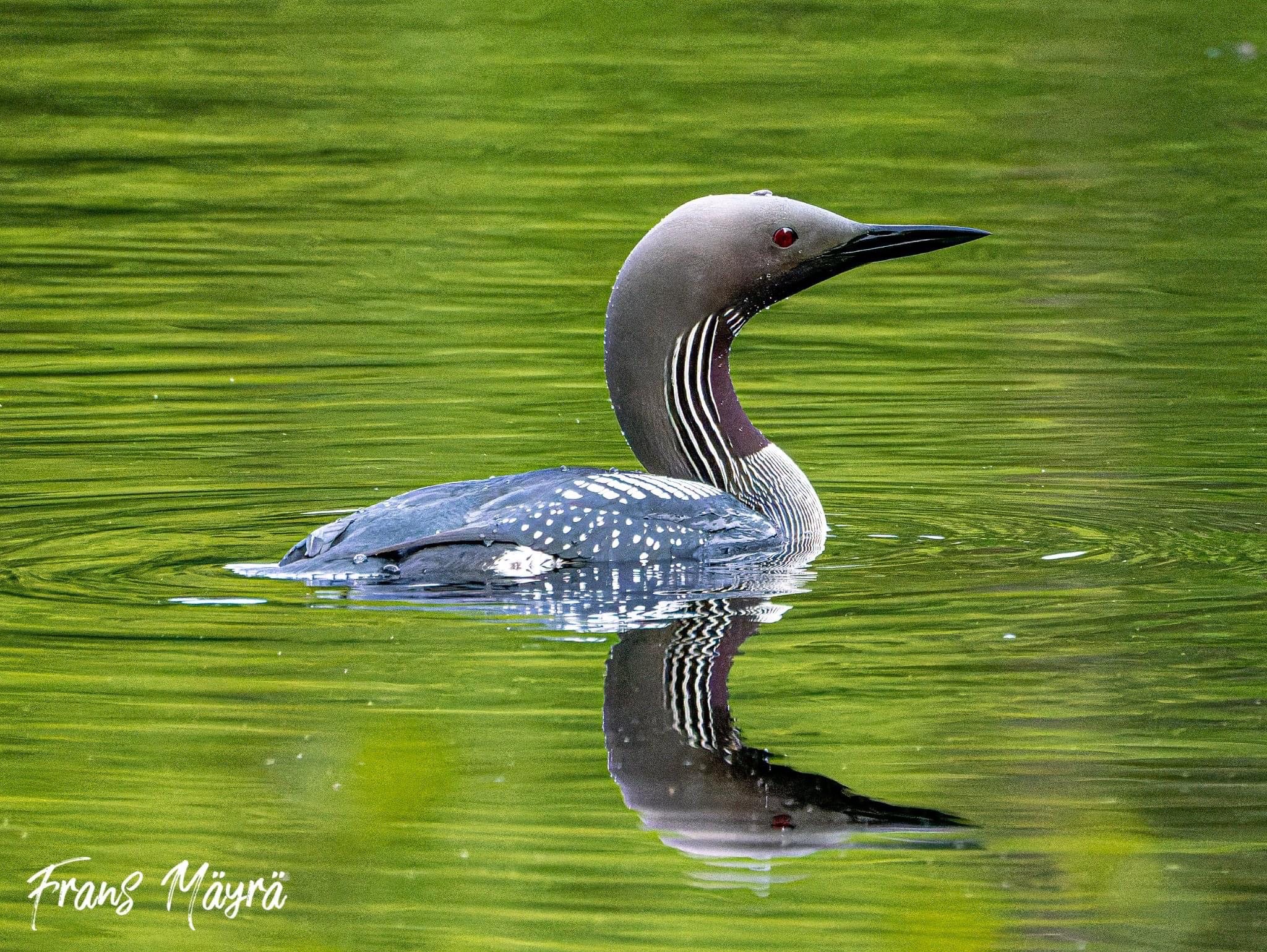
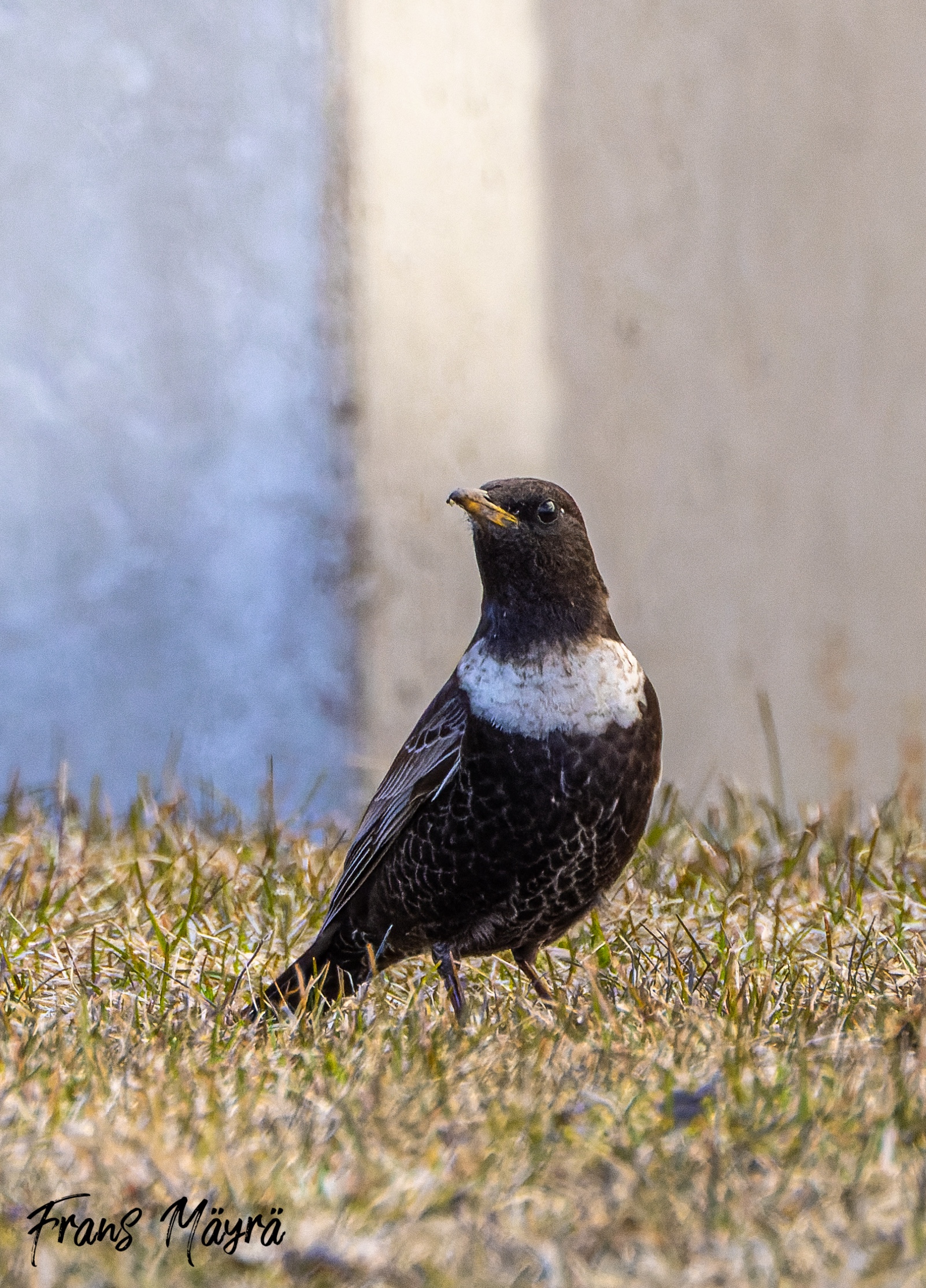
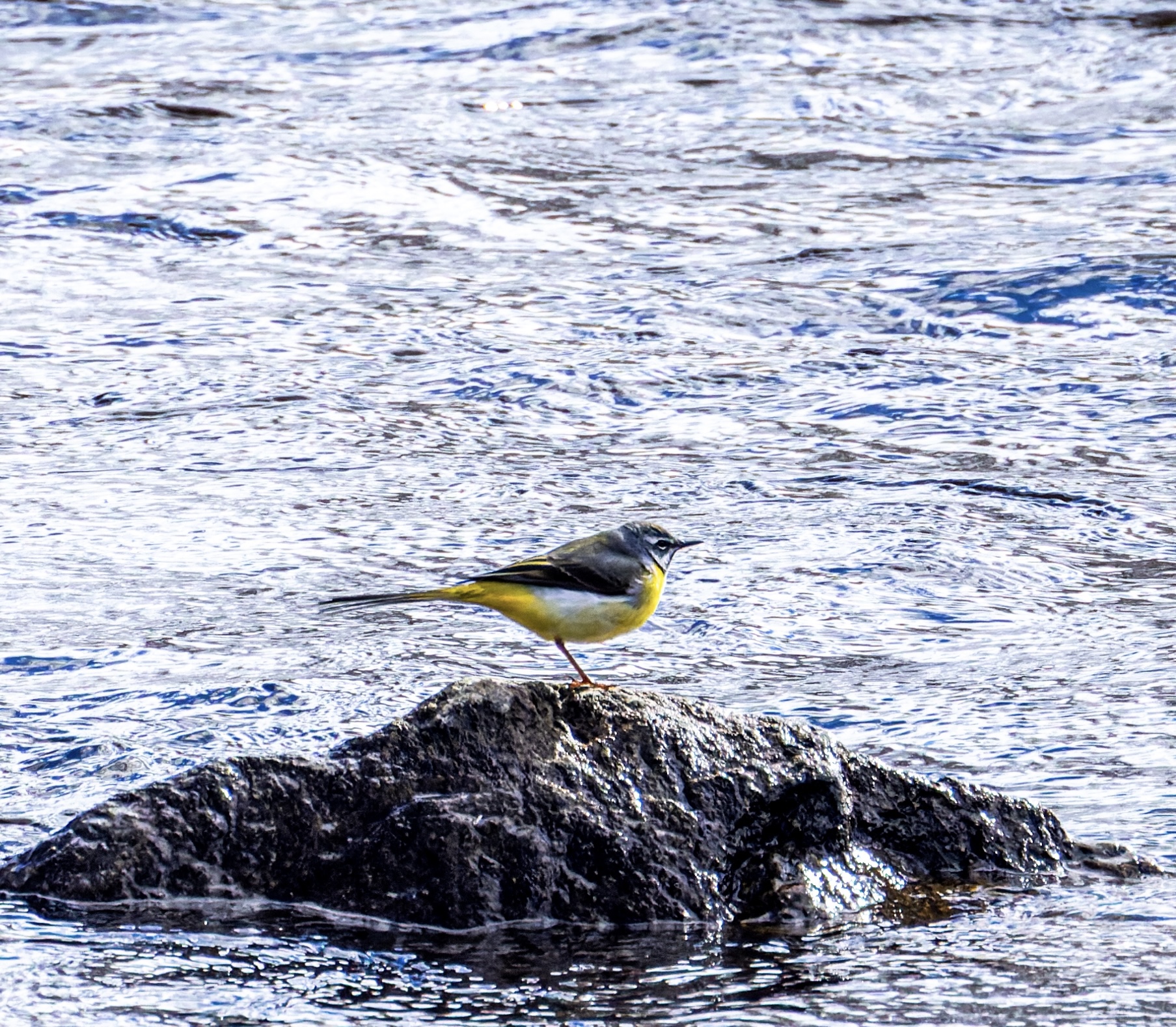
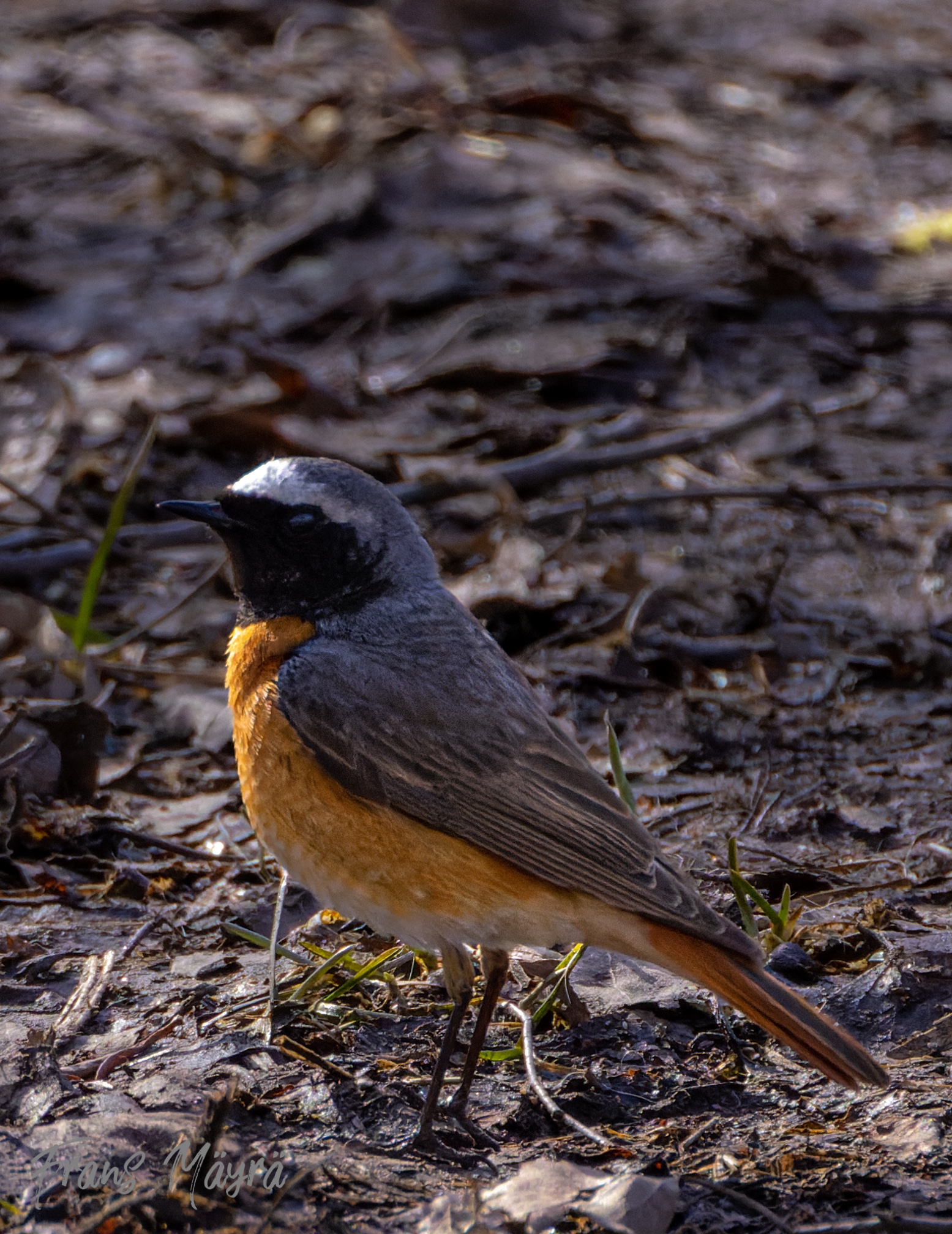
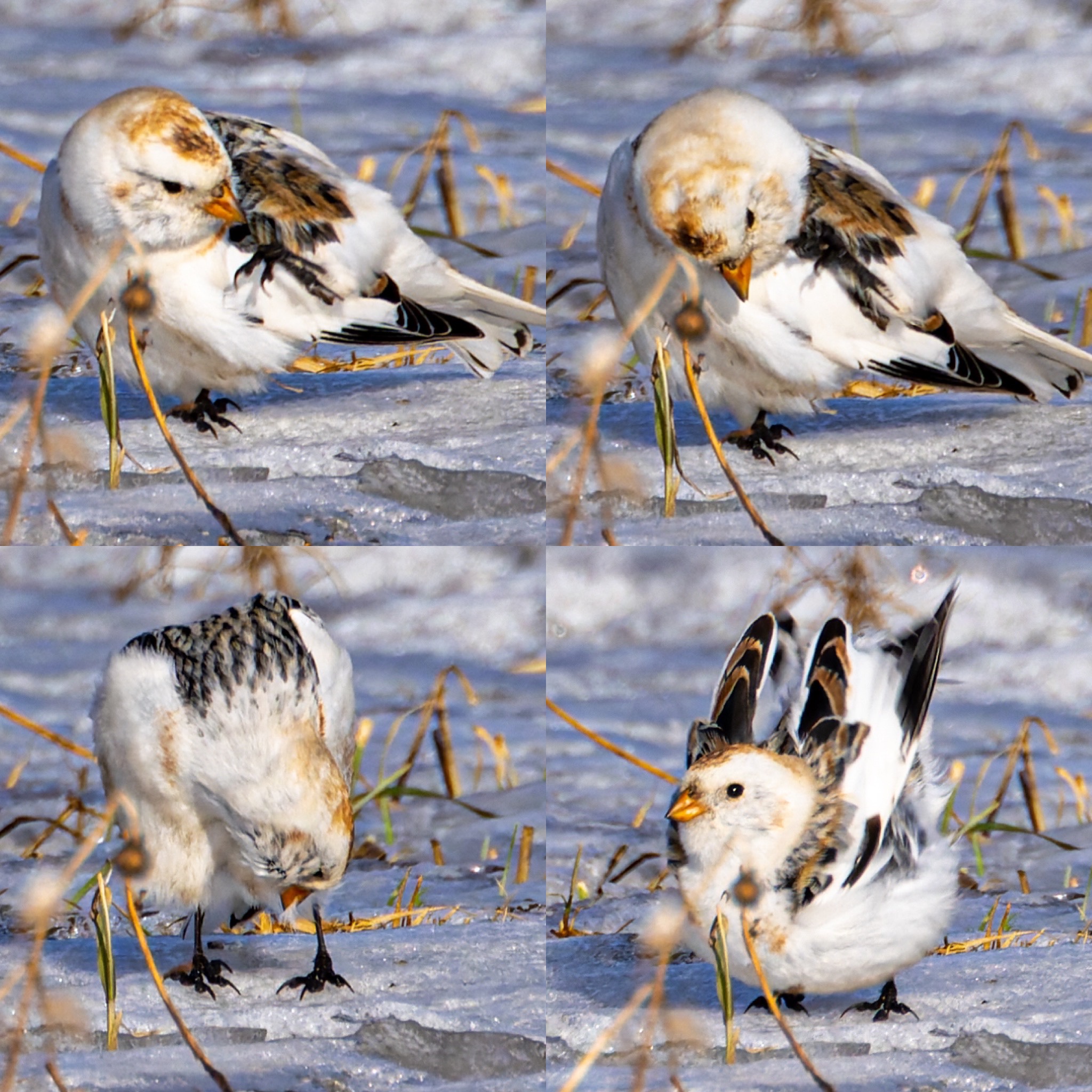
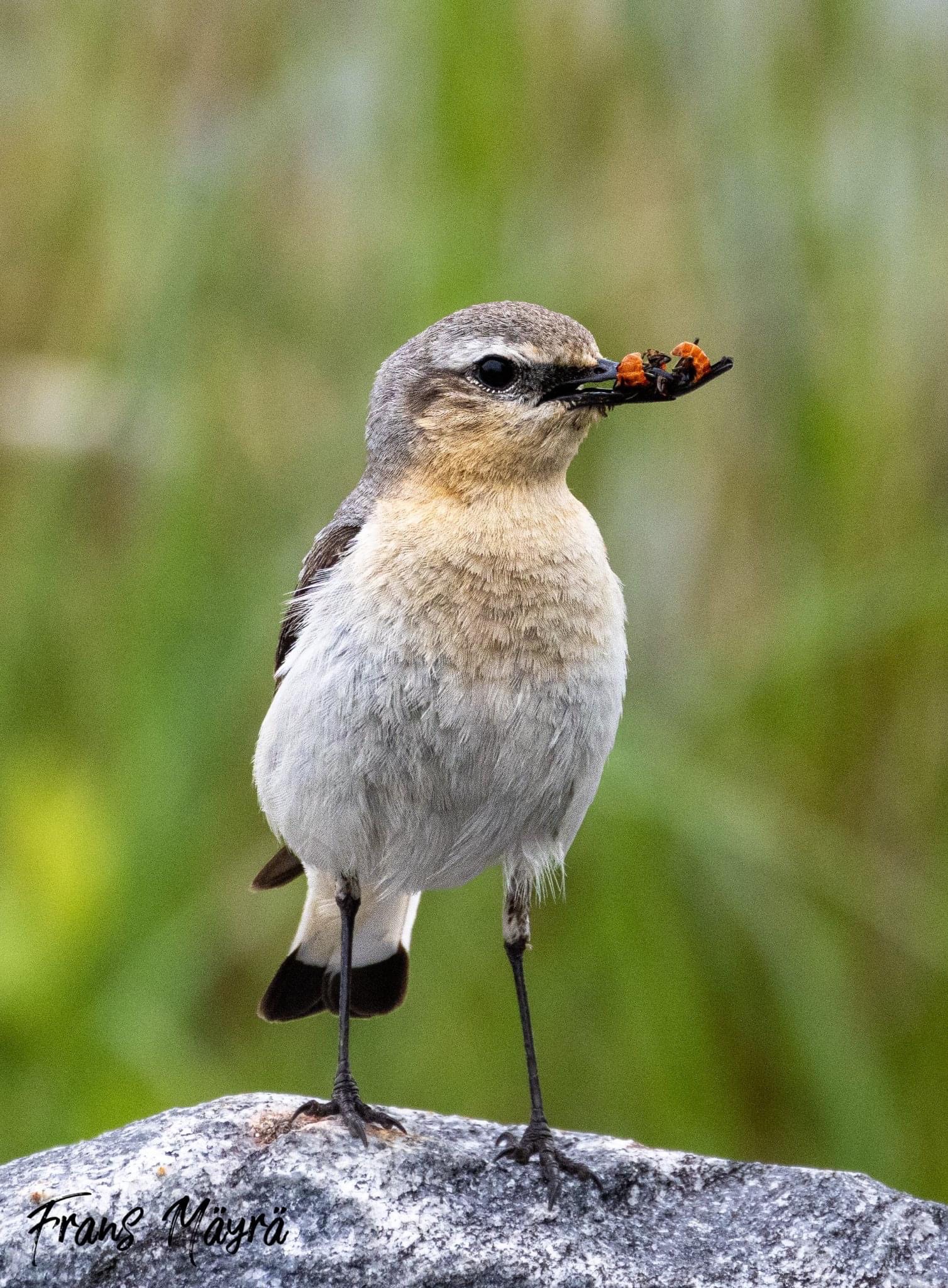

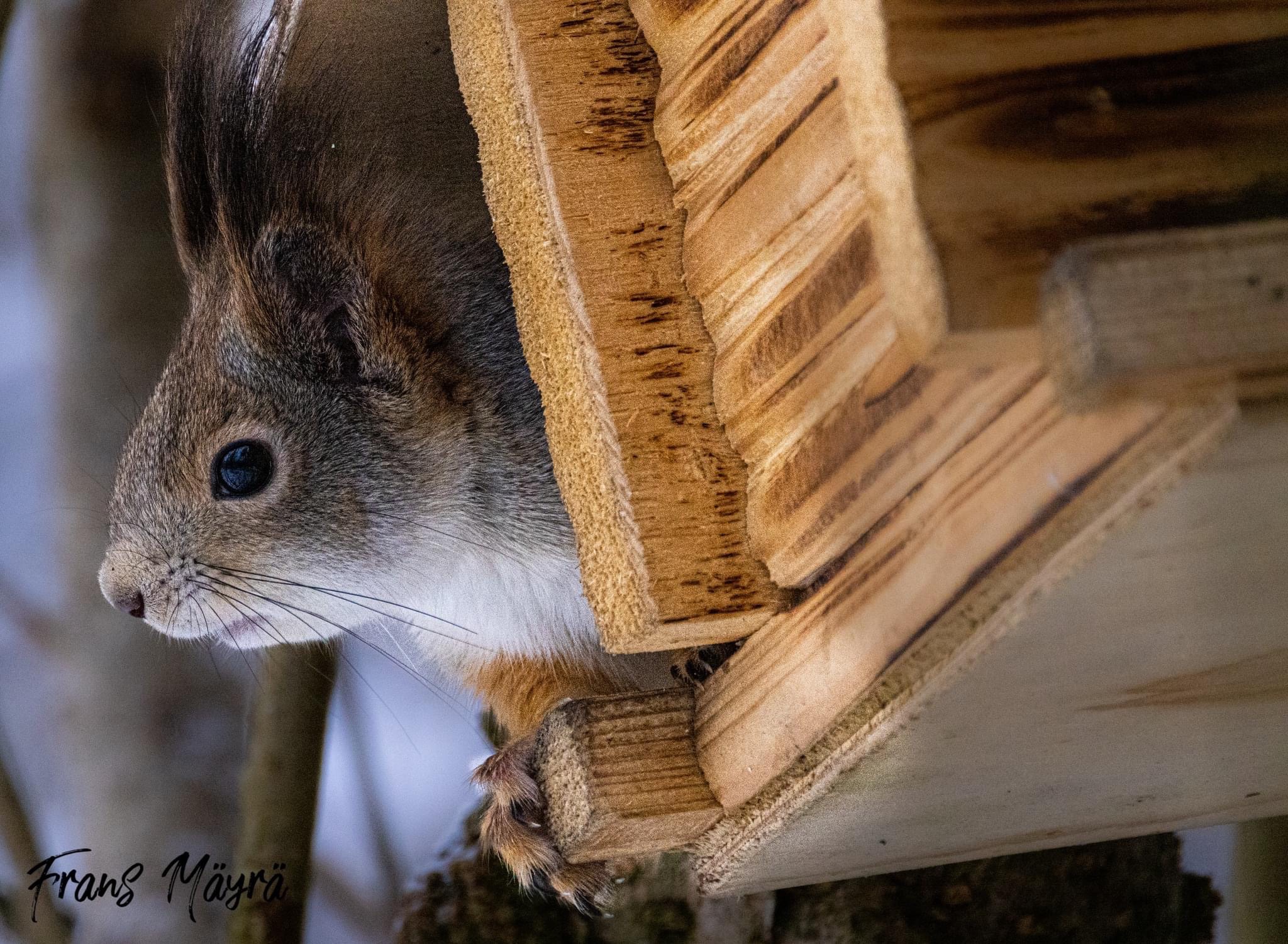
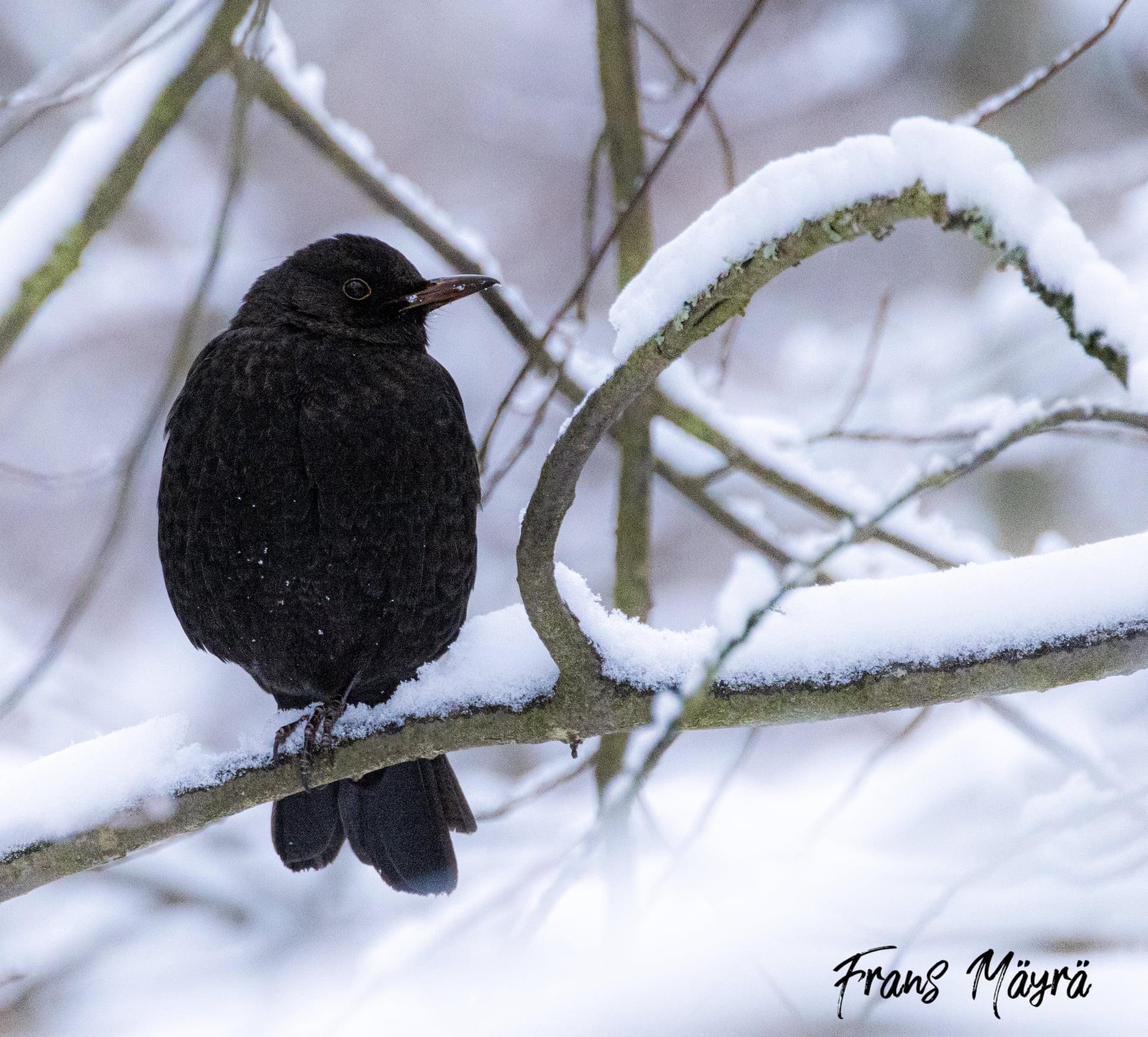
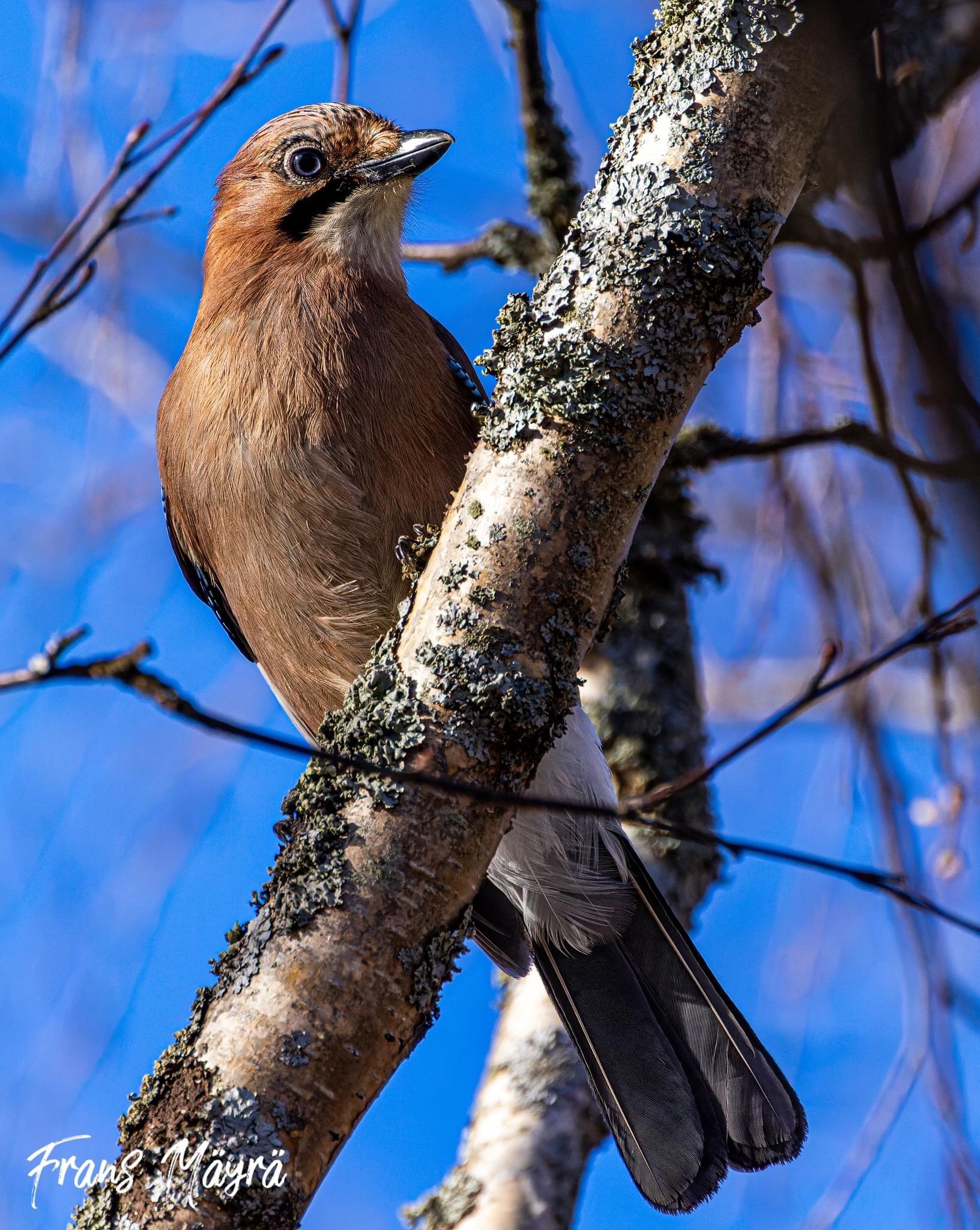

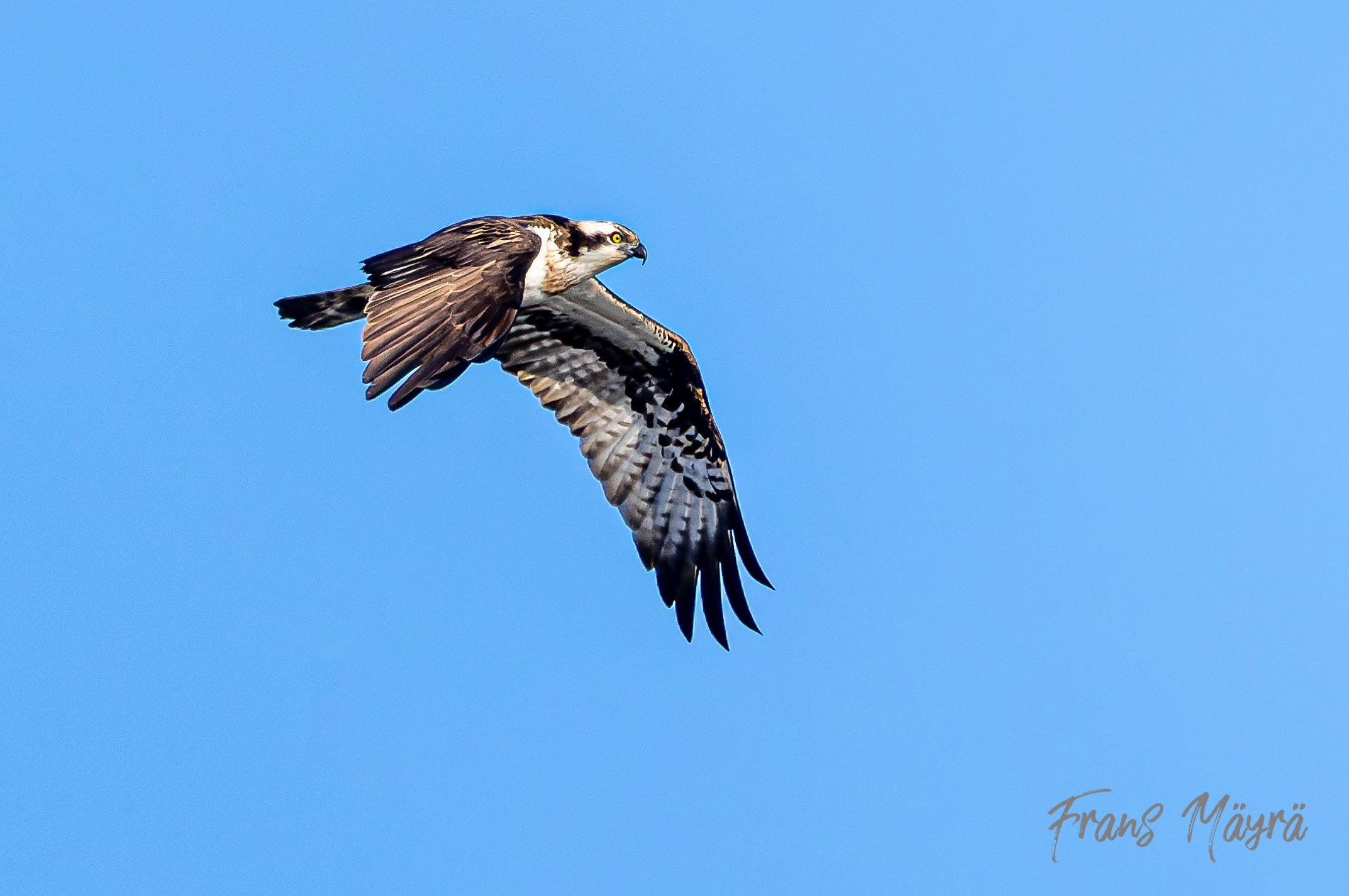
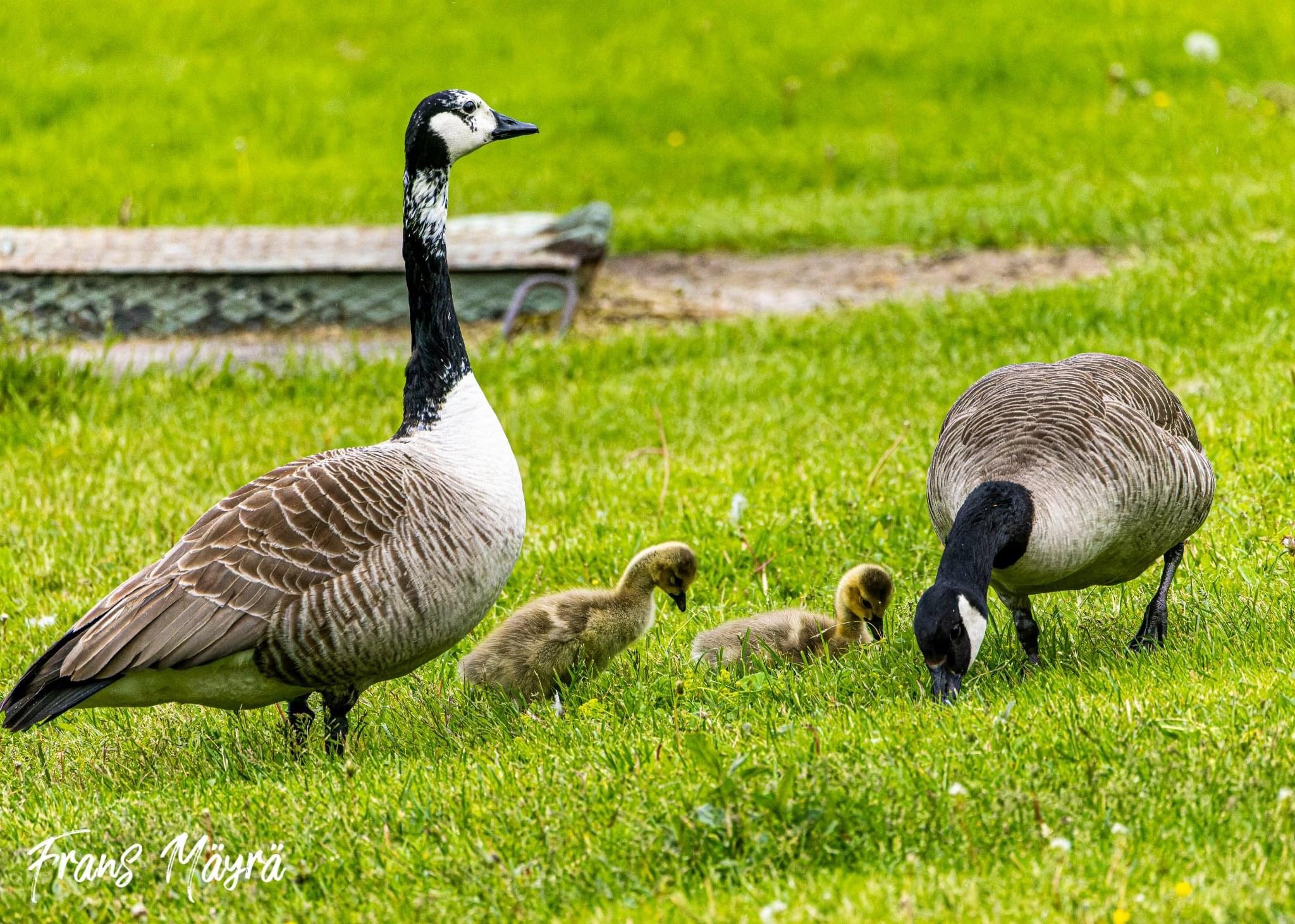
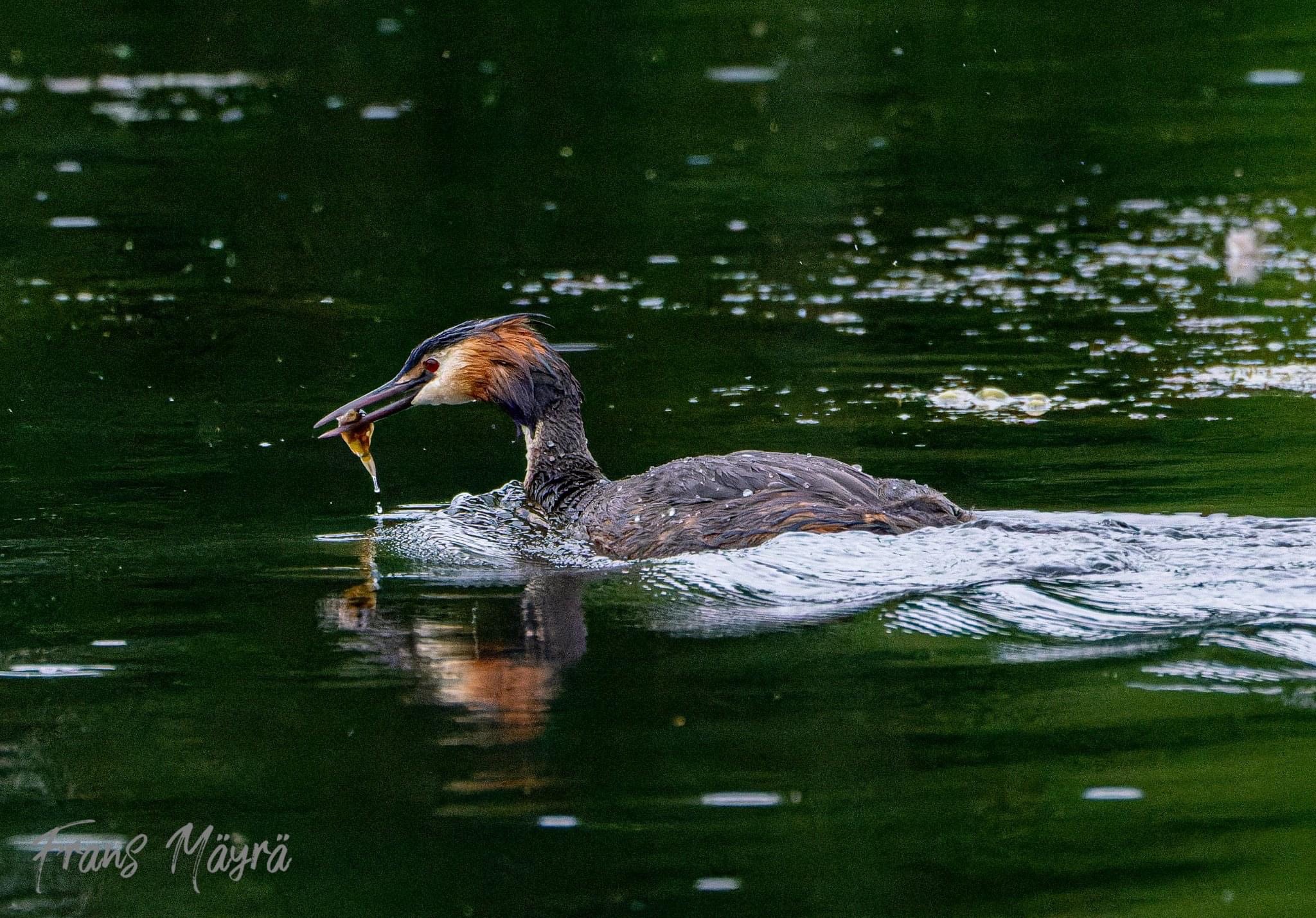
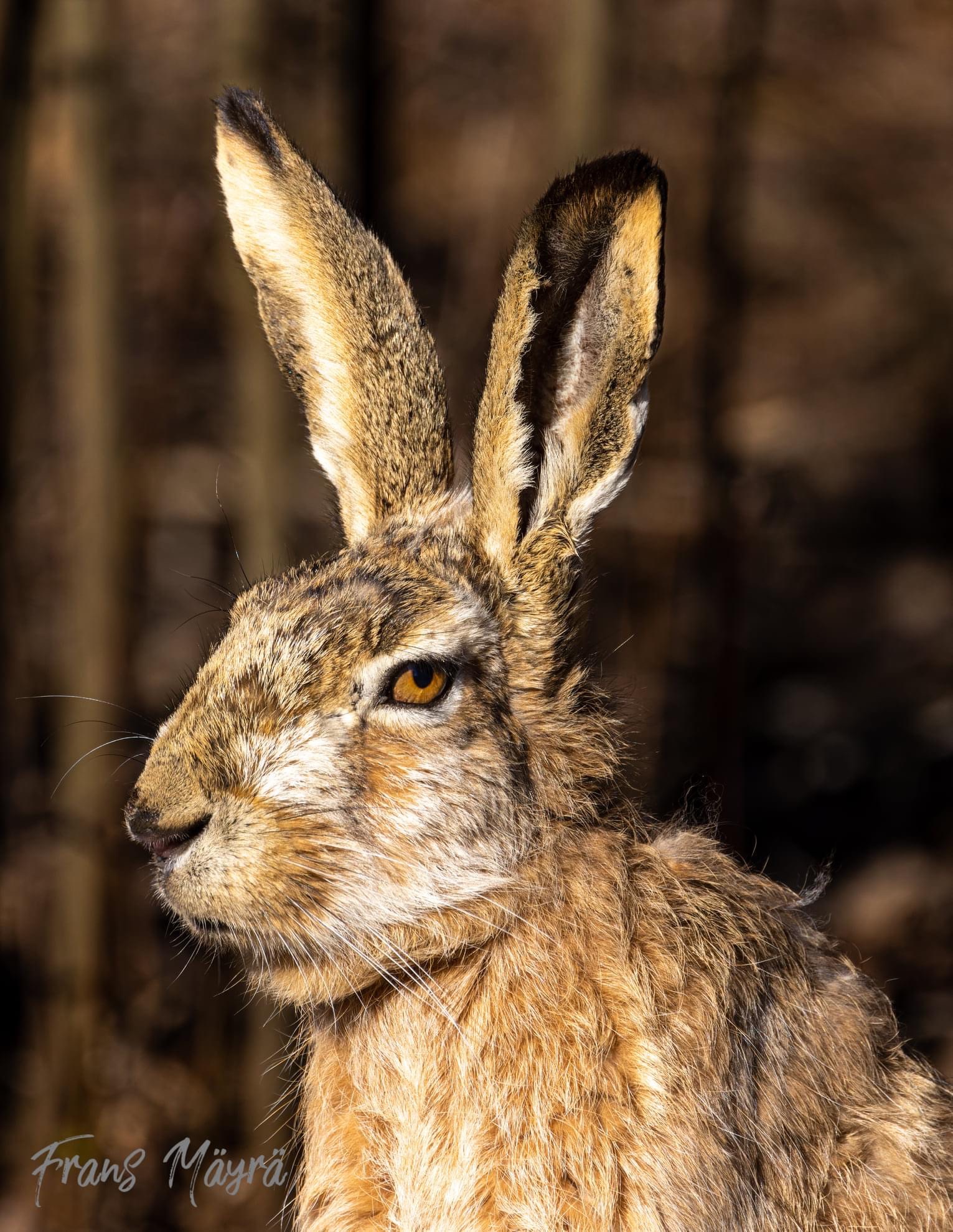
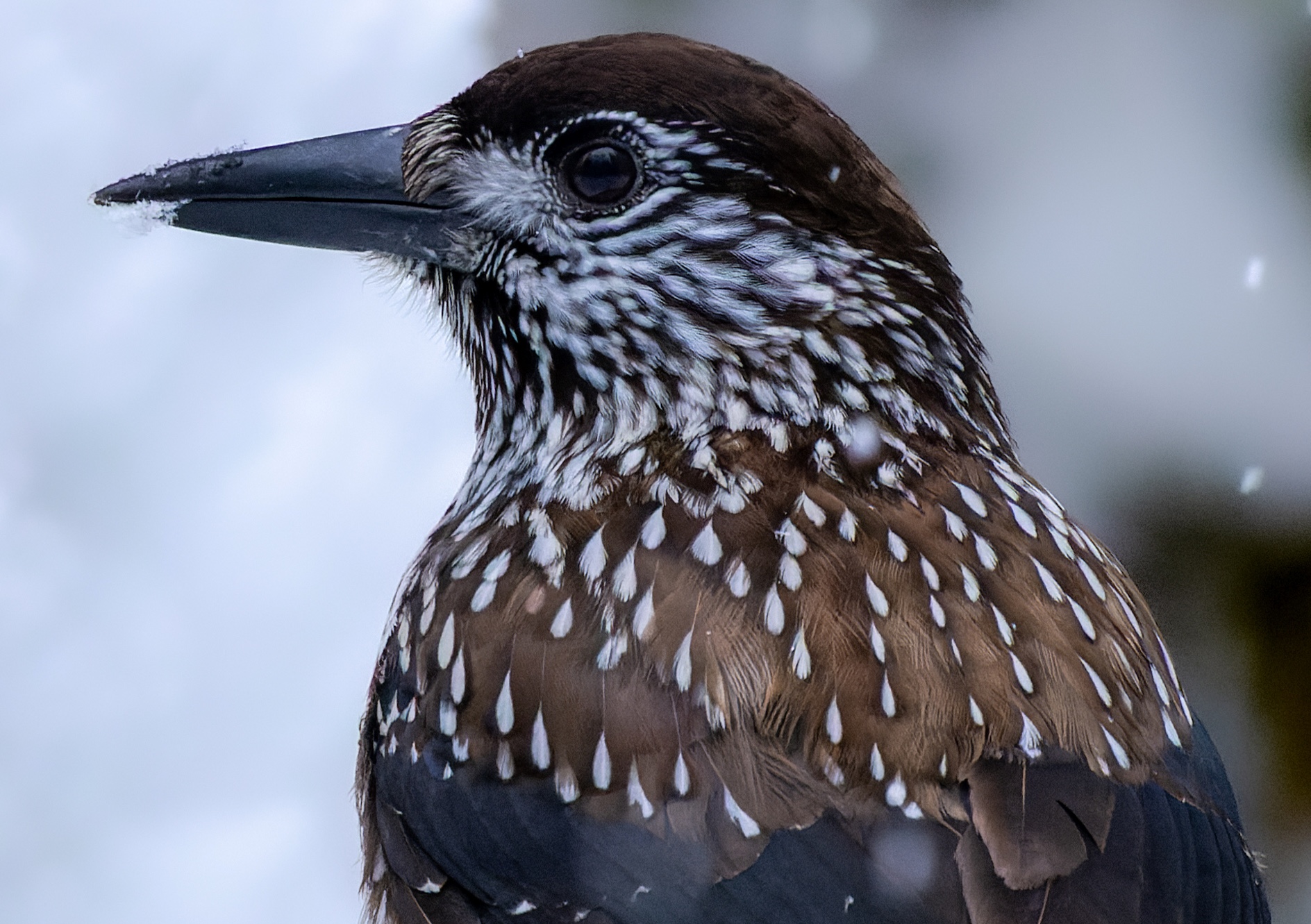
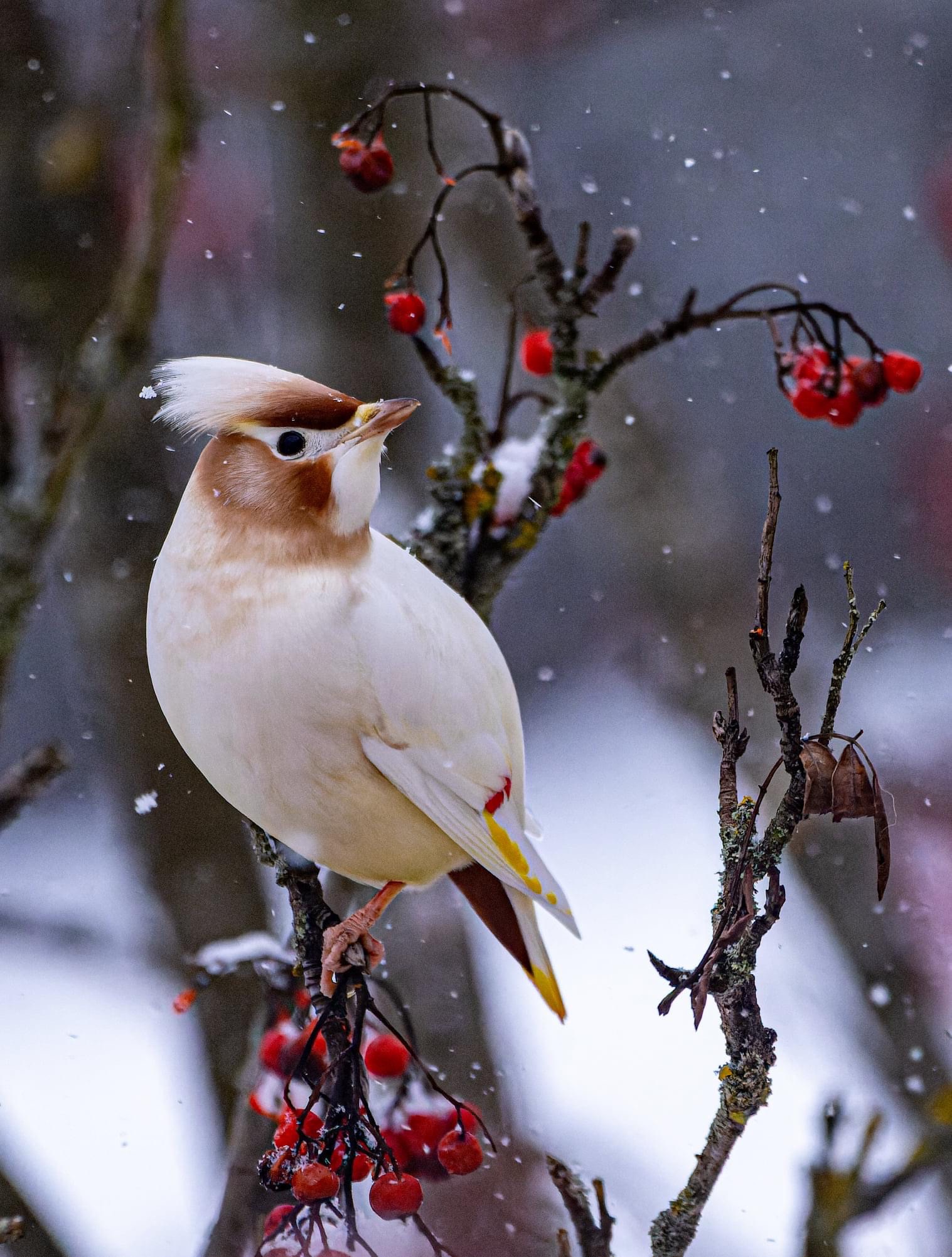
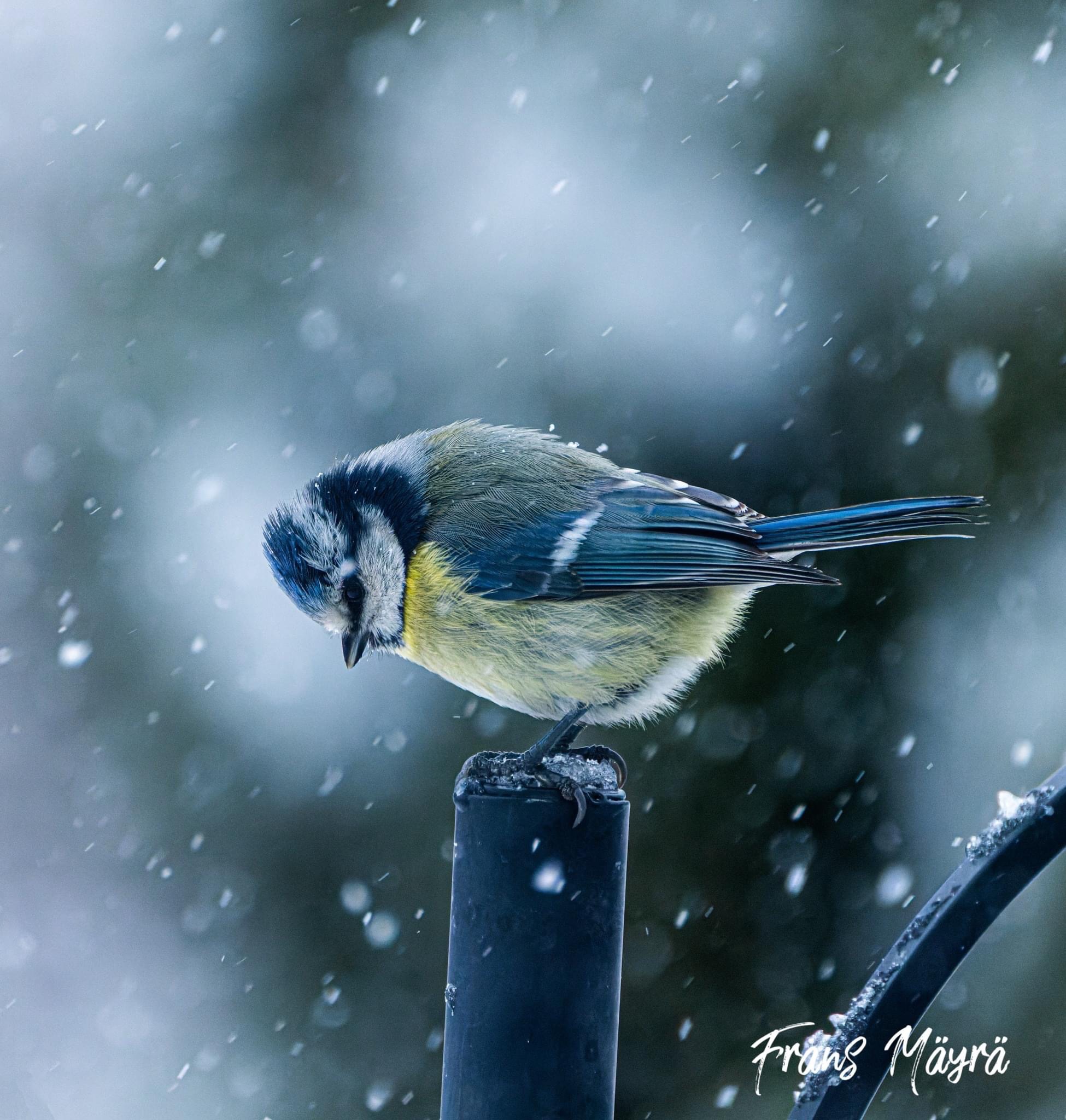
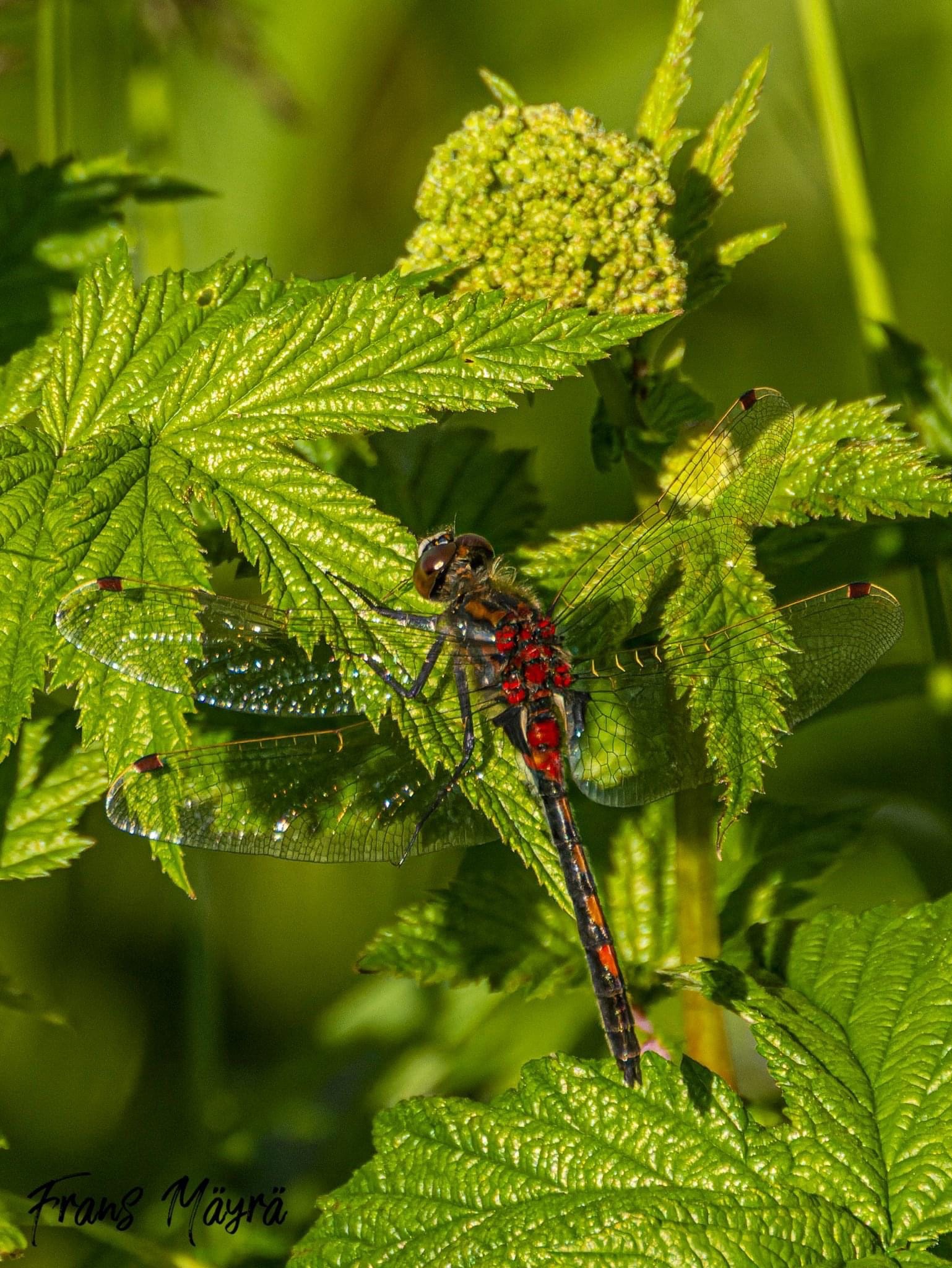
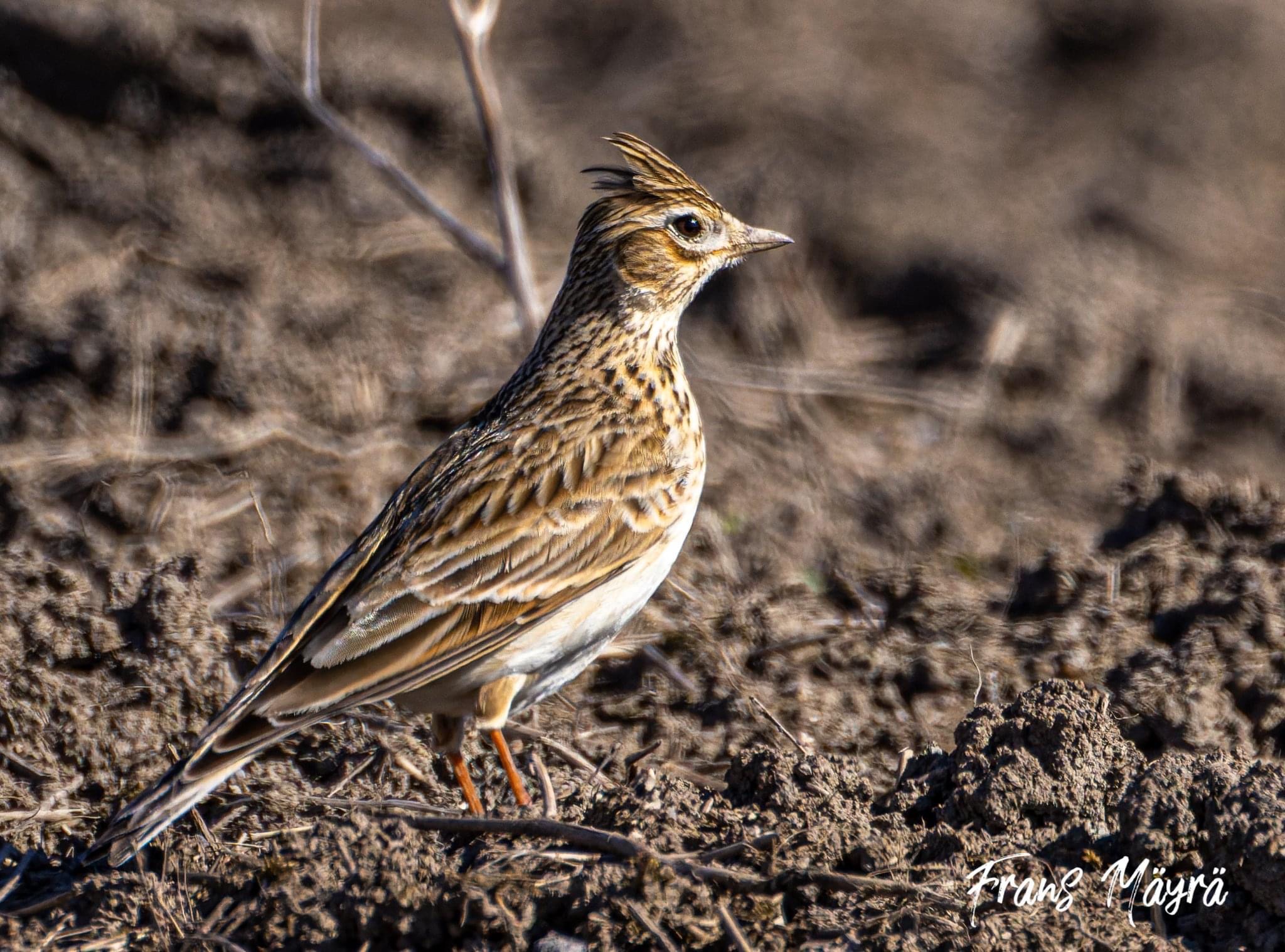
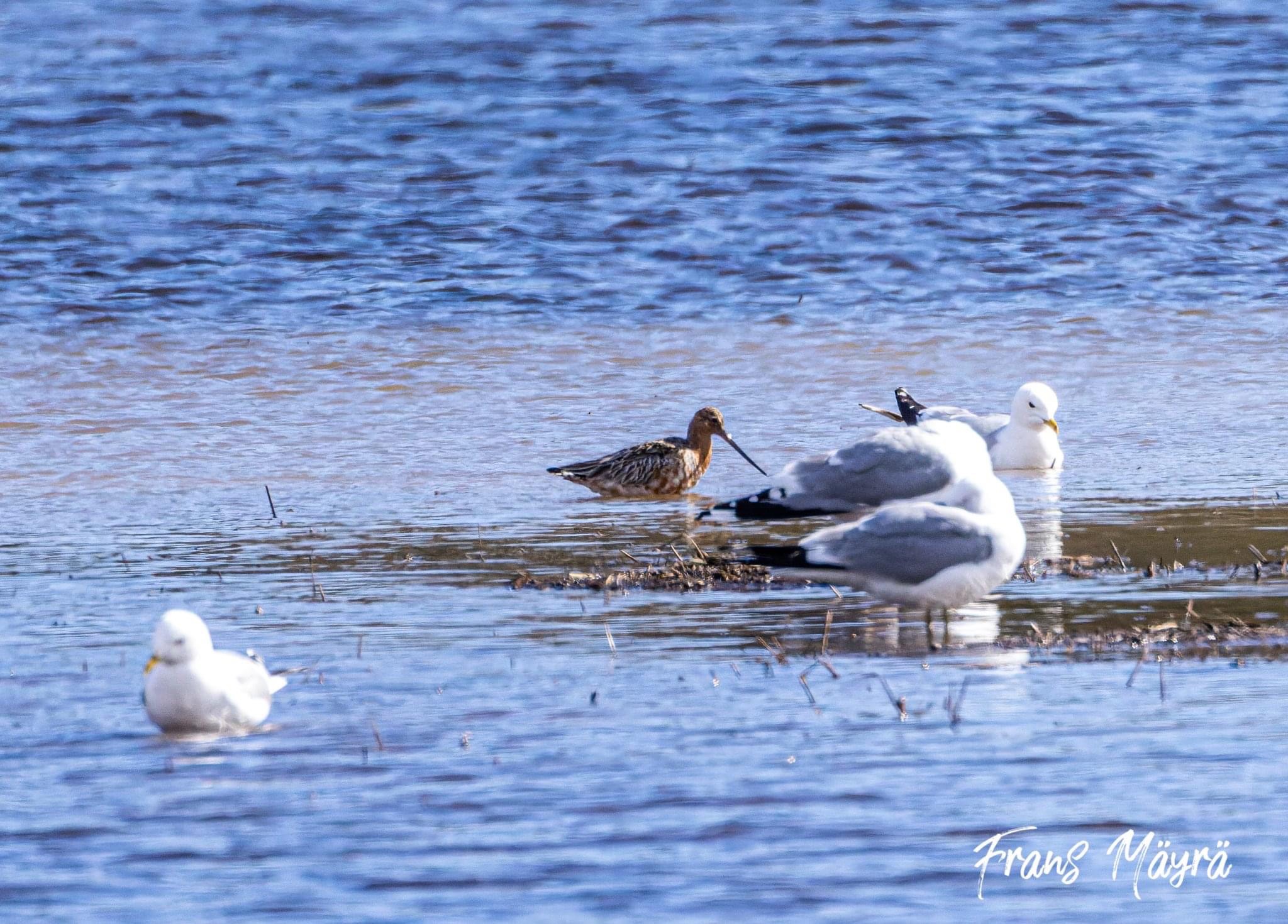
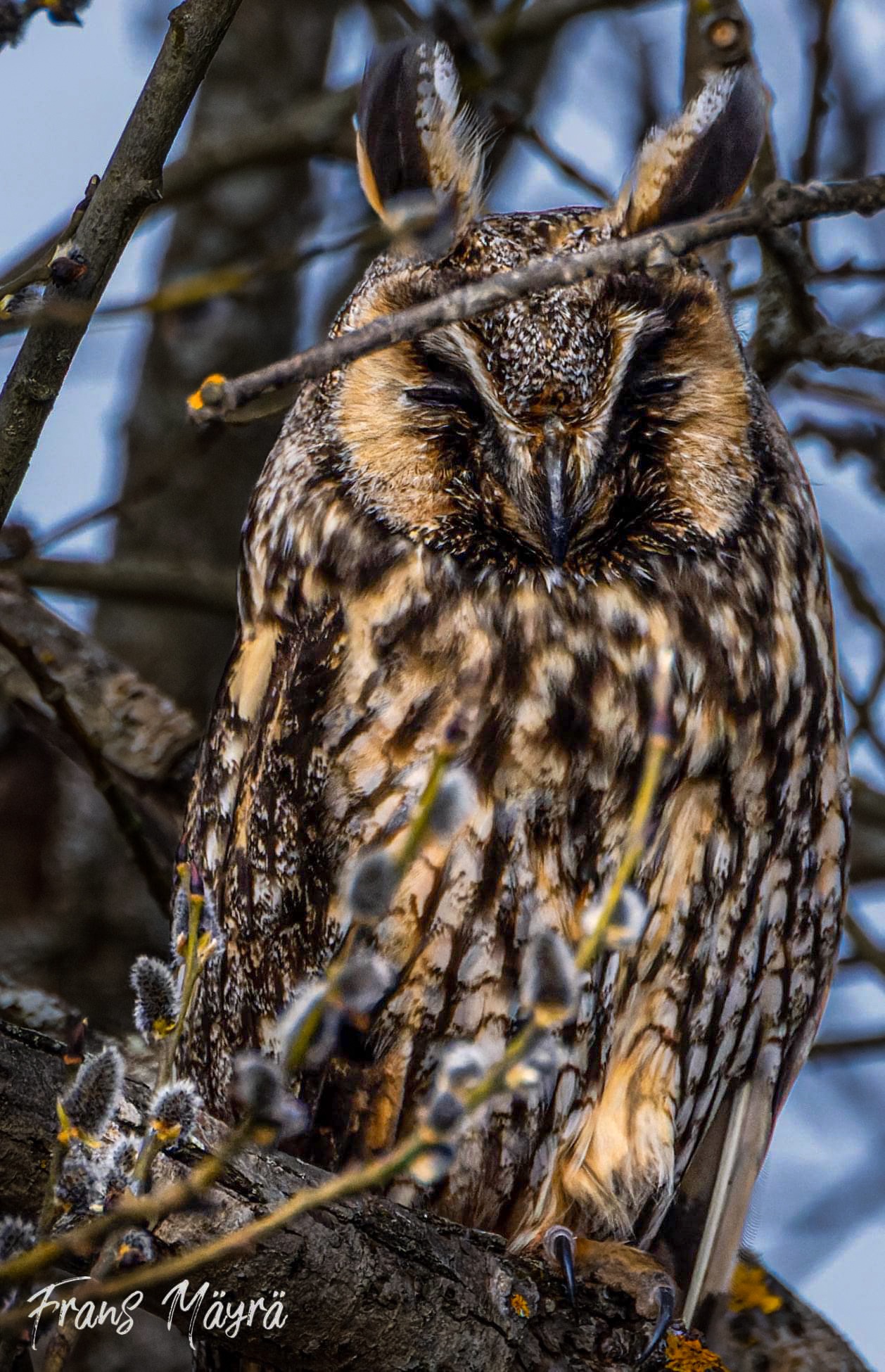

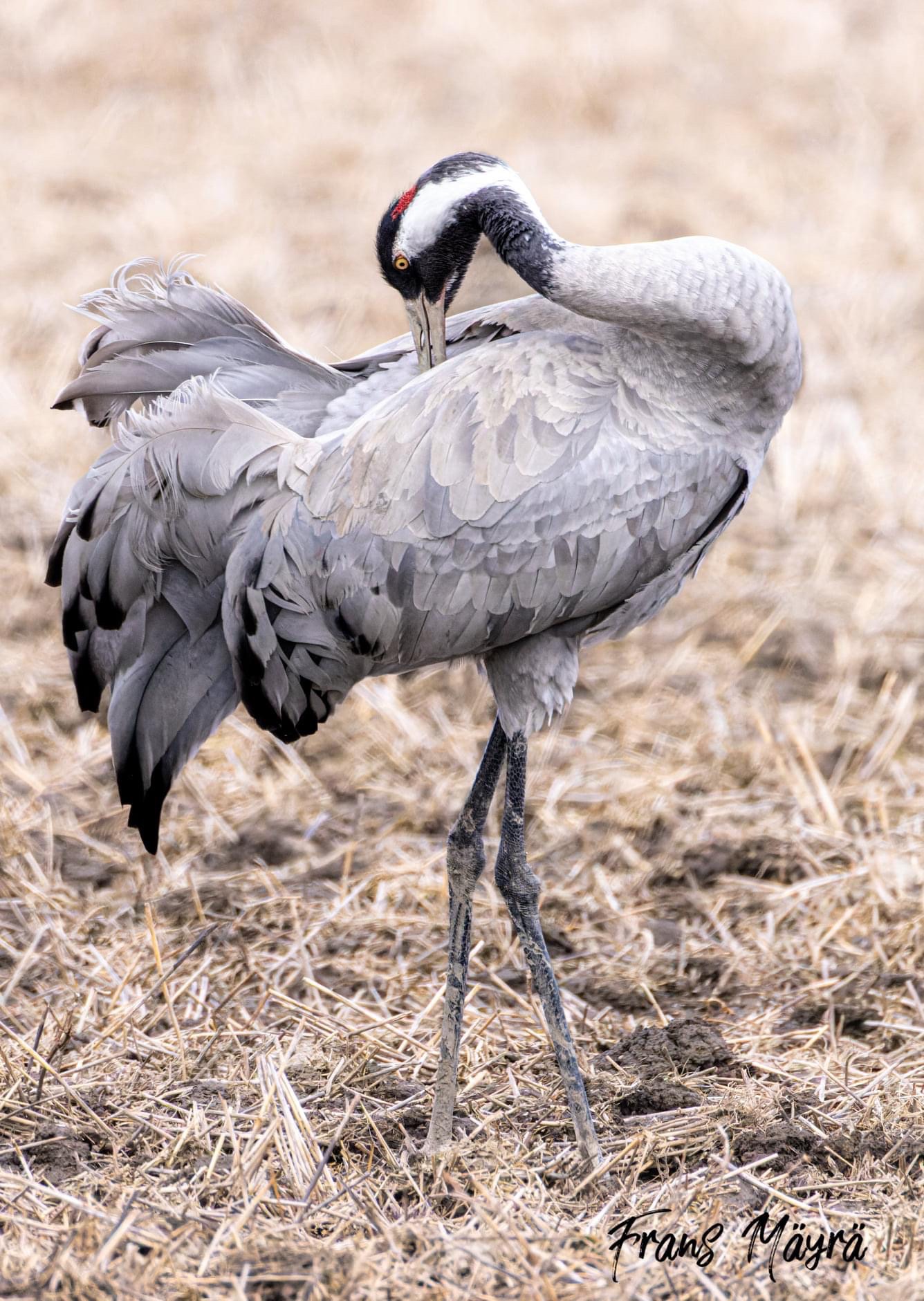
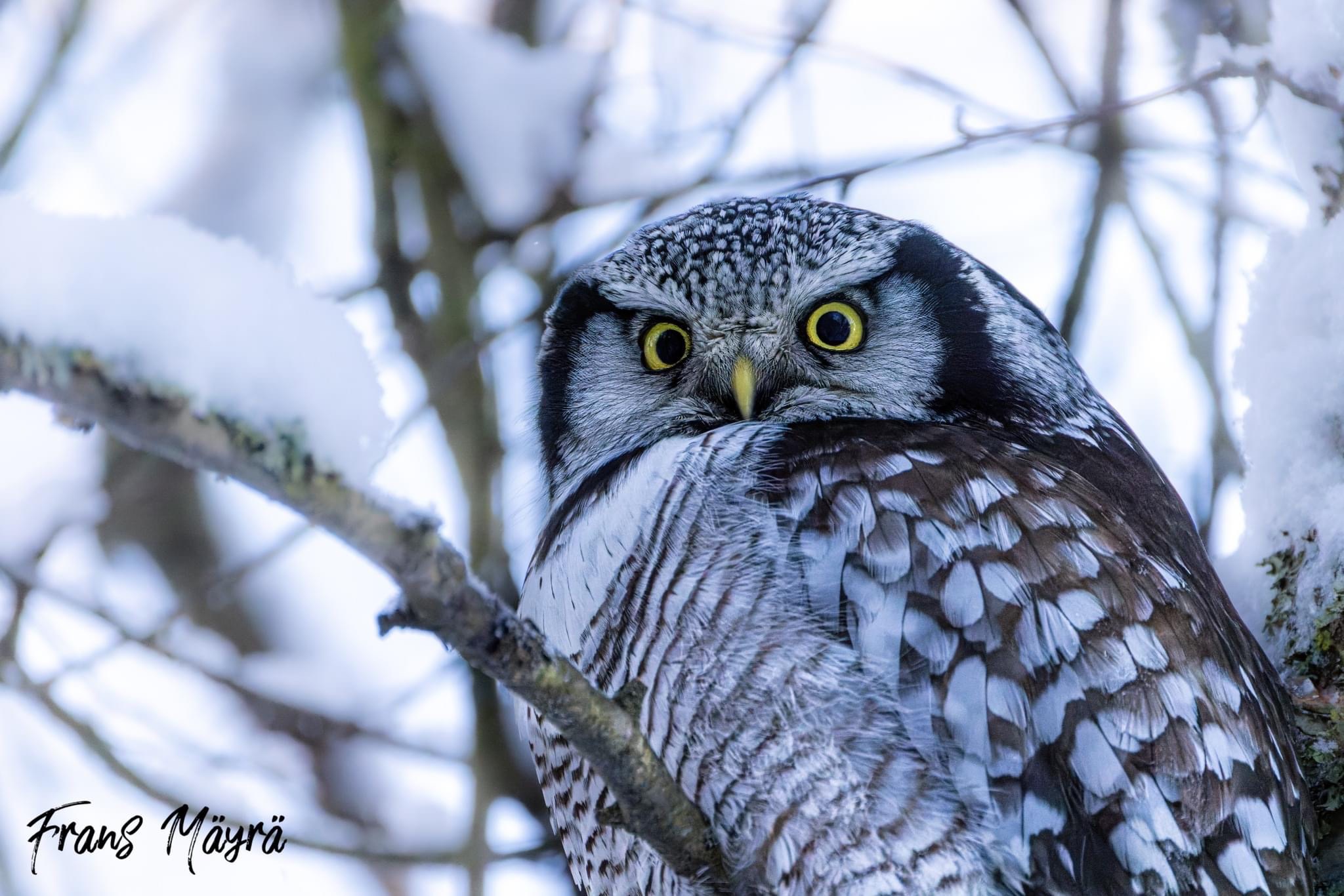
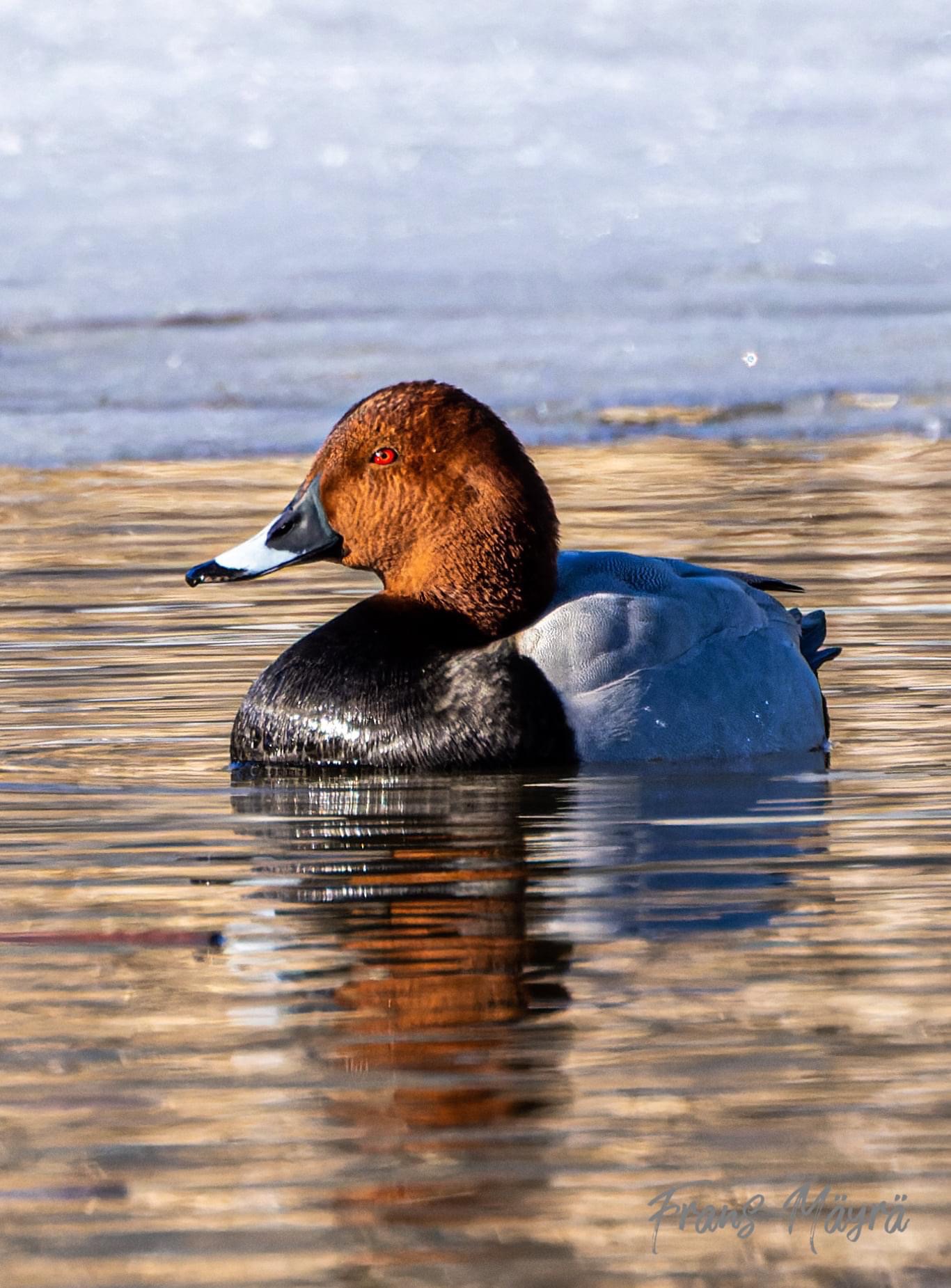

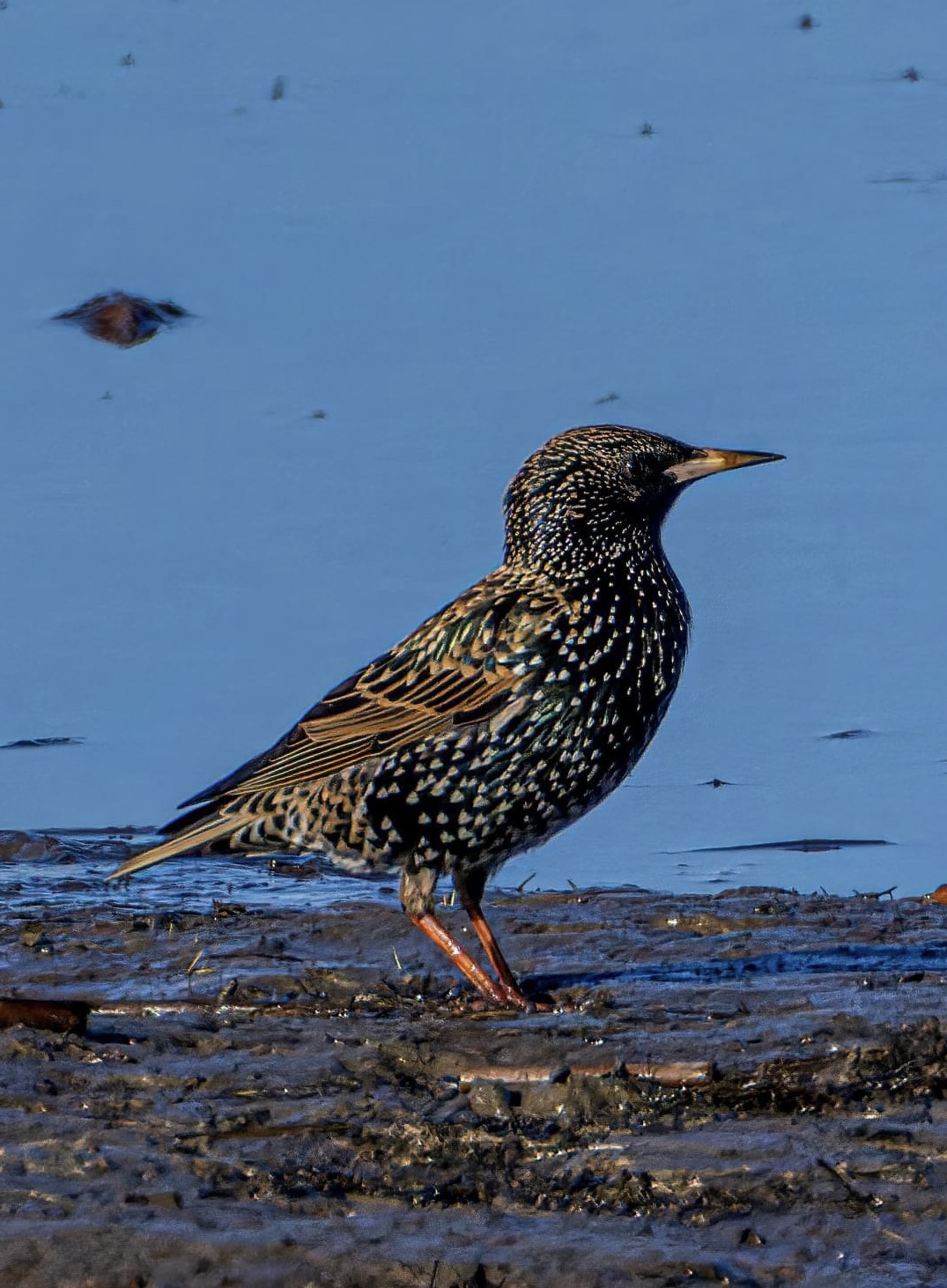
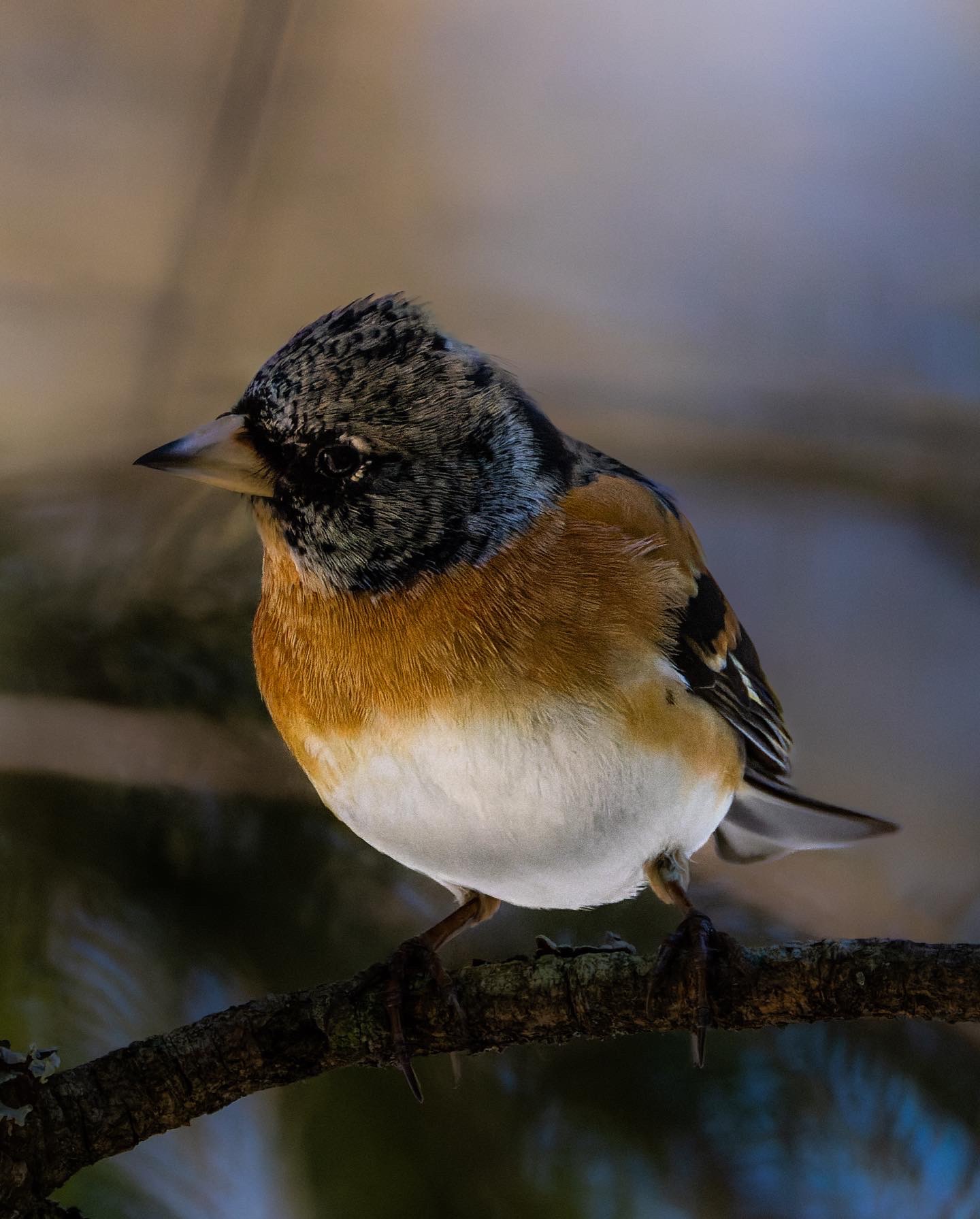
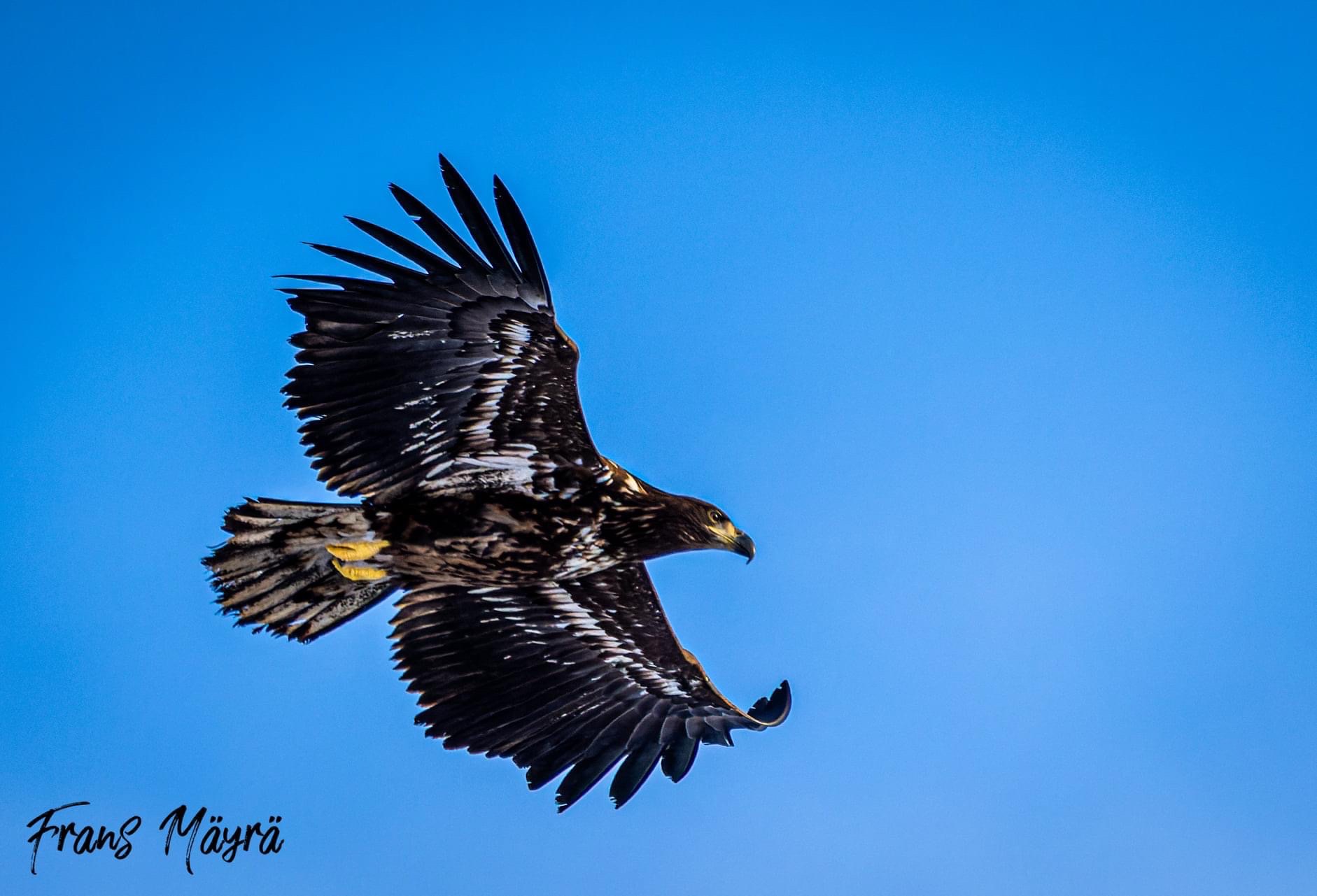

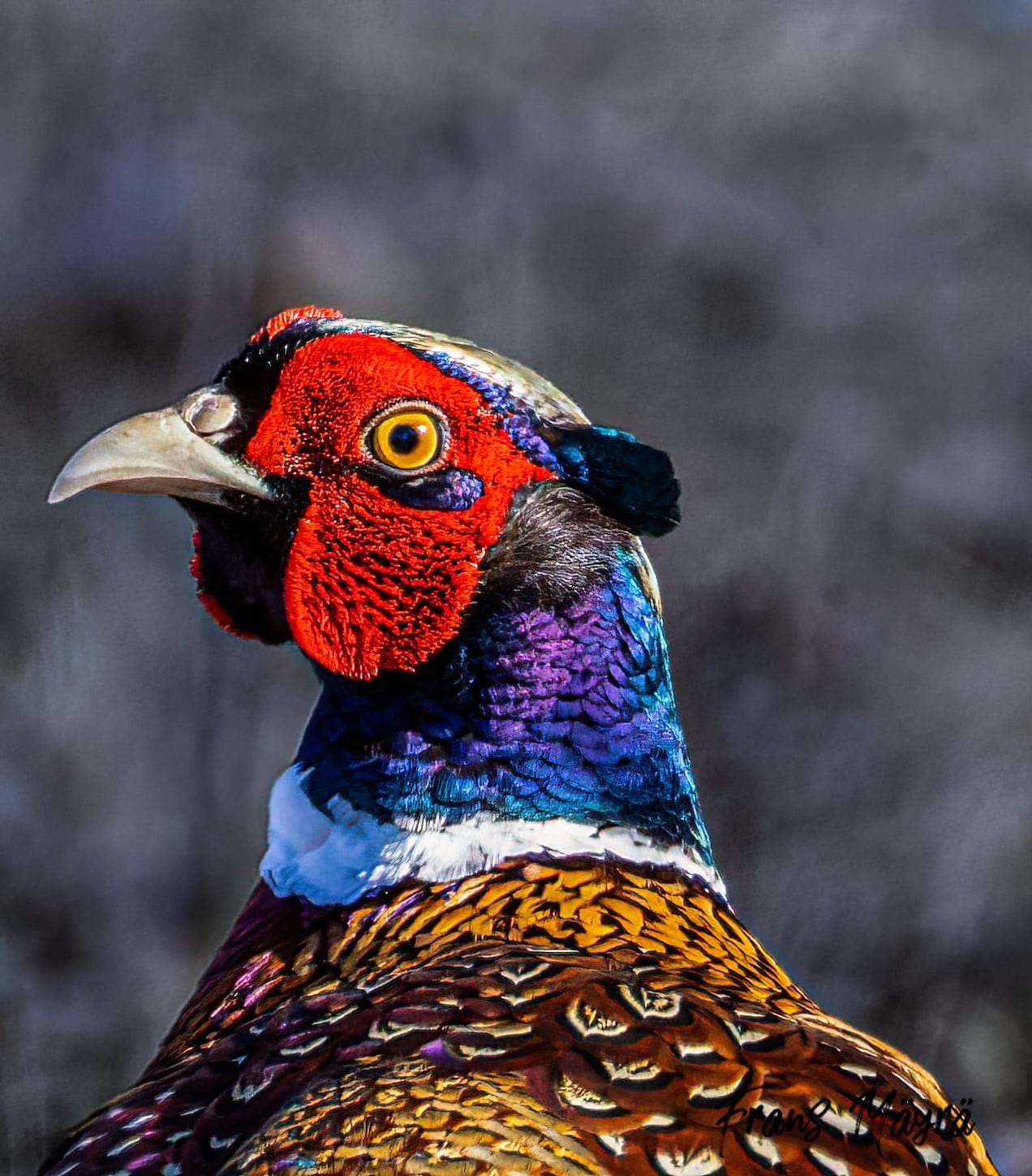
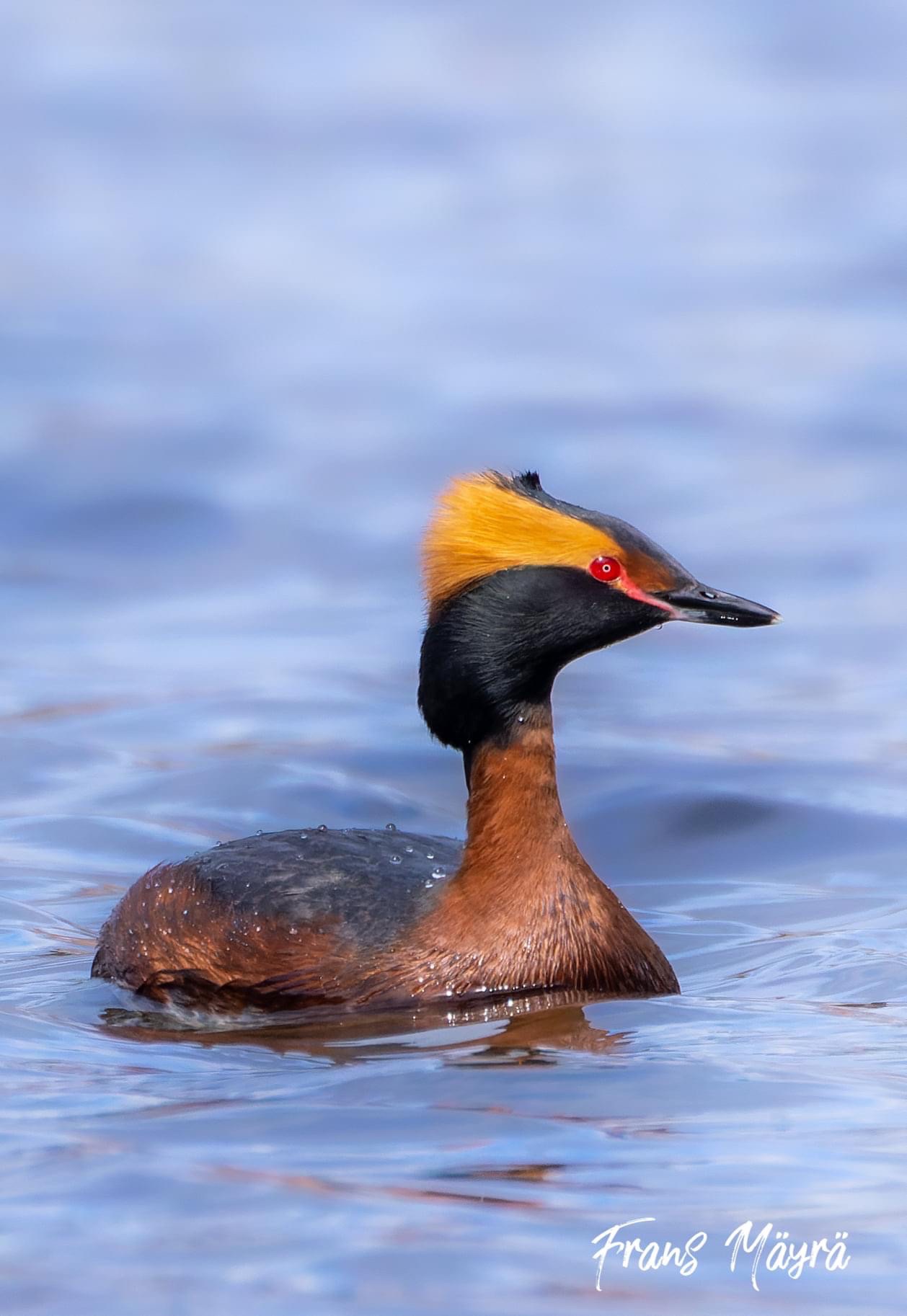

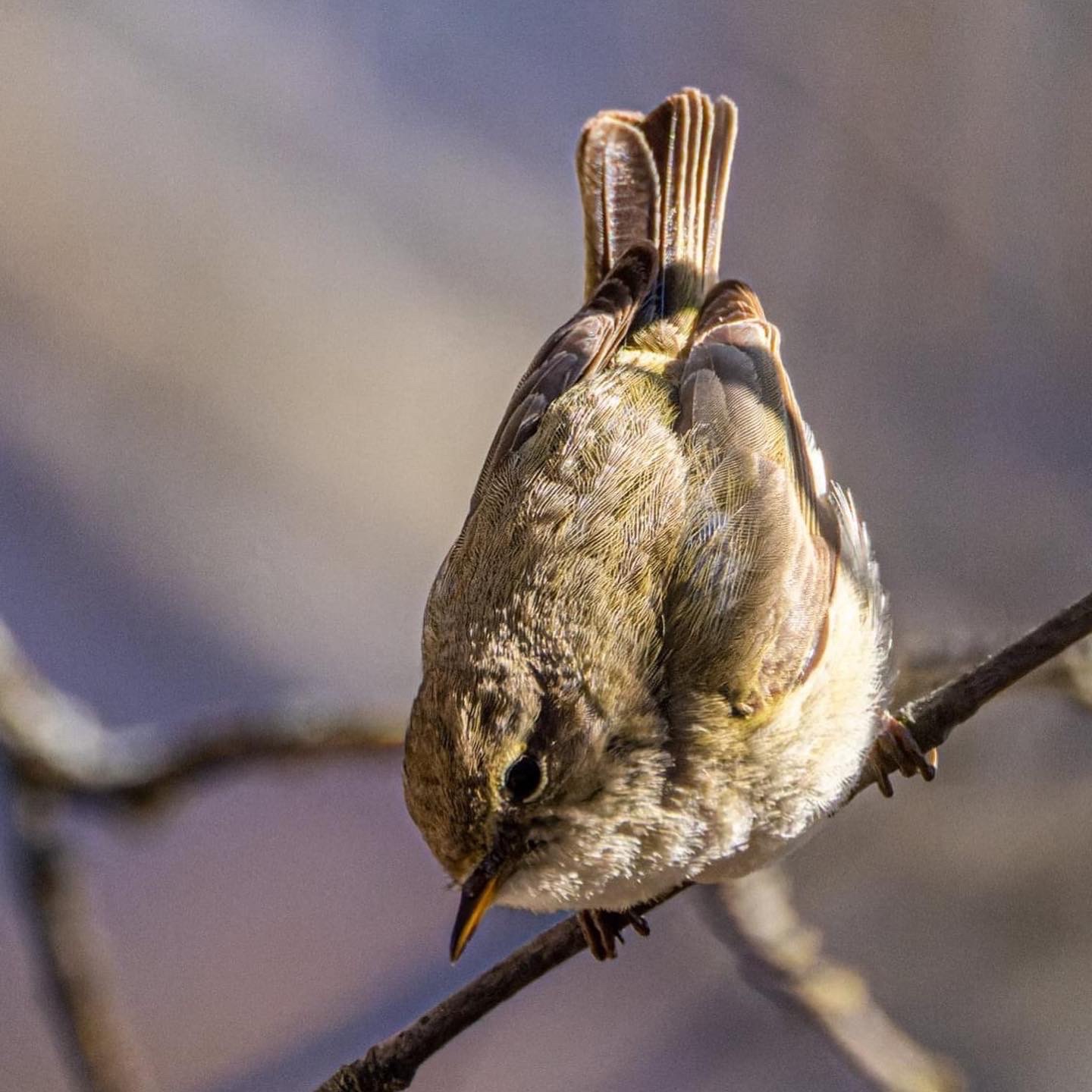
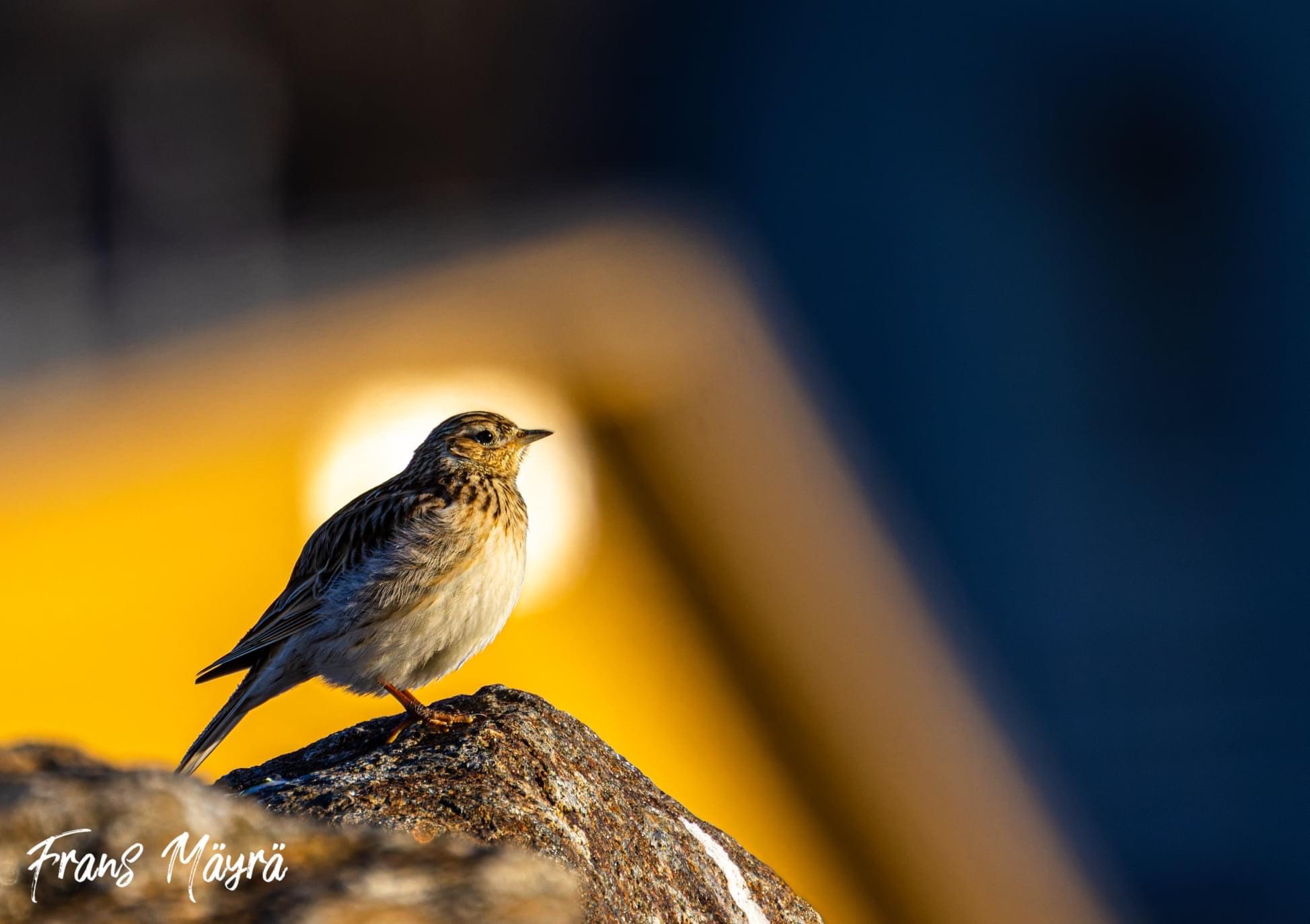
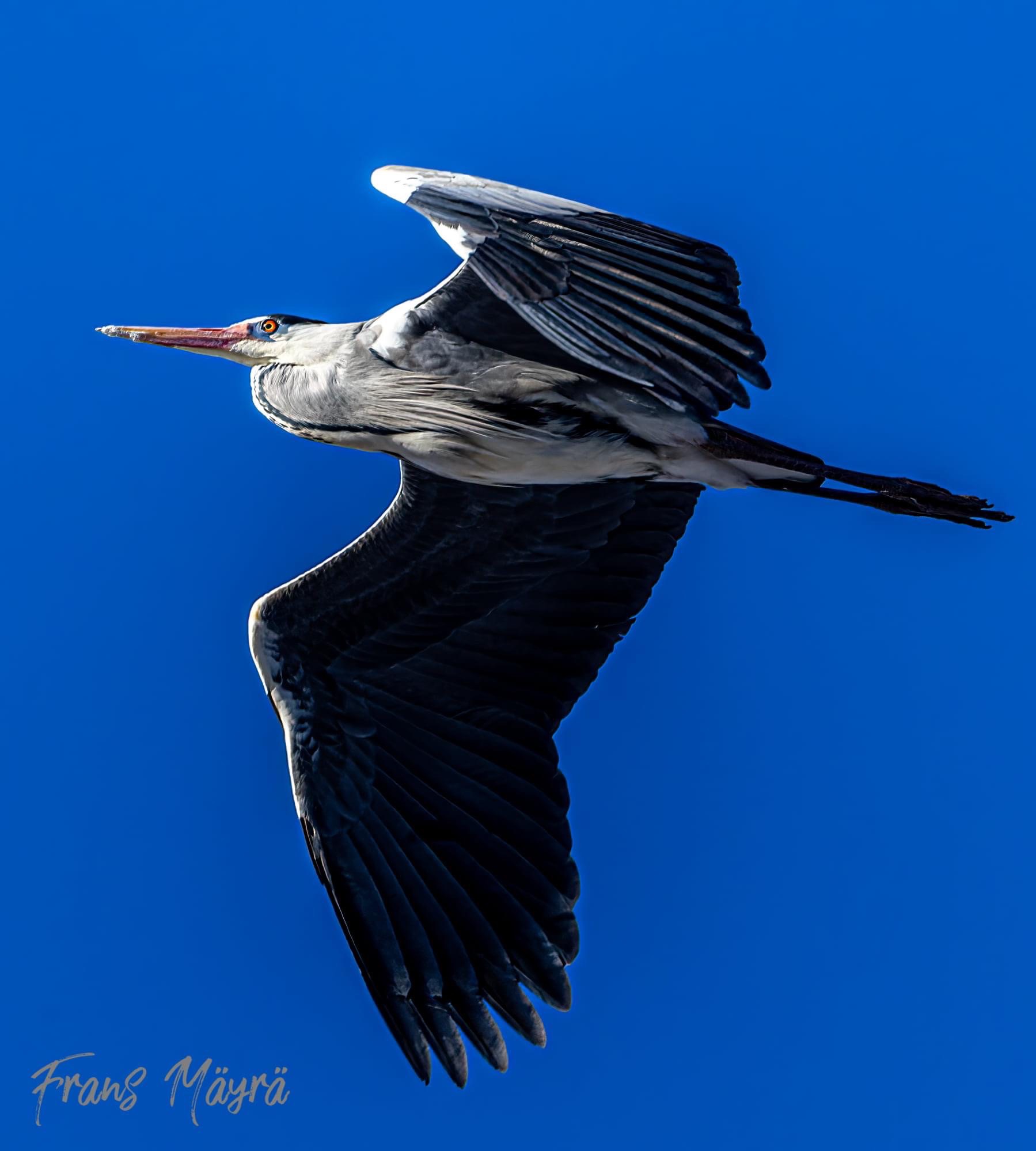

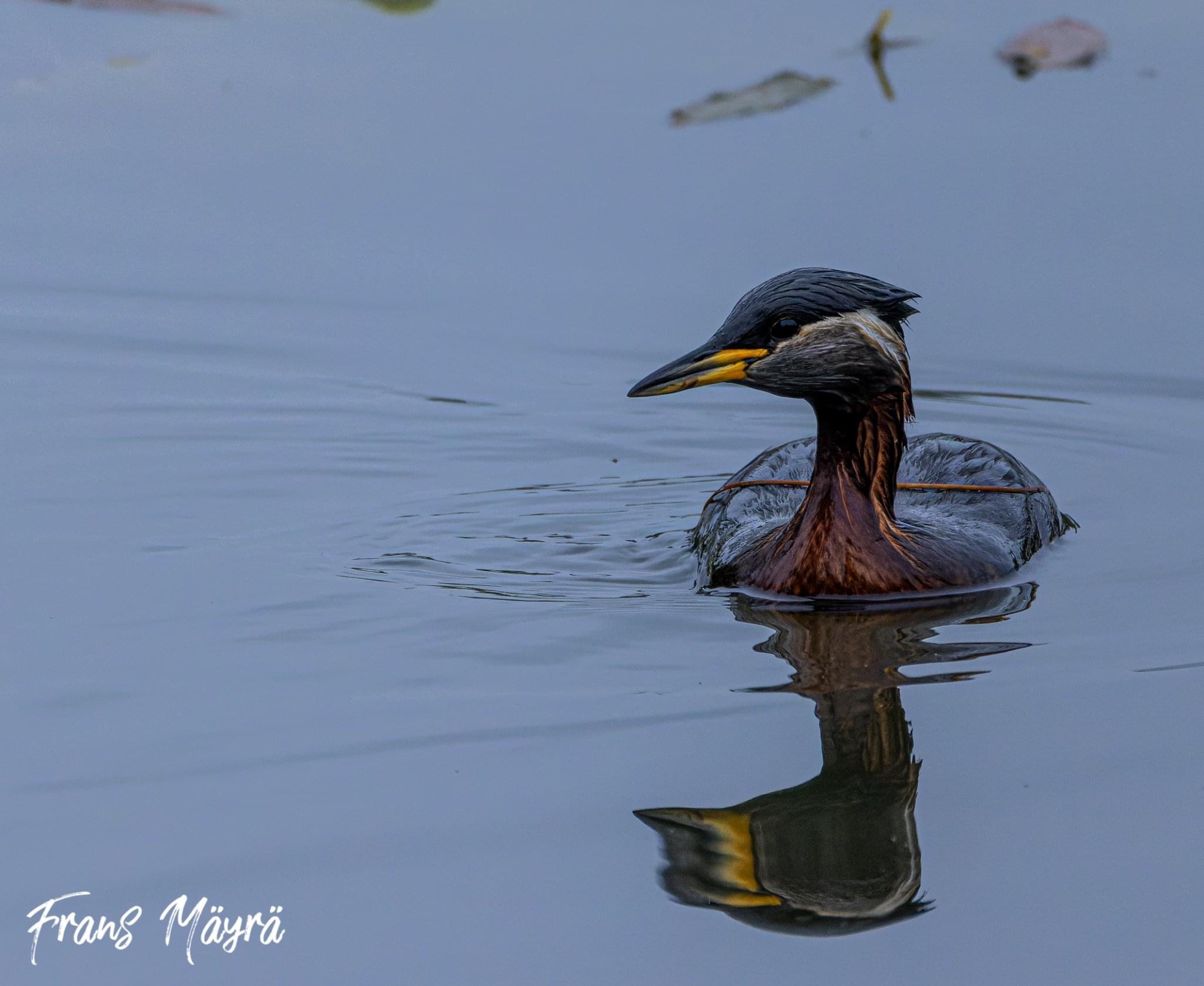
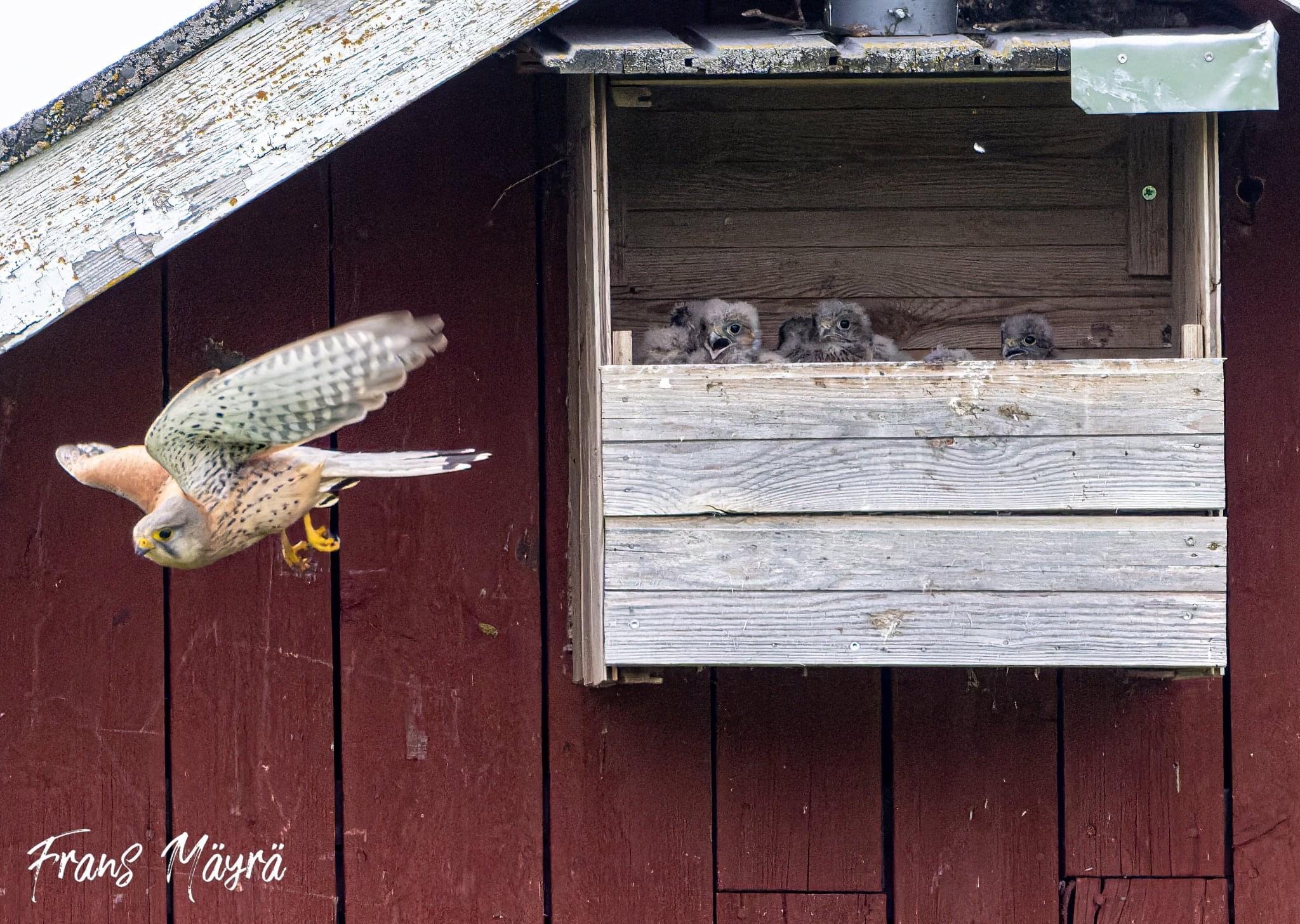
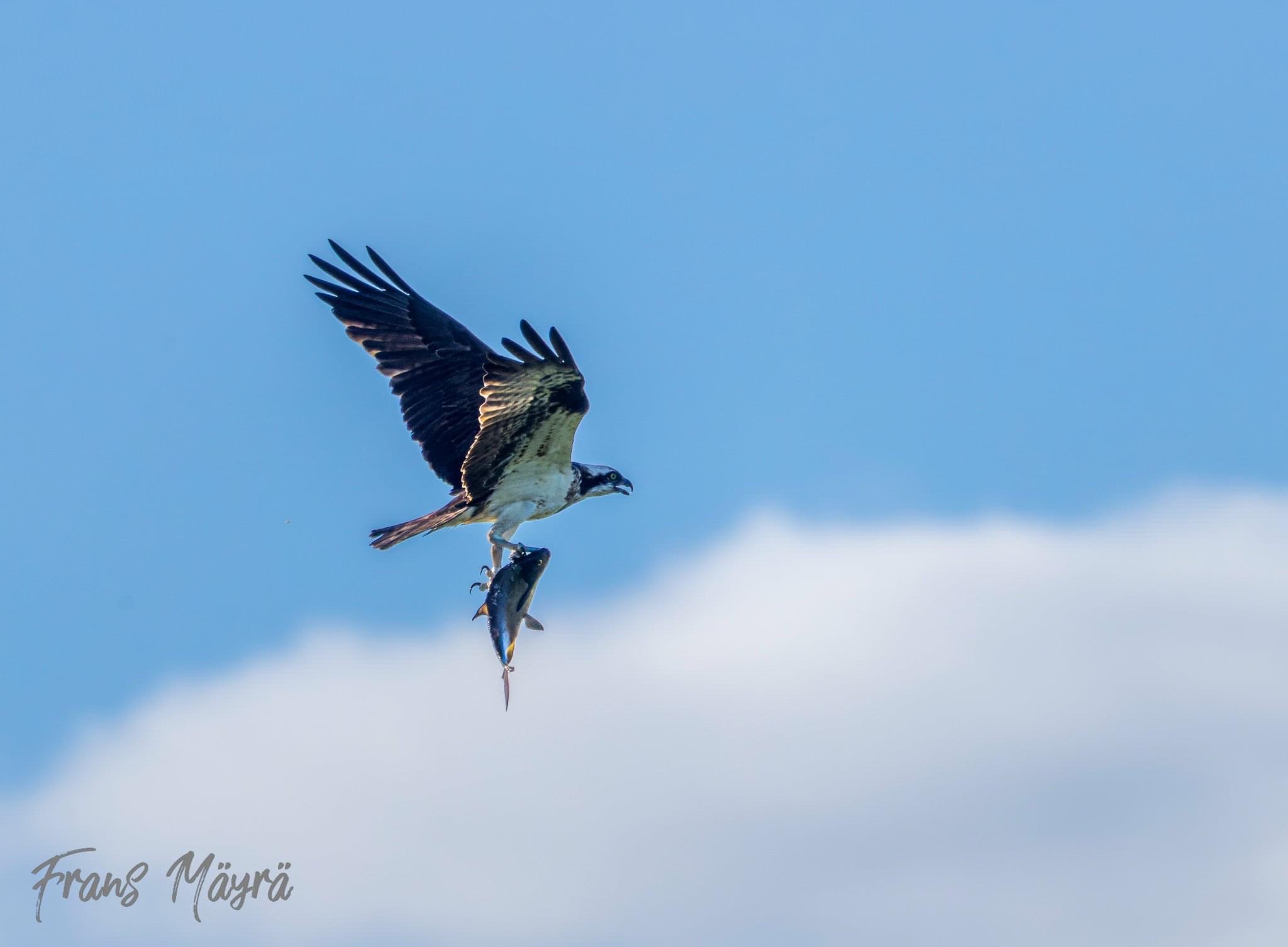

















































































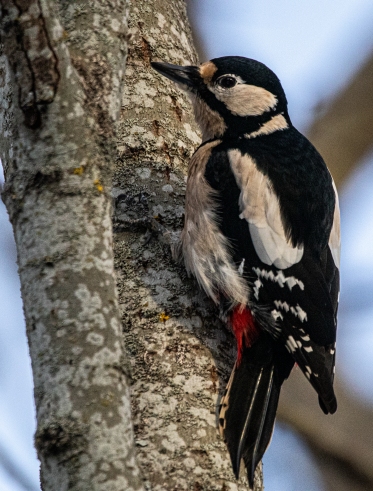


















You must be logged in to post a comment.